18th century british military Stock Photos and Images
(2,384)See 18th century british military stock video clipsQuick filters:
18th century british military Stock Photos and Images
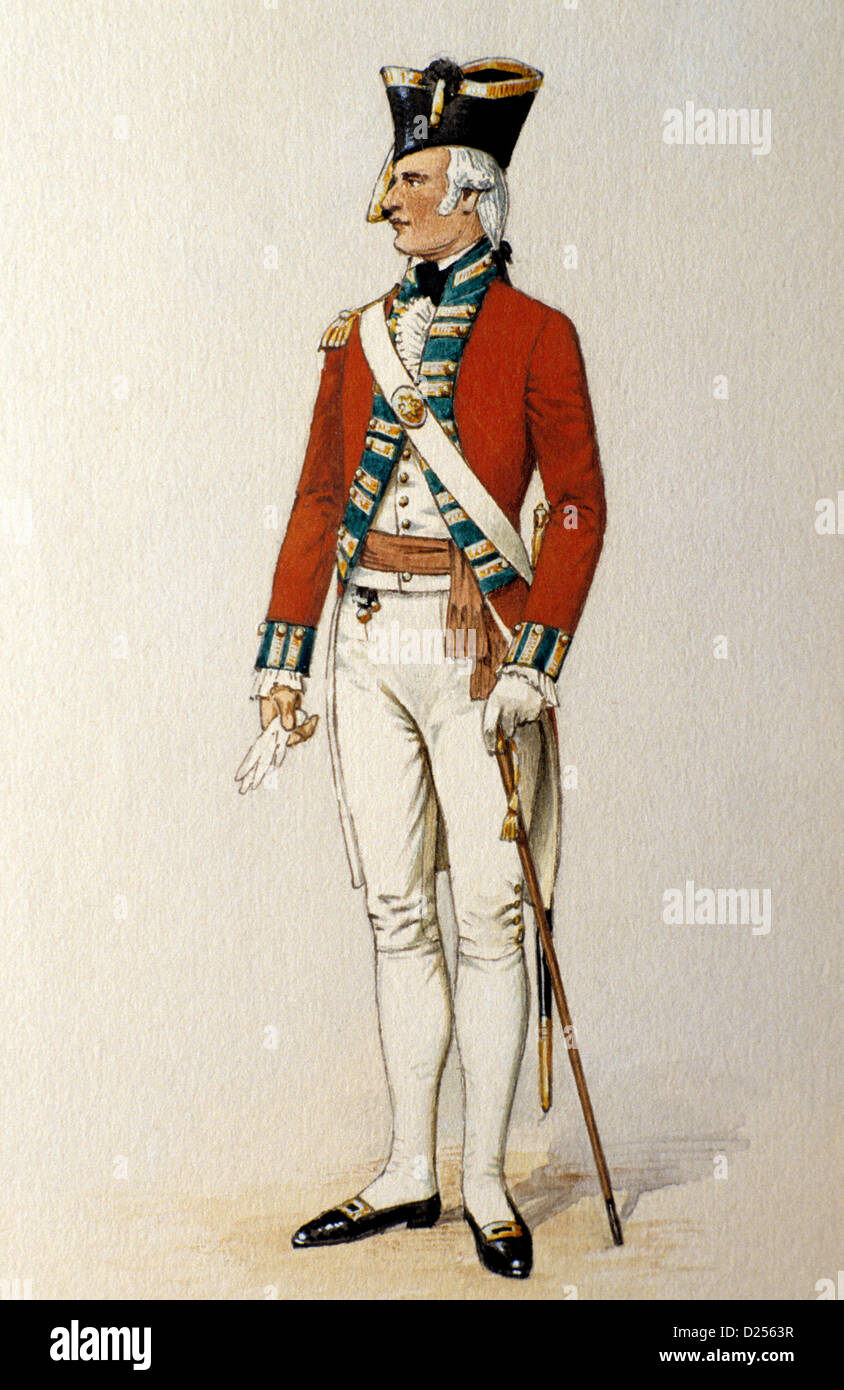 British Military Print, Redcoat, Green Howards Museum, Officer 1792, 18th century soldier soldiers uniform uniforms, Richmond Stock Photohttps://www.alamy.com/image-license-details/?v=1https://www.alamy.com/stock-photo-british-military-print-redcoat-green-howards-museum-officer-1792-18th-52974987.html
British Military Print, Redcoat, Green Howards Museum, Officer 1792, 18th century soldier soldiers uniform uniforms, Richmond Stock Photohttps://www.alamy.com/image-license-details/?v=1https://www.alamy.com/stock-photo-british-military-print-redcoat-green-howards-museum-officer-1792-18th-52974987.htmlRMD2563R–British Military Print, Redcoat, Green Howards Museum, Officer 1792, 18th century soldier soldiers uniform uniforms, Richmond
 Engraving depicting the English landing in Spain by boat. Dated 18th Century Stock Photohttps://www.alamy.com/image-license-details/?v=1https://www.alamy.com/engraving-depicting-the-english-landing-in-spain-by-boat-dated-18th-century-image330684019.html
Engraving depicting the English landing in Spain by boat. Dated 18th Century Stock Photohttps://www.alamy.com/image-license-details/?v=1https://www.alamy.com/engraving-depicting-the-english-landing-in-spain-by-boat-dated-18th-century-image330684019.htmlRM2A5YXRF–Engraving depicting the English landing in Spain by boat. Dated 18th Century
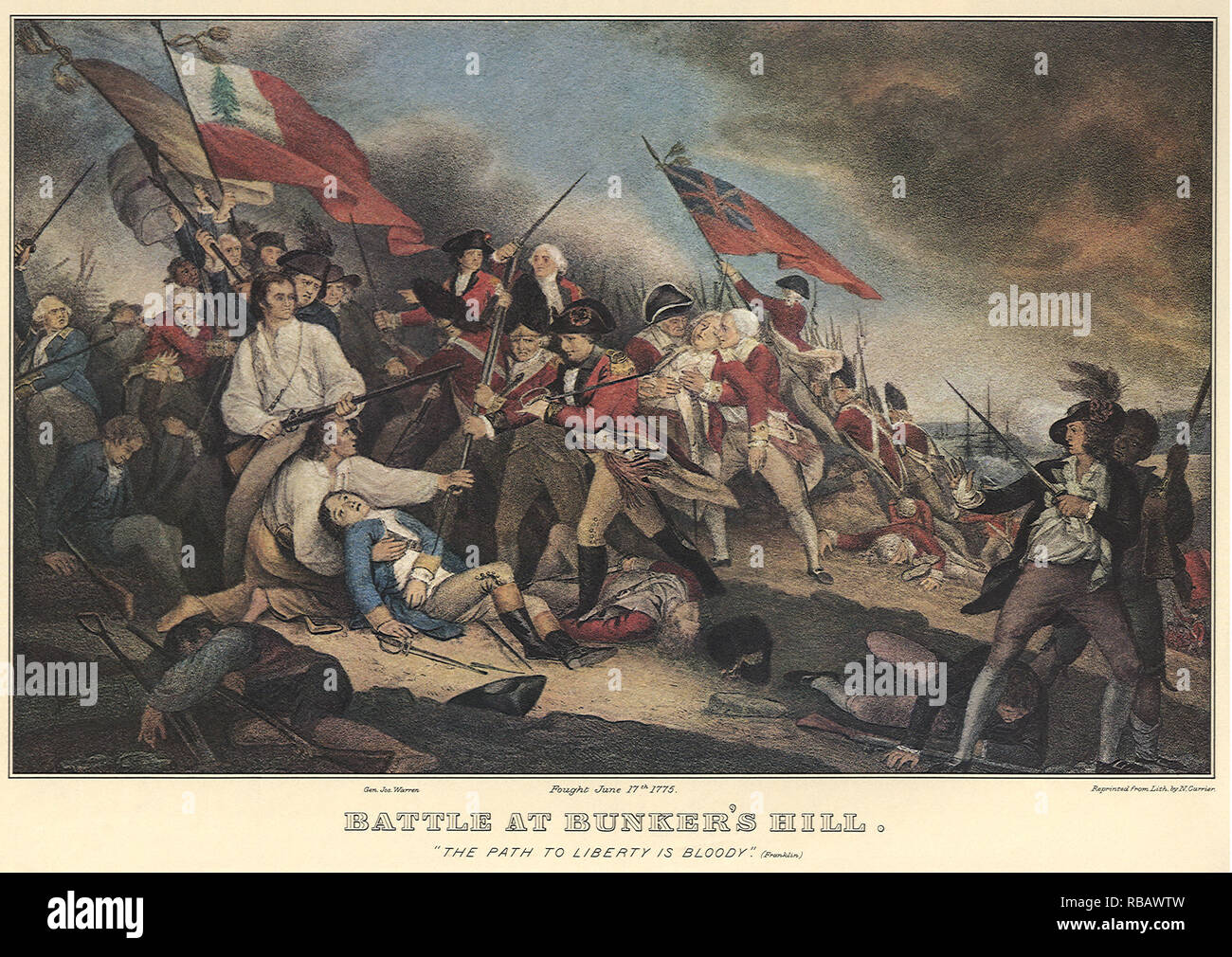 Battle of Bunker Hill. Stock Photohttps://www.alamy.com/image-license-details/?v=1https://www.alamy.com/battle-of-bunker-hill-image230735817.html
Battle of Bunker Hill. Stock Photohttps://www.alamy.com/image-license-details/?v=1https://www.alamy.com/battle-of-bunker-hill-image230735817.htmlRMRBAWTW–Battle of Bunker Hill.
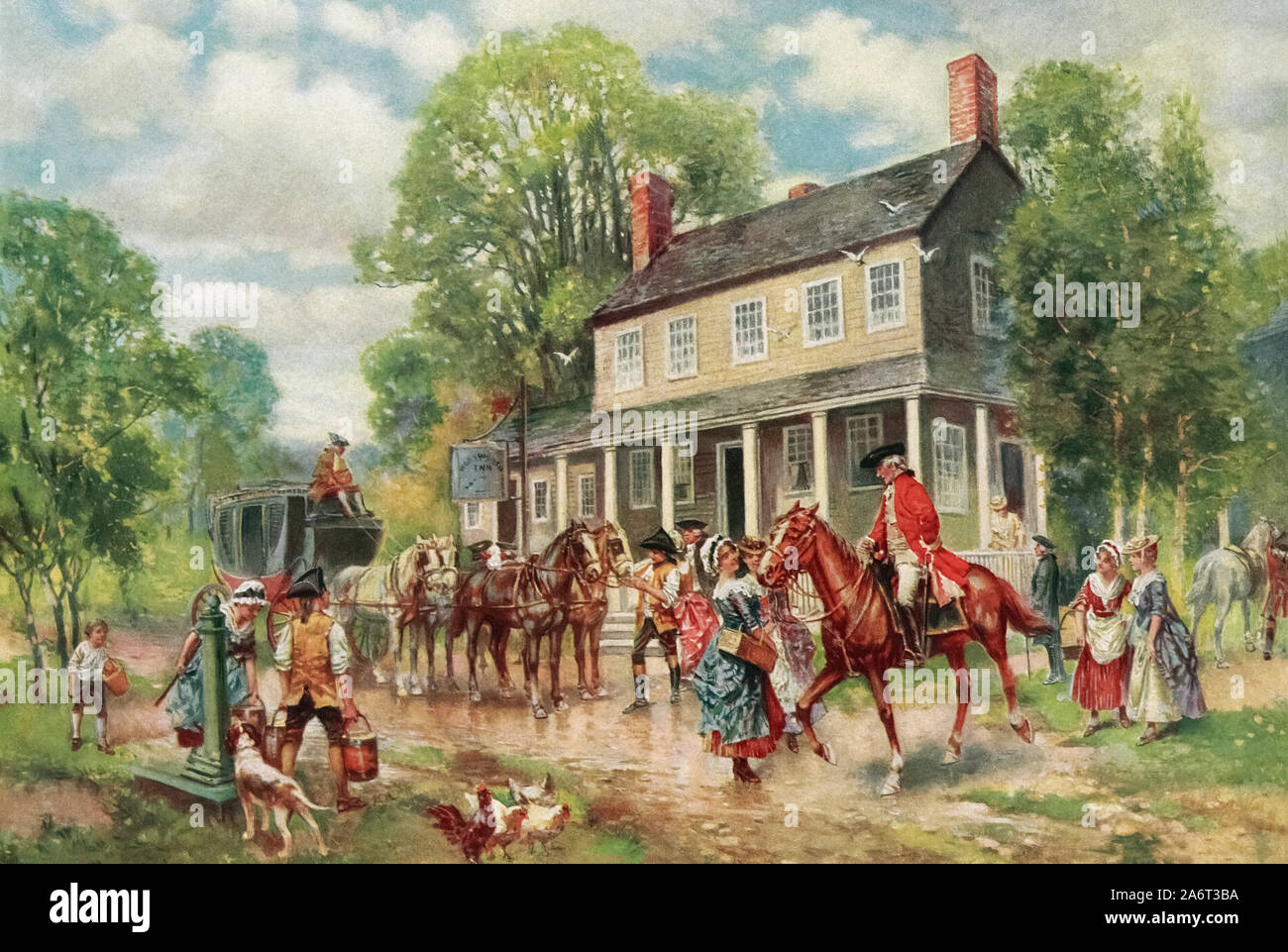 The Concord Stage. After a work by E. Percy Moran. Concord and nearby Lexington were the sites of the first military engagements of the American Revolutionary War. The picture shows an English soldier on horseback. Stock Photohttps://www.alamy.com/image-license-details/?v=1https://www.alamy.com/the-concord-stage-after-a-work-by-e-percy-moran-concord-and-nearby-lexington-were-the-sites-of-the-first-military-engagements-of-the-american-revolutionary-war-the-picture-shows-an-english-soldier-on-horseback-image331214446.html
The Concord Stage. After a work by E. Percy Moran. Concord and nearby Lexington were the sites of the first military engagements of the American Revolutionary War. The picture shows an English soldier on horseback. Stock Photohttps://www.alamy.com/image-license-details/?v=1https://www.alamy.com/the-concord-stage-after-a-work-by-e-percy-moran-concord-and-nearby-lexington-were-the-sites-of-the-first-military-engagements-of-the-american-revolutionary-war-the-picture-shows-an-english-soldier-on-horseback-image331214446.htmlRM2A6T3BA–The Concord Stage. After a work by E. Percy Moran. Concord and nearby Lexington were the sites of the first military engagements of the American Revolutionary War. The picture shows an English soldier on horseback.
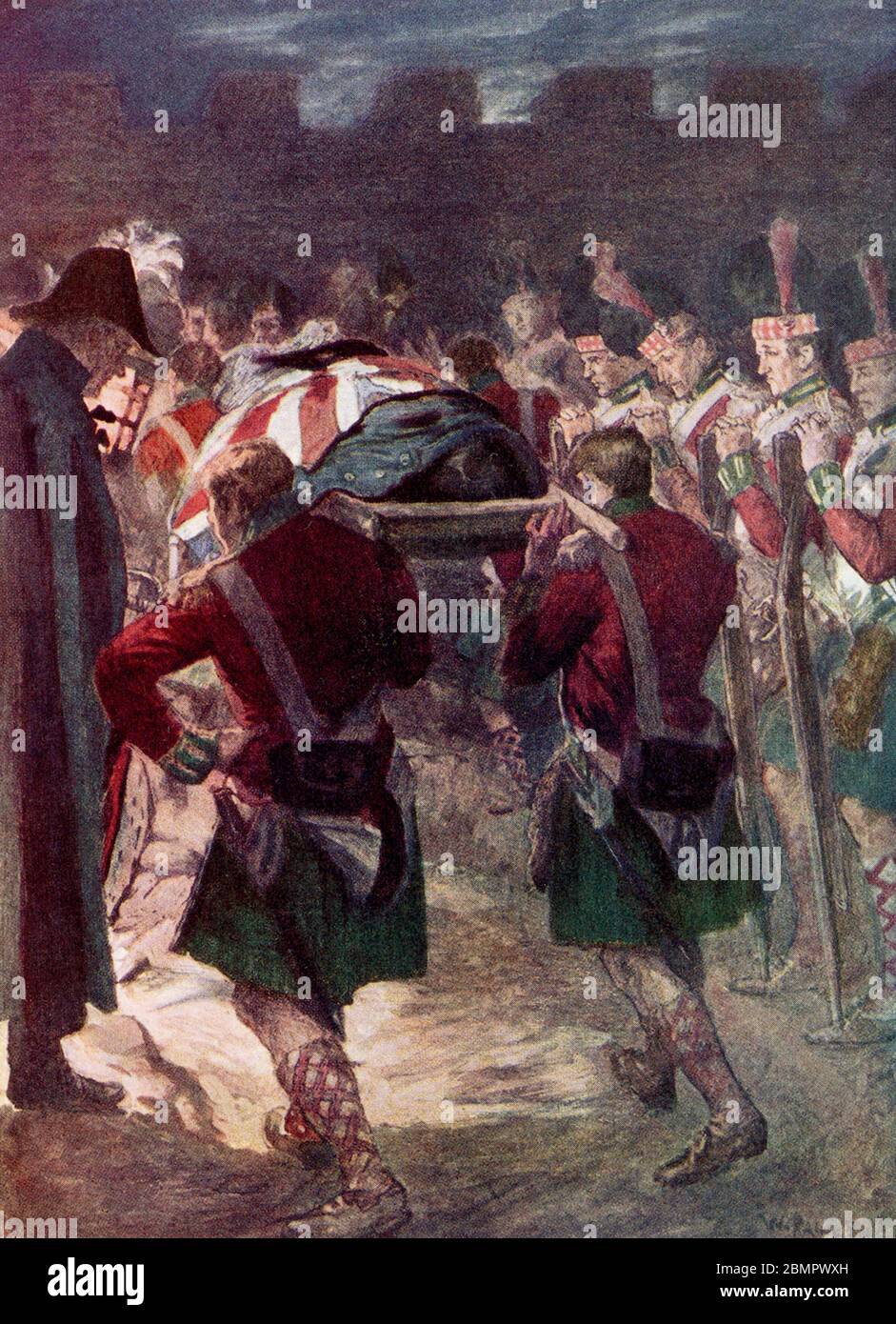 Lieutenant-General Sir John Moore (1761-1809) was a British Army general also known as Moore of Corunna. He is best known for his military training reforms and for his death at the Battle of Corunna, in which he repulsed a French army under Marshal Soult during the Peninsular War. Moore was buried wrapped in a military cloak in the ramparts of the town. Moore's funeral was commemorated in the poem 'The Burial of Sir John Moore after Corunna' by the Irish poet Charles Wolfe. Stock Photohttps://www.alamy.com/image-license-details/?v=1https://www.alamy.com/lieutenant-general-sir-john-moore-1761-1809-was-a-british-army-general-also-known-as-moore-of-corunna-he-is-best-known-for-his-military-training-reforms-and-for-his-death-at-thebattle-of-corunna-in-which-he-repulsed-a-french-army-undermarshal-soultduring-thepeninsular-war-moore-was-buried-wrapped-in-a-military-cloak-in-the-ramparts-of-the-town-moores-funeral-was-commemorated-in-the-poem-the-burial-of-sir-john-moore-after-corunna-bythe-irish-poet-charles-wolfe-image357003769.html
Lieutenant-General Sir John Moore (1761-1809) was a British Army general also known as Moore of Corunna. He is best known for his military training reforms and for his death at the Battle of Corunna, in which he repulsed a French army under Marshal Soult during the Peninsular War. Moore was buried wrapped in a military cloak in the ramparts of the town. Moore's funeral was commemorated in the poem 'The Burial of Sir John Moore after Corunna' by the Irish poet Charles Wolfe. Stock Photohttps://www.alamy.com/image-license-details/?v=1https://www.alamy.com/lieutenant-general-sir-john-moore-1761-1809-was-a-british-army-general-also-known-as-moore-of-corunna-he-is-best-known-for-his-military-training-reforms-and-for-his-death-at-thebattle-of-corunna-in-which-he-repulsed-a-french-army-undermarshal-soultduring-thepeninsular-war-moore-was-buried-wrapped-in-a-military-cloak-in-the-ramparts-of-the-town-moores-funeral-was-commemorated-in-the-poem-the-burial-of-sir-john-moore-after-corunna-bythe-irish-poet-charles-wolfe-image357003769.htmlRF2BMPWXH–Lieutenant-General Sir John Moore (1761-1809) was a British Army general also known as Moore of Corunna. He is best known for his military training reforms and for his death at the Battle of Corunna, in which he repulsed a French army under Marshal Soult during the Peninsular War. Moore was buried wrapped in a military cloak in the ramparts of the town. Moore's funeral was commemorated in the poem 'The Burial of Sir John Moore after Corunna' by the Irish poet Charles Wolfe.
 GUNNERY from an 18th century British military manual showing different sizes of cannon and mortar Stock Photohttps://www.alamy.com/image-license-details/?v=1https://www.alamy.com/stock-photo-gunnery-from-an-18th-century-british-military-manual-showing-different-50901250.html
GUNNERY from an 18th century British military manual showing different sizes of cannon and mortar Stock Photohttps://www.alamy.com/image-license-details/?v=1https://www.alamy.com/stock-photo-gunnery-from-an-18th-century-british-military-manual-showing-different-50901250.htmlRMCXPN1P–GUNNERY from an 18th century British military manual showing different sizes of cannon and mortar
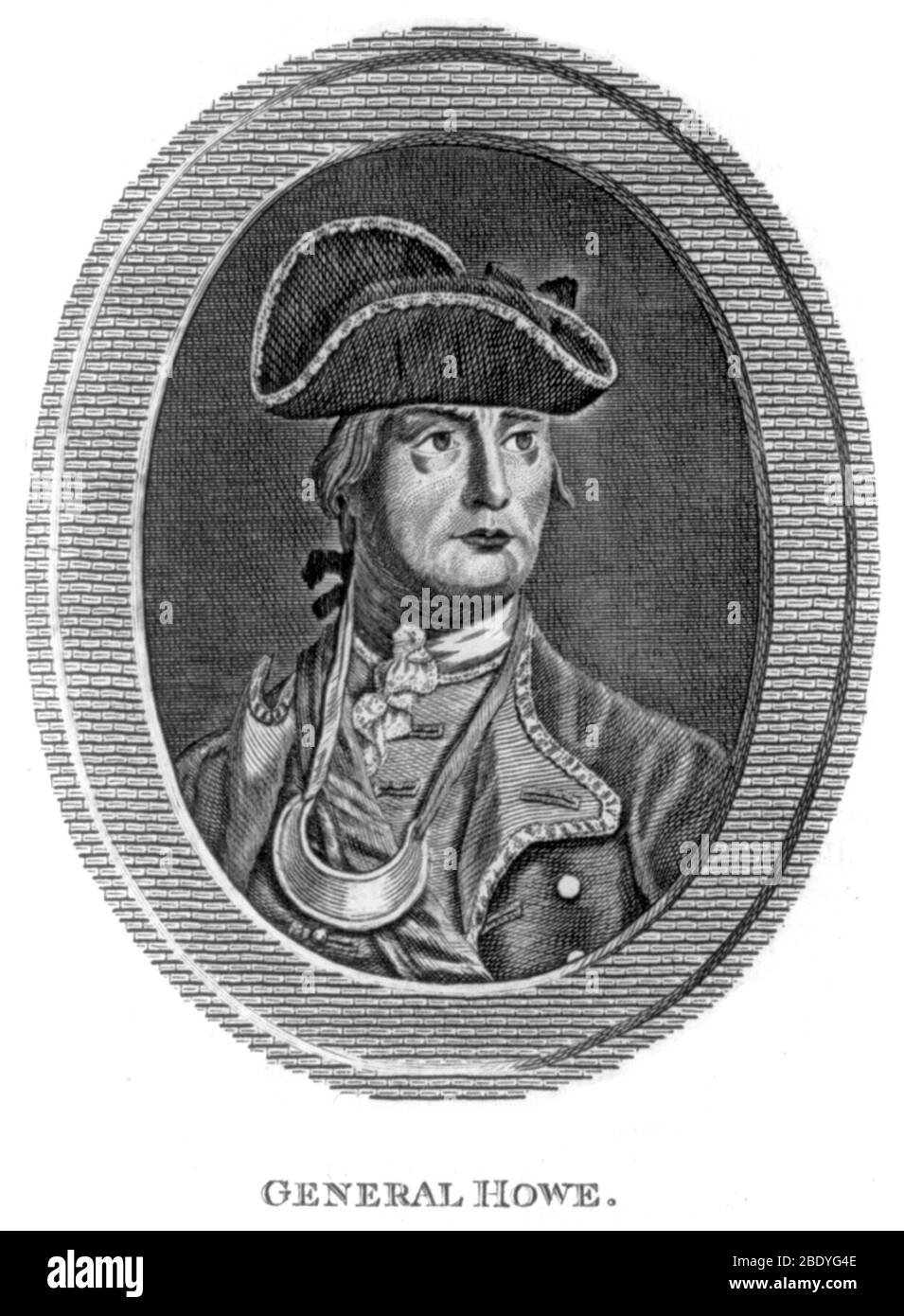 William Howe, English Military Officer Stock Photohttps://www.alamy.com/image-license-details/?v=1https://www.alamy.com/william-howe-english-military-officer-image352803262.html
William Howe, English Military Officer Stock Photohttps://www.alamy.com/image-license-details/?v=1https://www.alamy.com/william-howe-english-military-officer-image352803262.htmlRM2BDYG4E–William Howe, English Military Officer
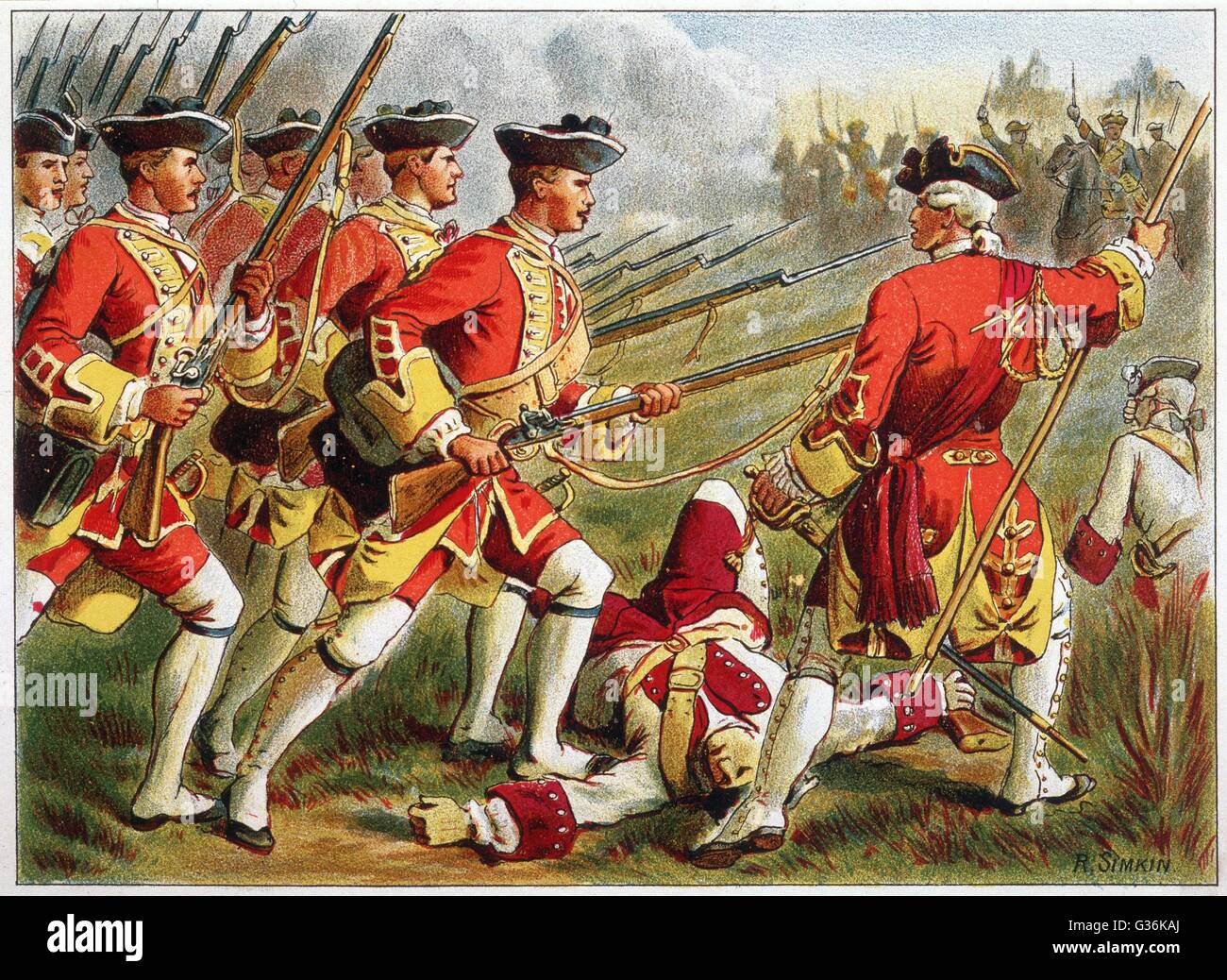 British infantry (Red Coats), 18th century Date: 18th century Stock Photohttps://www.alamy.com/image-license-details/?v=1https://www.alamy.com/stock-photo-british-infantry-red-coats-18th-century-date-18th-century-105253082.html
British infantry (Red Coats), 18th century Date: 18th century Stock Photohttps://www.alamy.com/image-license-details/?v=1https://www.alamy.com/stock-photo-british-infantry-red-coats-18th-century-date-18th-century-105253082.htmlRMG36KAJ–British infantry (Red Coats), 18th century Date: 18th century
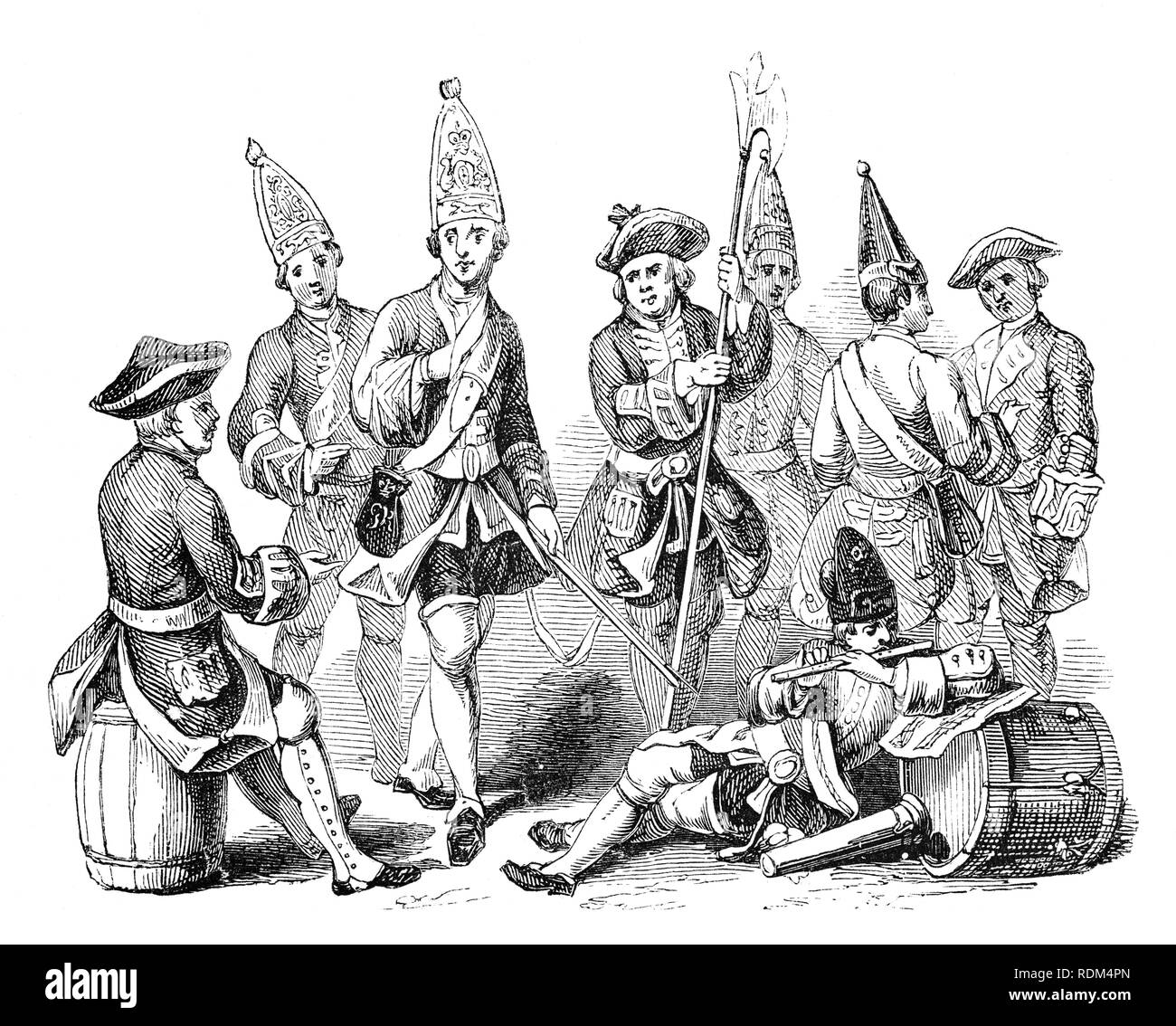 18th Century military British Army uniforms worn during the reign of King George II Stock Photohttps://www.alamy.com/image-license-details/?v=1https://www.alamy.com/18th-century-military-british-army-uniforms-worn-during-the-reign-of-king-george-ii-image232168125.html
18th Century military British Army uniforms worn during the reign of King George II Stock Photohttps://www.alamy.com/image-license-details/?v=1https://www.alamy.com/18th-century-military-british-army-uniforms-worn-during-the-reign-of-king-george-ii-image232168125.htmlRMRDM4PN–18th Century military British Army uniforms worn during the reign of King George II
 Joshua Reynolds' 'Colonel George K.H. Coussmaker' (circa 1782): Located in the Metropolitan Museum of Art, New York, this portrait features Colonel Coussmaker, an officer in the Grenadier Guards. Reynolds captures him in full military regalia, emphasizing the dignity and elegance associated with his rank. The painting is noted for its detailed depiction of uniform and regal posture, offering insight into 18th-century British military attire and the social status of its officers. Stock Photohttps://www.alamy.com/image-license-details/?v=1https://www.alamy.com/joshua-reynolds-colonel-george-kh-coussmaker-circa-1782-located-in-the-metropolitan-museum-of-art-new-york-this-portrait-features-colonel-coussmaker-an-officer-in-the-grenadier-guards-reynolds-captures-him-in-full-military-regalia-emphasizing-the-dignity-and-elegance-associated-with-his-rank-the-painting-is-noted-for-its-detailed-depiction-of-uniform-and-regal-posture-offering-insight-into-18th-century-british-military-attire-and-the-social-status-of-its-officers-image601211818.html
Joshua Reynolds' 'Colonel George K.H. Coussmaker' (circa 1782): Located in the Metropolitan Museum of Art, New York, this portrait features Colonel Coussmaker, an officer in the Grenadier Guards. Reynolds captures him in full military regalia, emphasizing the dignity and elegance associated with his rank. The painting is noted for its detailed depiction of uniform and regal posture, offering insight into 18th-century British military attire and the social status of its officers. Stock Photohttps://www.alamy.com/image-license-details/?v=1https://www.alamy.com/joshua-reynolds-colonel-george-kh-coussmaker-circa-1782-located-in-the-metropolitan-museum-of-art-new-york-this-portrait-features-colonel-coussmaker-an-officer-in-the-grenadier-guards-reynolds-captures-him-in-full-military-regalia-emphasizing-the-dignity-and-elegance-associated-with-his-rank-the-painting-is-noted-for-its-detailed-depiction-of-uniform-and-regal-posture-offering-insight-into-18th-century-british-military-attire-and-the-social-status-of-its-officers-image601211818.htmlRM2WX3FPJ–Joshua Reynolds' 'Colonel George K.H. Coussmaker' (circa 1782): Located in the Metropolitan Museum of Art, New York, this portrait features Colonel Coussmaker, an officer in the Grenadier Guards. Reynolds captures him in full military regalia, emphasizing the dignity and elegance associated with his rank. The painting is noted for its detailed depiction of uniform and regal posture, offering insight into 18th-century British military attire and the social status of its officers.
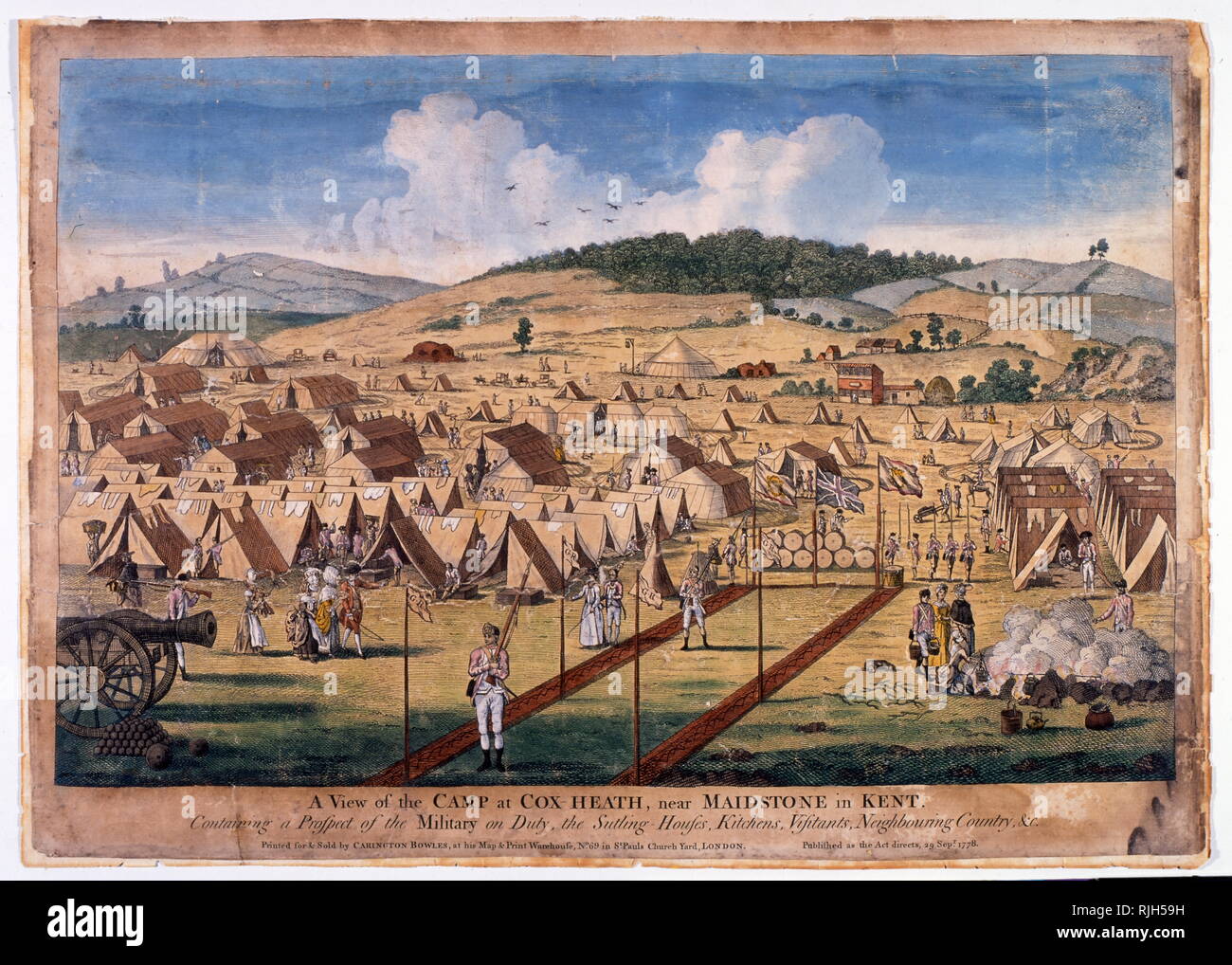 18th century print showing, a view of the British military camp at cox heath, near Maidstone, in Kent. 1778 Stock Photohttps://www.alamy.com/image-license-details/?v=1https://www.alamy.com/18th-century-print-showing-a-view-of-the-british-military-camp-at-cox-heath-near-maidstone-in-kent-1778-image235175965.html
18th century print showing, a view of the British military camp at cox heath, near Maidstone, in Kent. 1778 Stock Photohttps://www.alamy.com/image-license-details/?v=1https://www.alamy.com/18th-century-print-showing-a-view-of-the-british-military-camp-at-cox-heath-near-maidstone-in-kent-1778-image235175965.htmlRMRJH59H–18th century print showing, a view of the British military camp at cox heath, near Maidstone, in Kent. 1778
 Wall Decorated with Musical and Military Trophies and Three Windows, Anonymous, British, 18th century Stock Photohttps://www.alamy.com/image-license-details/?v=1https://www.alamy.com/stock-image-wall-decorated-with-musical-and-military-trophies-and-three-windows-162480471.html
Wall Decorated with Musical and Military Trophies and Three Windows, Anonymous, British, 18th century Stock Photohttps://www.alamy.com/image-license-details/?v=1https://www.alamy.com/stock-image-wall-decorated-with-musical-and-military-trophies-and-three-windows-162480471.htmlRMKC9HDY–Wall Decorated with Musical and Military Trophies and Three Windows, Anonymous, British, 18th century
 Art inspired by A Military Review, late 18th–early 19th century, Pen and black ink, sheet: 10 5/8 x 16 1/4 in. (27 x 41.3 cm), Drawings, Attributed to Thomas Rowlandson (British, London 1757–1827 London, Classic works modernized by Artotop with a splash of modernity. Shapes, color and value, eye-catching visual impact on art. Emotions through freedom of artworks in a contemporary way. A timeless message pursuing a wildly creative new direction. Artists turning to the digital medium and creating the Artotop NFT Stock Photohttps://www.alamy.com/image-license-details/?v=1https://www.alamy.com/art-inspired-by-a-military-review-late-18thearly-19th-century-pen-and-black-ink-sheet-10-58-x-16-14-in-27-x-413-cm-drawings-attributed-to-thomas-rowlandson-british-london-17571827-london-classic-works-modernized-by-artotop-with-a-splash-of-modernity-shapes-color-and-value-eye-catching-visual-impact-on-art-emotions-through-freedom-of-artworks-in-a-contemporary-way-a-timeless-message-pursuing-a-wildly-creative-new-direction-artists-turning-to-the-digital-medium-and-creating-the-artotop-nft-image462966081.html
Art inspired by A Military Review, late 18th–early 19th century, Pen and black ink, sheet: 10 5/8 x 16 1/4 in. (27 x 41.3 cm), Drawings, Attributed to Thomas Rowlandson (British, London 1757–1827 London, Classic works modernized by Artotop with a splash of modernity. Shapes, color and value, eye-catching visual impact on art. Emotions through freedom of artworks in a contemporary way. A timeless message pursuing a wildly creative new direction. Artists turning to the digital medium and creating the Artotop NFT Stock Photohttps://www.alamy.com/image-license-details/?v=1https://www.alamy.com/art-inspired-by-a-military-review-late-18thearly-19th-century-pen-and-black-ink-sheet-10-58-x-16-14-in-27-x-413-cm-drawings-attributed-to-thomas-rowlandson-british-london-17571827-london-classic-works-modernized-by-artotop-with-a-splash-of-modernity-shapes-color-and-value-eye-catching-visual-impact-on-art-emotions-through-freedom-of-artworks-in-a-contemporary-way-a-timeless-message-pursuing-a-wildly-creative-new-direction-artists-turning-to-the-digital-medium-and-creating-the-artotop-nft-image462966081.htmlRF2HW5WXW–Art inspired by A Military Review, late 18th–early 19th century, Pen and black ink, sheet: 10 5/8 x 16 1/4 in. (27 x 41.3 cm), Drawings, Attributed to Thomas Rowlandson (British, London 1757–1827 London, Classic works modernized by Artotop with a splash of modernity. Shapes, color and value, eye-catching visual impact on art. Emotions through freedom of artworks in a contemporary way. A timeless message pursuing a wildly creative new direction. Artists turning to the digital medium and creating the Artotop NFT
 British Royal Navy officers, 18th century Stock Photohttps://www.alamy.com/image-license-details/?v=1https://www.alamy.com/stock-photo-british-royal-navy-officers-18th-century-104003948.html
British Royal Navy officers, 18th century Stock Photohttps://www.alamy.com/image-license-details/?v=1https://www.alamy.com/stock-photo-british-royal-navy-officers-18th-century-104003948.htmlRMG15P2M–British Royal Navy officers, 18th century
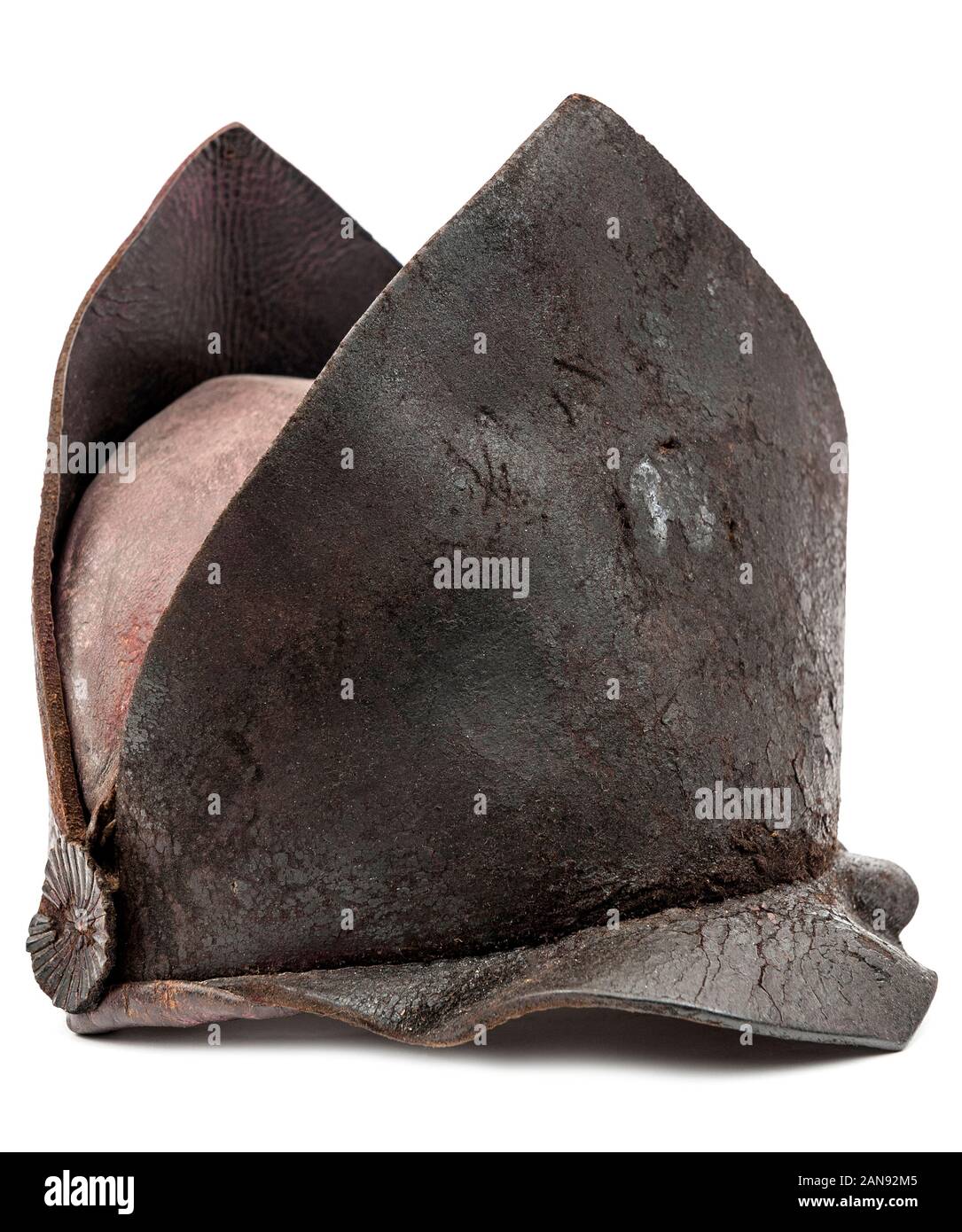 A British military 'Other Rank's' leather fatigue cap of the late 18th Century Stock Photohttps://www.alamy.com/image-license-details/?v=1https://www.alamy.com/a-british-military-other-ranks-leather-fatigue-cap-of-the-late-18th-century-image340104469.html
A British military 'Other Rank's' leather fatigue cap of the late 18th Century Stock Photohttps://www.alamy.com/image-license-details/?v=1https://www.alamy.com/a-british-military-other-ranks-leather-fatigue-cap-of-the-late-18th-century-image340104469.htmlRM2AN92M5–A British military 'Other Rank's' leather fatigue cap of the late 18th Century
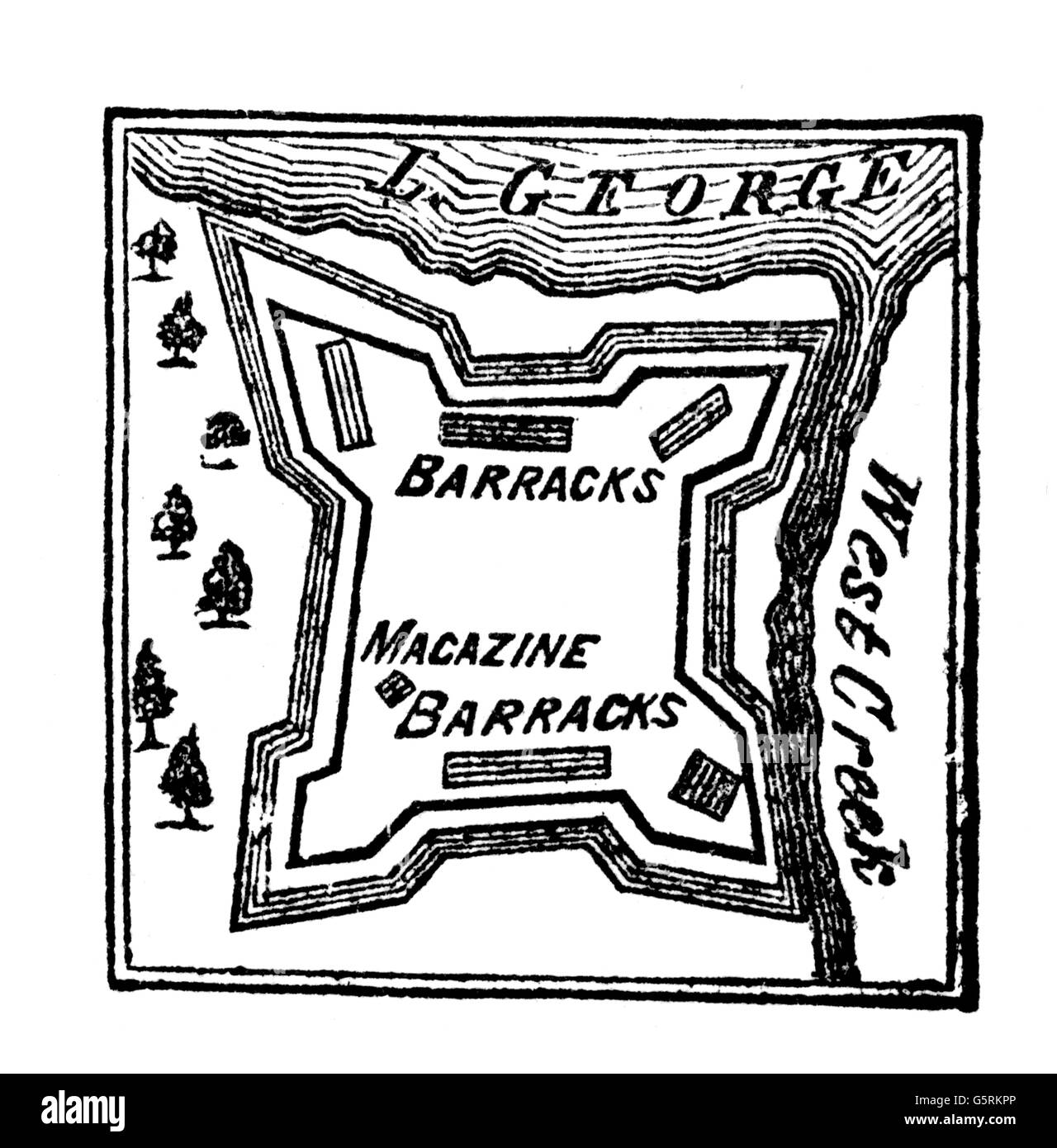 military, fortifications, Fort William Henry, New York, USA, built 1755, destroyed after siege 1757, position plan, wood engraving, 19th century, British fortress, Seven Years War, French and Indian War, North America, Great Britain, Lake George, 18th century, historic, historical, Additional-Rights-Clearences-Not Available Stock Photohttps://www.alamy.com/image-license-details/?v=1https://www.alamy.com/stock-photo-military-fortifications-fort-william-henry-new-york-usa-built-1755-106855918.html
military, fortifications, Fort William Henry, New York, USA, built 1755, destroyed after siege 1757, position plan, wood engraving, 19th century, British fortress, Seven Years War, French and Indian War, North America, Great Britain, Lake George, 18th century, historic, historical, Additional-Rights-Clearences-Not Available Stock Photohttps://www.alamy.com/image-license-details/?v=1https://www.alamy.com/stock-photo-military-fortifications-fort-william-henry-new-york-usa-built-1755-106855918.htmlRMG5RKPP–military, fortifications, Fort William Henry, New York, USA, built 1755, destroyed after siege 1757, position plan, wood engraving, 19th century, British fortress, Seven Years War, French and Indian War, North America, Great Britain, Lake George, 18th century, historic, historical, Additional-Rights-Clearences-Not Available
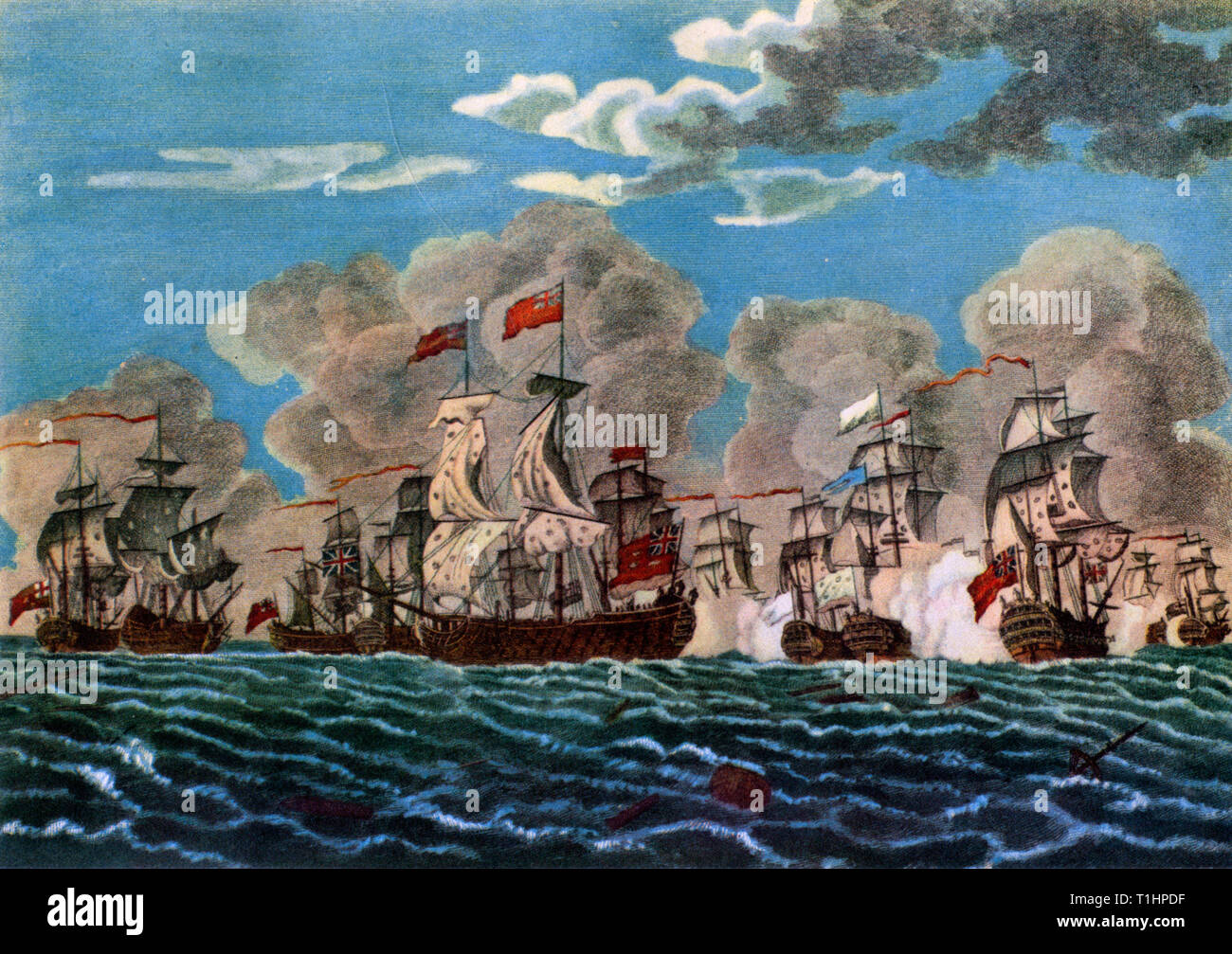 'The Action off Lagos, 18th August, 1759', 1781. A battle during the Seven Years War. After Francis Swaine (1725-1782). The naval Battle of Lagos between Britain and France took place over the 18th and 19th August 1759, during the Seven Years' War. The battle took place off the coasts of Spain and Portugal, and is named after Lagos, Portugal. For the British, it was part of the Annus Mirabilis of 1759. A coloured engraving published by Macgowan & Davis. Stock Photohttps://www.alamy.com/image-license-details/?v=1https://www.alamy.com/the-action-off-lagos-18th-august-1759-1781-a-battle-during-the-seven-years-war-after-francis-swaine-1725-1782-the-naval-battle-of-lagos-between-britain-and-france-took-place-over-the-18th-and-19th-august-1759-during-the-seven-years-war-the-battle-took-place-off-the-coasts-of-spain-and-portugal-and-is-named-after-lagos-portugal-for-the-british-it-was-part-of-the-annus-mirabilis-of-1759-a-coloured-engraving-published-by-macgowan-davis-image241950619.html
'The Action off Lagos, 18th August, 1759', 1781. A battle during the Seven Years War. After Francis Swaine (1725-1782). The naval Battle of Lagos between Britain and France took place over the 18th and 19th August 1759, during the Seven Years' War. The battle took place off the coasts of Spain and Portugal, and is named after Lagos, Portugal. For the British, it was part of the Annus Mirabilis of 1759. A coloured engraving published by Macgowan & Davis. Stock Photohttps://www.alamy.com/image-license-details/?v=1https://www.alamy.com/the-action-off-lagos-18th-august-1759-1781-a-battle-during-the-seven-years-war-after-francis-swaine-1725-1782-the-naval-battle-of-lagos-between-britain-and-france-took-place-over-the-18th-and-19th-august-1759-during-the-seven-years-war-the-battle-took-place-off-the-coasts-of-spain-and-portugal-and-is-named-after-lagos-portugal-for-the-british-it-was-part-of-the-annus-mirabilis-of-1759-a-coloured-engraving-published-by-macgowan-davis-image241950619.htmlRMT1HPDF–'The Action off Lagos, 18th August, 1759', 1781. A battle during the Seven Years War. After Francis Swaine (1725-1782). The naval Battle of Lagos between Britain and France took place over the 18th and 19th August 1759, during the Seven Years' War. The battle took place off the coasts of Spain and Portugal, and is named after Lagos, Portugal. For the British, it was part of the Annus Mirabilis of 1759. A coloured engraving published by Macgowan & Davis.
 Vintage illustration Charles Mordaunt, 3rd Earl of Peterborough an English nobleman and military leader 17th Century Stock Photohttps://www.alamy.com/image-license-details/?v=1https://www.alamy.com/vintage-illustration-charles-mordaunt-3rd-earl-of-peterborough-an-english-nobleman-and-military-leader-17th-century-image553345639.html
Vintage illustration Charles Mordaunt, 3rd Earl of Peterborough an English nobleman and military leader 17th Century Stock Photohttps://www.alamy.com/image-license-details/?v=1https://www.alamy.com/vintage-illustration-charles-mordaunt-3rd-earl-of-peterborough-an-english-nobleman-and-military-leader-17th-century-image553345639.htmlRM2R47207–Vintage illustration Charles Mordaunt, 3rd Earl of Peterborough an English nobleman and military leader 17th Century
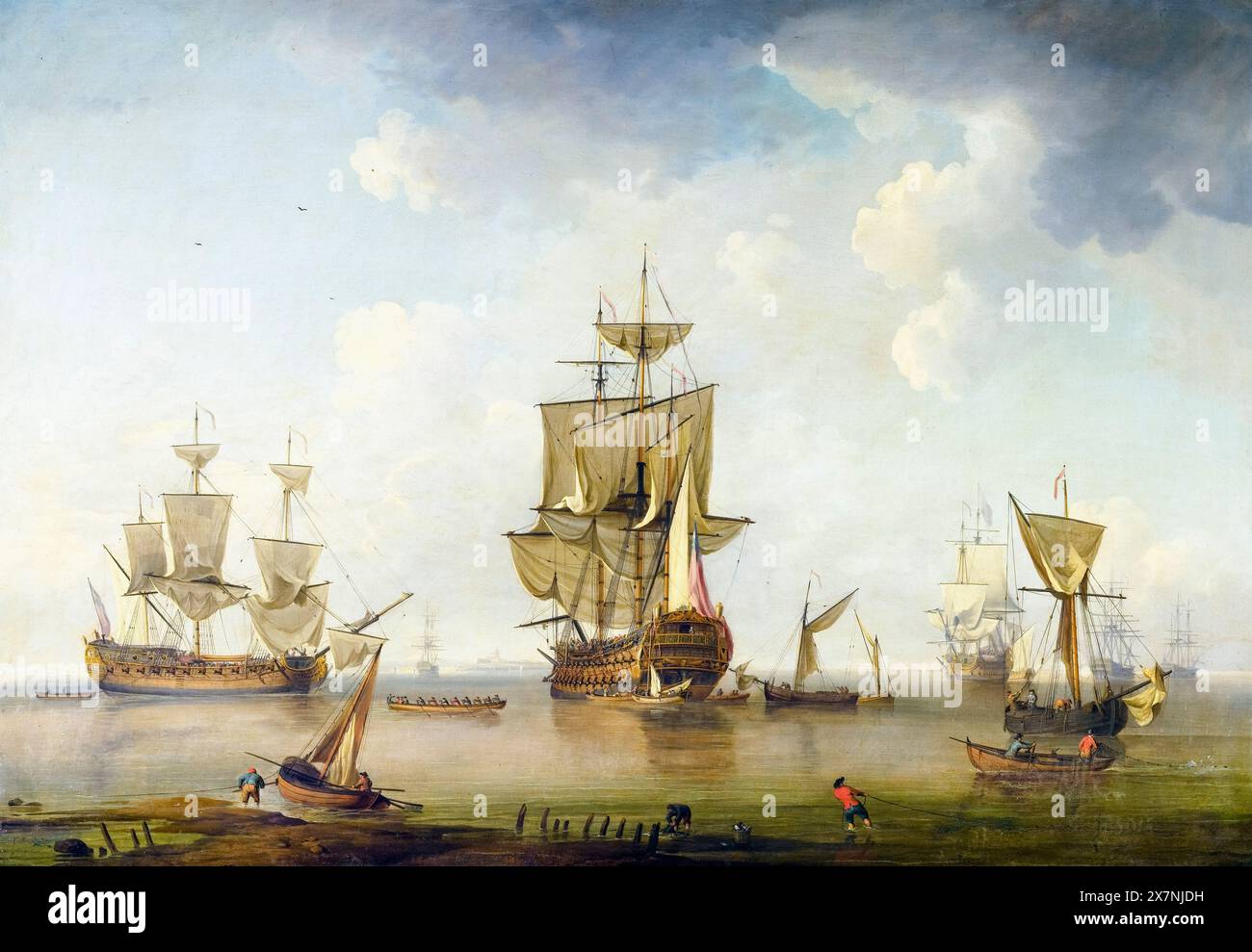 Men of War in Harbour, (18th Century warship) painting in oil on canvas by Charles Brooking, 1745-1755 Stock Photohttps://www.alamy.com/image-license-details/?v=1https://www.alamy.com/men-of-war-in-harbour-18th-century-warship-painting-in-oil-on-canvas-by-charles-brooking-1745-1755-image607140957.html
Men of War in Harbour, (18th Century warship) painting in oil on canvas by Charles Brooking, 1745-1755 Stock Photohttps://www.alamy.com/image-license-details/?v=1https://www.alamy.com/men-of-war-in-harbour-18th-century-warship-painting-in-oil-on-canvas-by-charles-brooking-1745-1755-image607140957.htmlRM2X7NJDH–Men of War in Harbour, (18th Century warship) painting in oil on canvas by Charles Brooking, 1745-1755
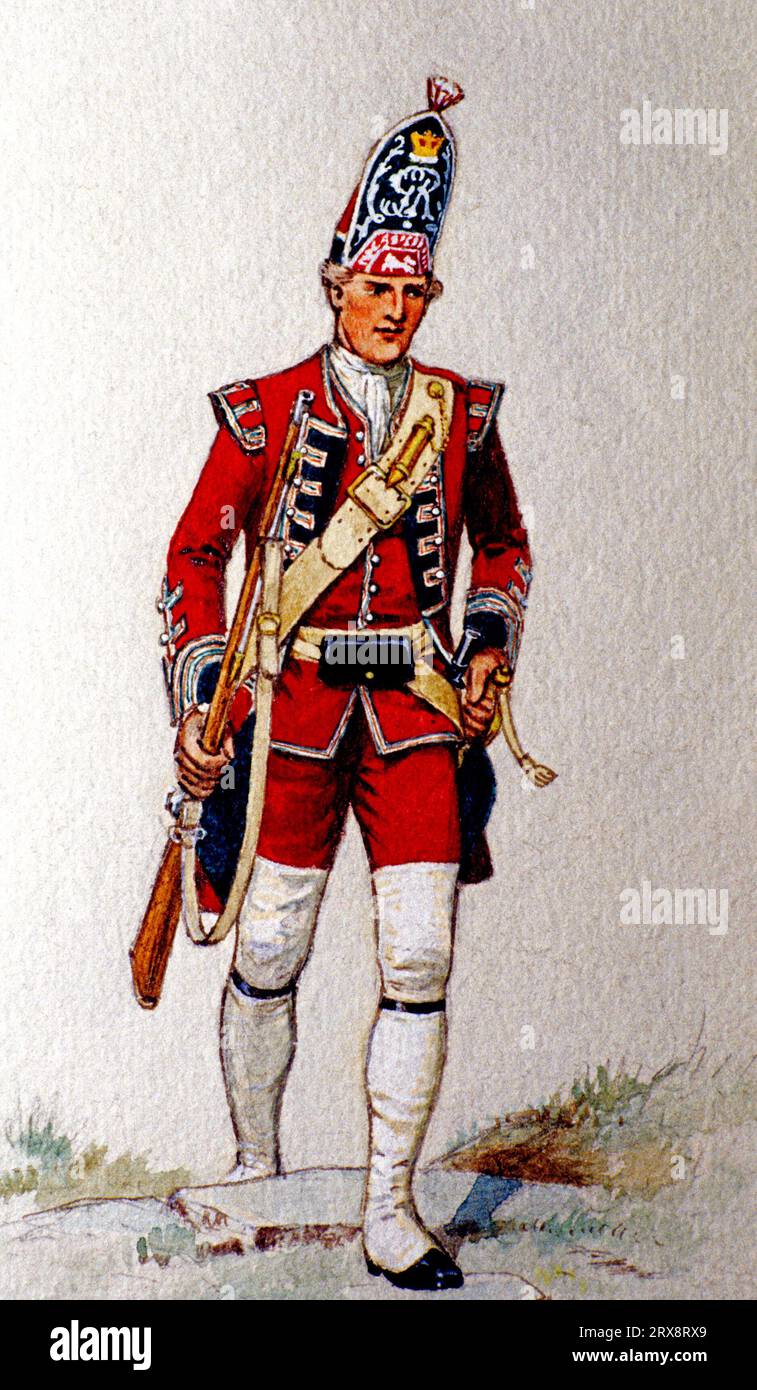 British Grenadier, soldier, Redcoat ,1751, painting, 18th century, military print Stock Photohttps://www.alamy.com/image-license-details/?v=1https://www.alamy.com/british-grenadier-soldier-redcoat-1751-painting-18th-century-military-print-image566907217.html
British Grenadier, soldier, Redcoat ,1751, painting, 18th century, military print Stock Photohttps://www.alamy.com/image-license-details/?v=1https://www.alamy.com/british-grenadier-soldier-redcoat-1751-painting-18th-century-military-print-image566907217.htmlRM2RX8RX9–British Grenadier, soldier, Redcoat ,1751, painting, 18th century, military print
 A Matchlock mechanism in use on British firearms c1700 at the time of William III Engraving. Stock Photohttps://www.alamy.com/image-license-details/?v=1https://www.alamy.com/a-matchlock-mechanism-in-use-on-british-firearms-c1700-at-the-time-of-william-iii-engraving-image257297126.html
A Matchlock mechanism in use on British firearms c1700 at the time of William III Engraving. Stock Photohttps://www.alamy.com/image-license-details/?v=1https://www.alamy.com/a-matchlock-mechanism-in-use-on-british-firearms-c1700-at-the-time-of-william-iii-engraving-image257297126.htmlRMTXGW32–A Matchlock mechanism in use on British firearms c1700 at the time of William III Engraving.
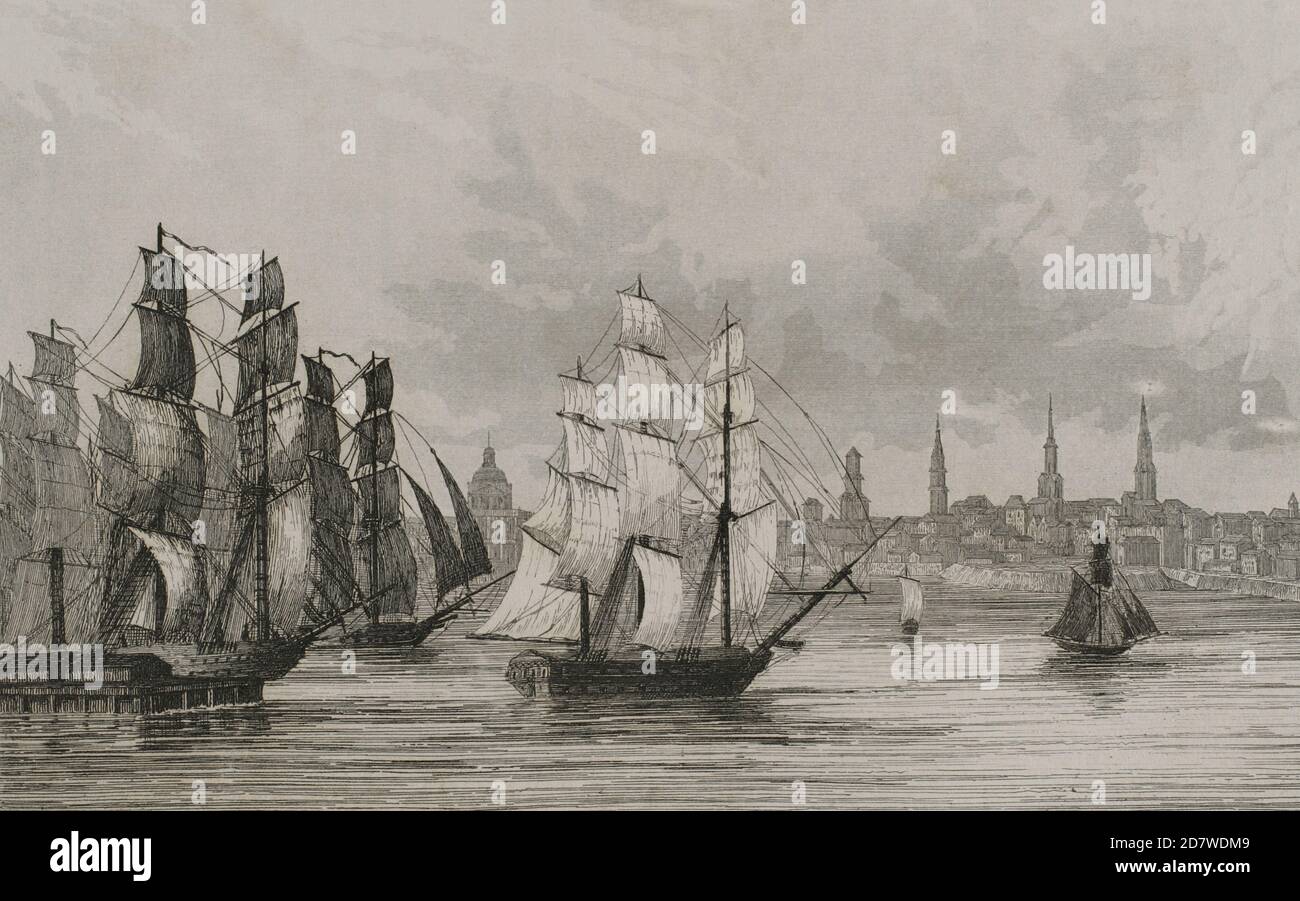 American Revolutionary War. Siege of Boston (April 19, 1775 - March 17, 1776). Departure of the British fleet. On March 17, 1776, British forces were forced to evacuate the city of Boston following General George Washington’s successful placement of fortifications and artillery on Dorchester Heights, which overlooks Boston fom the south. Engraving by Petit. Panorama Universal. History of the United States of America, from 1st edition of Jean B.G. Roux de Rochelle's Etats-Unis d'Amérique in 1837. Spanish edition, printed in Barcelona, 1850. Stock Photohttps://www.alamy.com/image-license-details/?v=1https://www.alamy.com/american-revolutionary-war-siege-of-boston-april-19-1775-march-17-1776-departure-of-the-british-fleet-on-march-17-1776-british-forces-were-forced-to-evacuate-the-city-of-boston-following-general-george-washingtons-successful-placement-of-fortifications-and-artillery-on-dorchester-heights-which-overlooks-boston-fom-the-south-engraving-by-petit-panorama-universal-history-of-the-united-states-of-america-from-1st-edition-of-jean-bg-roux-de-rochelles-etats-unis-damrique-in-1837-spanish-edition-printed-in-barcelona-1850-image383490249.html
American Revolutionary War. Siege of Boston (April 19, 1775 - March 17, 1776). Departure of the British fleet. On March 17, 1776, British forces were forced to evacuate the city of Boston following General George Washington’s successful placement of fortifications and artillery on Dorchester Heights, which overlooks Boston fom the south. Engraving by Petit. Panorama Universal. History of the United States of America, from 1st edition of Jean B.G. Roux de Rochelle's Etats-Unis d'Amérique in 1837. Spanish edition, printed in Barcelona, 1850. Stock Photohttps://www.alamy.com/image-license-details/?v=1https://www.alamy.com/american-revolutionary-war-siege-of-boston-april-19-1775-march-17-1776-departure-of-the-british-fleet-on-march-17-1776-british-forces-were-forced-to-evacuate-the-city-of-boston-following-general-george-washingtons-successful-placement-of-fortifications-and-artillery-on-dorchester-heights-which-overlooks-boston-fom-the-south-engraving-by-petit-panorama-universal-history-of-the-united-states-of-america-from-1st-edition-of-jean-bg-roux-de-rochelles-etats-unis-damrique-in-1837-spanish-edition-printed-in-barcelona-1850-image383490249.htmlRM2D7WDM9–American Revolutionary War. Siege of Boston (April 19, 1775 - March 17, 1776). Departure of the British fleet. On March 17, 1776, British forces were forced to evacuate the city of Boston following General George Washington’s successful placement of fortifications and artillery on Dorchester Heights, which overlooks Boston fom the south. Engraving by Petit. Panorama Universal. History of the United States of America, from 1st edition of Jean B.G. Roux de Rochelle's Etats-Unis d'Amérique in 1837. Spanish edition, printed in Barcelona, 1850.
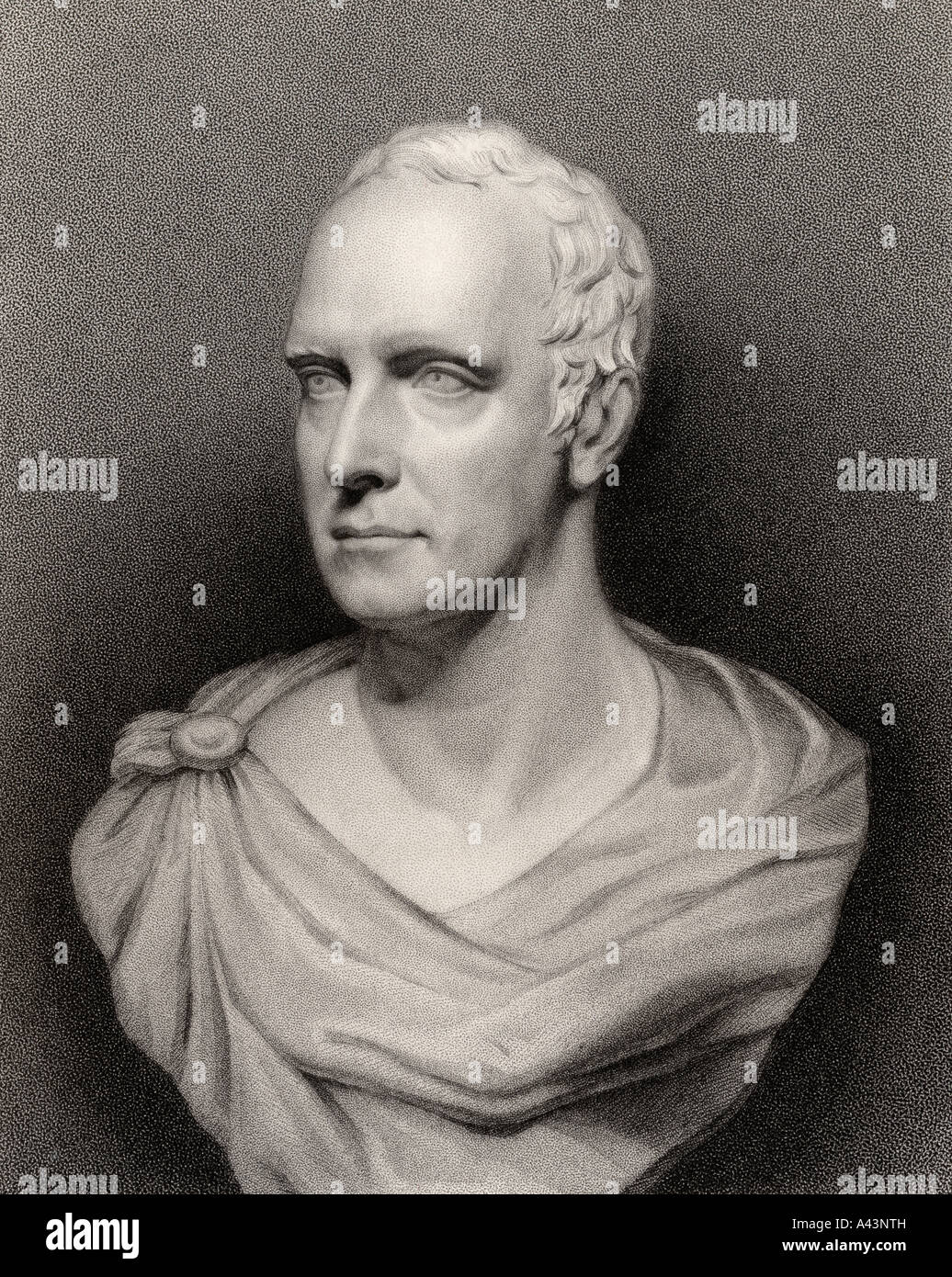 Sir David Baird, 1st Baronet, 1757 -1829. British general. Stock Photohttps://www.alamy.com/image-license-details/?v=1https://www.alamy.com/stock-photo-sir-david-baird-1st-baronet-1757-1829-british-general-10923760.html
Sir David Baird, 1st Baronet, 1757 -1829. British general. Stock Photohttps://www.alamy.com/image-license-details/?v=1https://www.alamy.com/stock-photo-sir-david-baird-1st-baronet-1757-1829-british-general-10923760.htmlRMA43NTH–Sir David Baird, 1st Baronet, 1757 -1829. British general.
 Isaac Barre, 18th century British soldier, c1880. Artist: Unknown Stock Photohttps://www.alamy.com/image-license-details/?v=1https://www.alamy.com/stock-photo-isaac-barre-18th-century-british-soldier-c1880-artist-unknown-25712526.html
Isaac Barre, 18th century British soldier, c1880. Artist: Unknown Stock Photohttps://www.alamy.com/image-license-details/?v=1https://www.alamy.com/stock-photo-isaac-barre-18th-century-british-soldier-c1880-artist-unknown-25712526.htmlRMBDR8GE–Isaac Barre, 18th century British soldier, c1880. Artist: Unknown
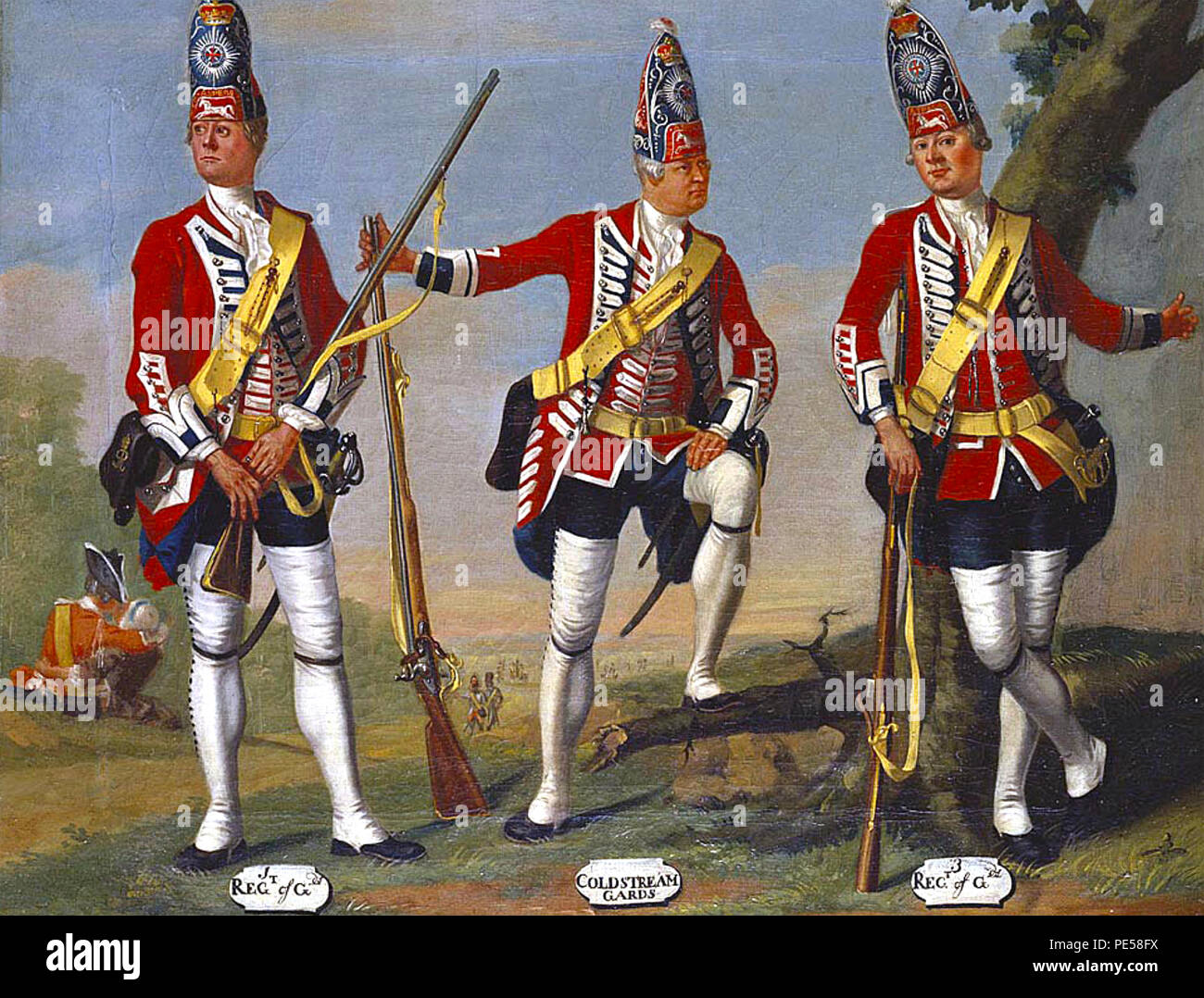 BRITISH FOOT GUARD GRENADIERS of the 1st, Coldstream and 3rd Regiments in 1751 painted by Anglo-Swiss artist David Morier who specialised in military subjects. One of a series known as the Grenadier Paintings. Stock Photohttps://www.alamy.com/image-license-details/?v=1https://www.alamy.com/british-foot-guard-grenadiers-of-the-1st-coldstream-and-3rd-regiments-in-1751-painted-by-anglo-swiss-artist-david-morier-who-specialised-in-military-subjects-one-of-a-series-known-as-the-grenadier-paintings-image215246078.html
BRITISH FOOT GUARD GRENADIERS of the 1st, Coldstream and 3rd Regiments in 1751 painted by Anglo-Swiss artist David Morier who specialised in military subjects. One of a series known as the Grenadier Paintings. Stock Photohttps://www.alamy.com/image-license-details/?v=1https://www.alamy.com/british-foot-guard-grenadiers-of-the-1st-coldstream-and-3rd-regiments-in-1751-painted-by-anglo-swiss-artist-david-morier-who-specialised-in-military-subjects-one-of-a-series-known-as-the-grenadier-paintings-image215246078.htmlRMPE58FX–BRITISH FOOT GUARD GRENADIERS of the 1st, Coldstream and 3rd Regiments in 1751 painted by Anglo-Swiss artist David Morier who specialised in military subjects. One of a series known as the Grenadier Paintings.
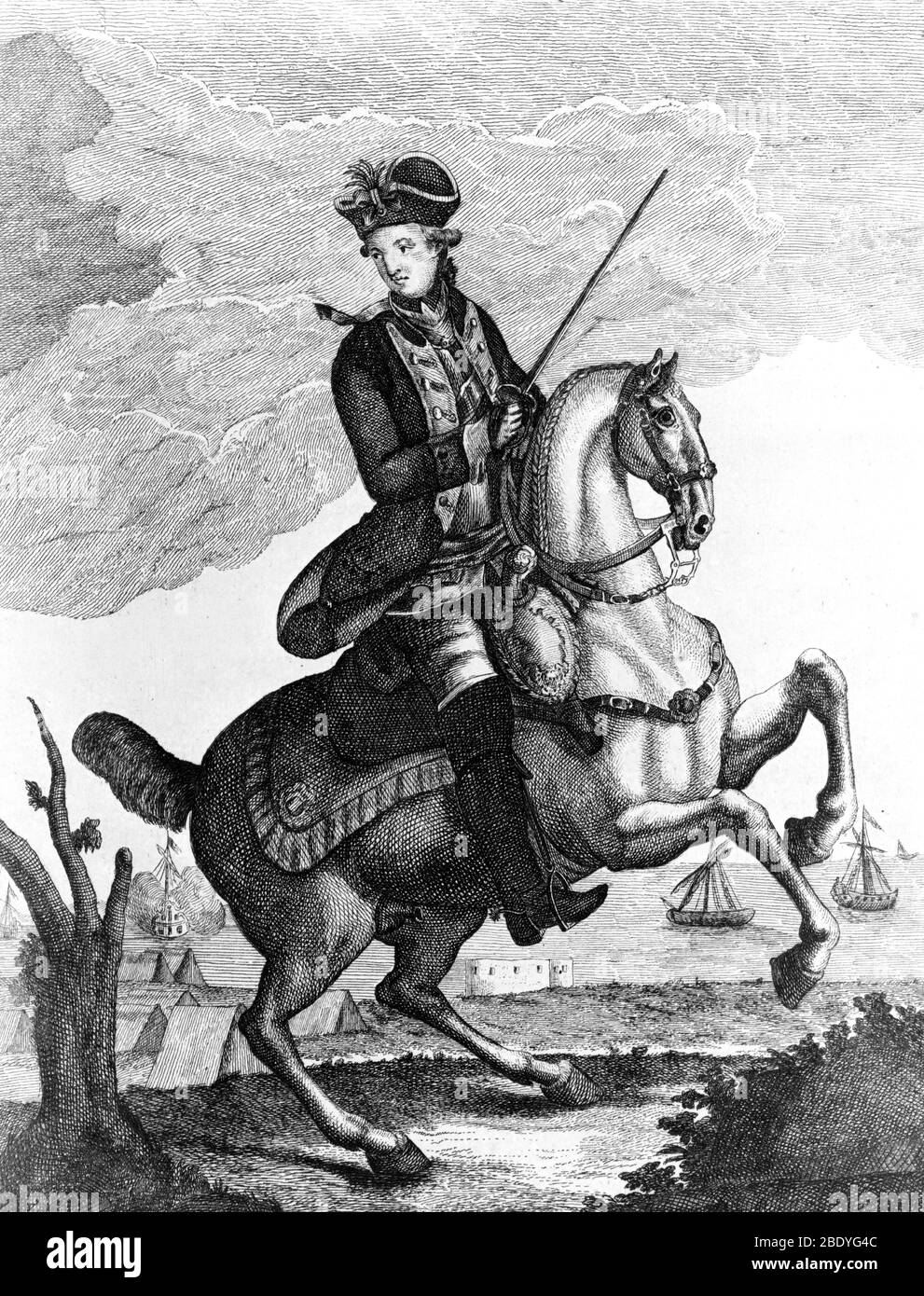 William Howe, English Military Officer Stock Photohttps://www.alamy.com/image-license-details/?v=1https://www.alamy.com/william-howe-english-military-officer-image352803260.html
William Howe, English Military Officer Stock Photohttps://www.alamy.com/image-license-details/?v=1https://www.alamy.com/william-howe-english-military-officer-image352803260.htmlRM2BDYG4C–William Howe, English Military Officer
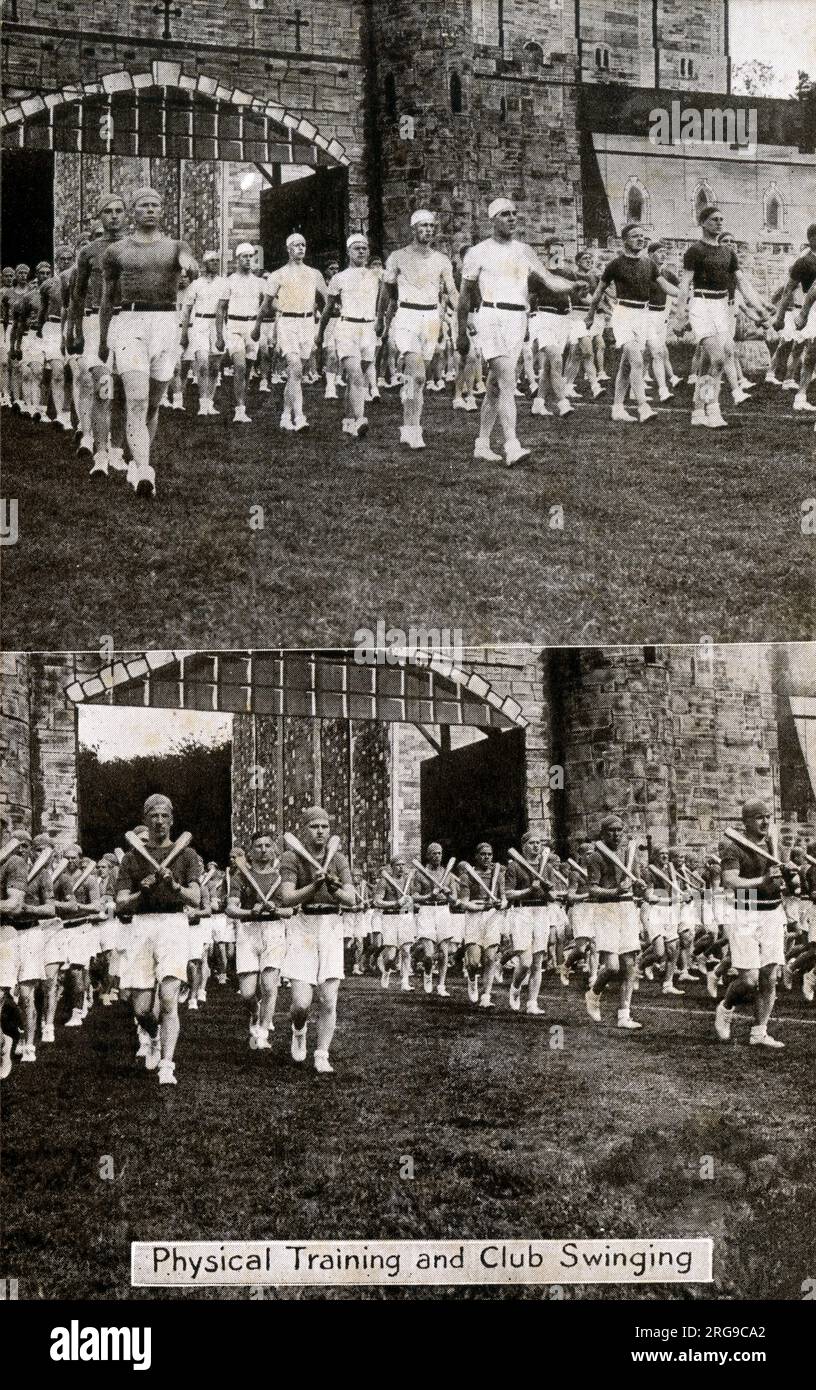 The Silver Jubilee Aldershot Military Tattoo. An annual event dating back to 1894. In the 1920s and 1930s, the Aldershot Command Searchlight Tattoo held at the Rushmoor Arena presented displays from all branches of the services, including performances lit by flame torches. At one time the performances attracted crowds of up to 500,000 people. The Tattoo was organised to raise money for military charities. By the end of the 1930s the event was raising around £40,000 annually. 18th century Grenadiers advancing. Stock Photohttps://www.alamy.com/image-license-details/?v=1https://www.alamy.com/the-silver-jubilee-aldershot-military-tattoo-an-annual-event-dating-back-to-1894-in-the-1920s-and-1930s-the-aldershot-command-searchlight-tattoo-held-at-the-rushmoor-arena-presented-displays-from-all-branches-of-the-services-including-performances-lit-by-flame-torches-at-one-time-the-performances-attracted-crowds-of-up-to-500000-people-the-tattoo-was-organised-to-raise-money-for-military-charities-by-the-end-of-the-1930s-the-event-was-raising-around-40000-annually-18th-century-grenadiers-advancing-image560773530.html
The Silver Jubilee Aldershot Military Tattoo. An annual event dating back to 1894. In the 1920s and 1930s, the Aldershot Command Searchlight Tattoo held at the Rushmoor Arena presented displays from all branches of the services, including performances lit by flame torches. At one time the performances attracted crowds of up to 500,000 people. The Tattoo was organised to raise money for military charities. By the end of the 1930s the event was raising around £40,000 annually. 18th century Grenadiers advancing. Stock Photohttps://www.alamy.com/image-license-details/?v=1https://www.alamy.com/the-silver-jubilee-aldershot-military-tattoo-an-annual-event-dating-back-to-1894-in-the-1920s-and-1930s-the-aldershot-command-searchlight-tattoo-held-at-the-rushmoor-arena-presented-displays-from-all-branches-of-the-services-including-performances-lit-by-flame-torches-at-one-time-the-performances-attracted-crowds-of-up-to-500000-people-the-tattoo-was-organised-to-raise-money-for-military-charities-by-the-end-of-the-1930s-the-event-was-raising-around-40000-annually-18th-century-grenadiers-advancing-image560773530.htmlRM2RG9CA2–The Silver Jubilee Aldershot Military Tattoo. An annual event dating back to 1894. In the 1920s and 1930s, the Aldershot Command Searchlight Tattoo held at the Rushmoor Arena presented displays from all branches of the services, including performances lit by flame torches. At one time the performances attracted crowds of up to 500,000 people. The Tattoo was organised to raise money for military charities. By the end of the 1930s the event was raising around £40,000 annually. 18th century Grenadiers advancing.
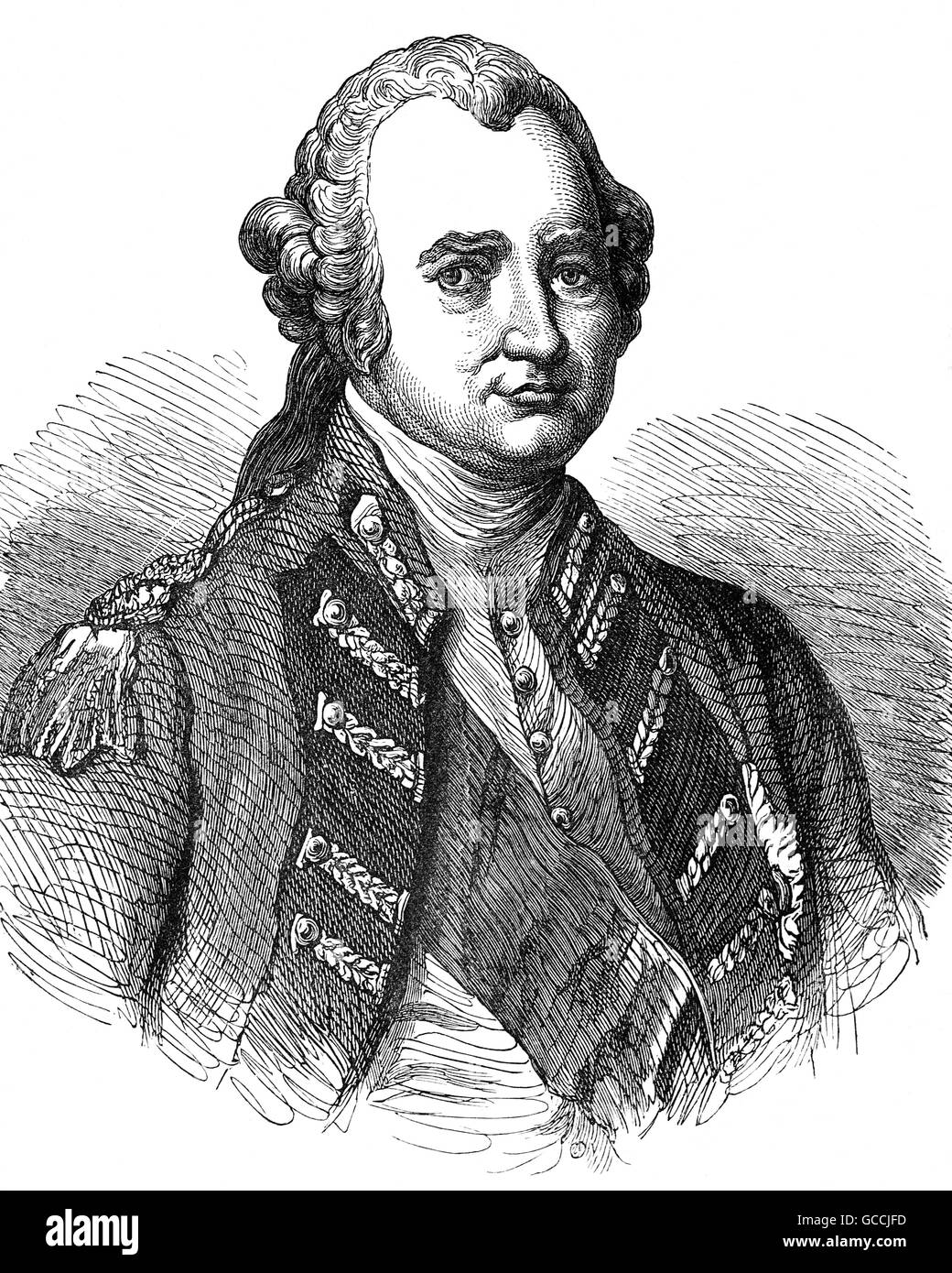 Major-General Robert Clive, 1st Baron Clive, (1725 – 1774), also known as Clive of India, Commander-in-Chief of British India, was a British officer and soldier of fortune who established the military and political supremacy of the East India Company in Bengal. Stock Photohttps://www.alamy.com/image-license-details/?v=1https://www.alamy.com/stock-photo-major-general-robert-clive-1st-baron-clive-1725-1774-also-known-as-110916049.html
Major-General Robert Clive, 1st Baron Clive, (1725 – 1774), also known as Clive of India, Commander-in-Chief of British India, was a British officer and soldier of fortune who established the military and political supremacy of the East India Company in Bengal. Stock Photohttps://www.alamy.com/image-license-details/?v=1https://www.alamy.com/stock-photo-major-general-robert-clive-1st-baron-clive-1725-1774-also-known-as-110916049.htmlRMGCCJFD–Major-General Robert Clive, 1st Baron Clive, (1725 – 1774), also known as Clive of India, Commander-in-Chief of British India, was a British officer and soldier of fortune who established the military and political supremacy of the East India Company in Bengal.
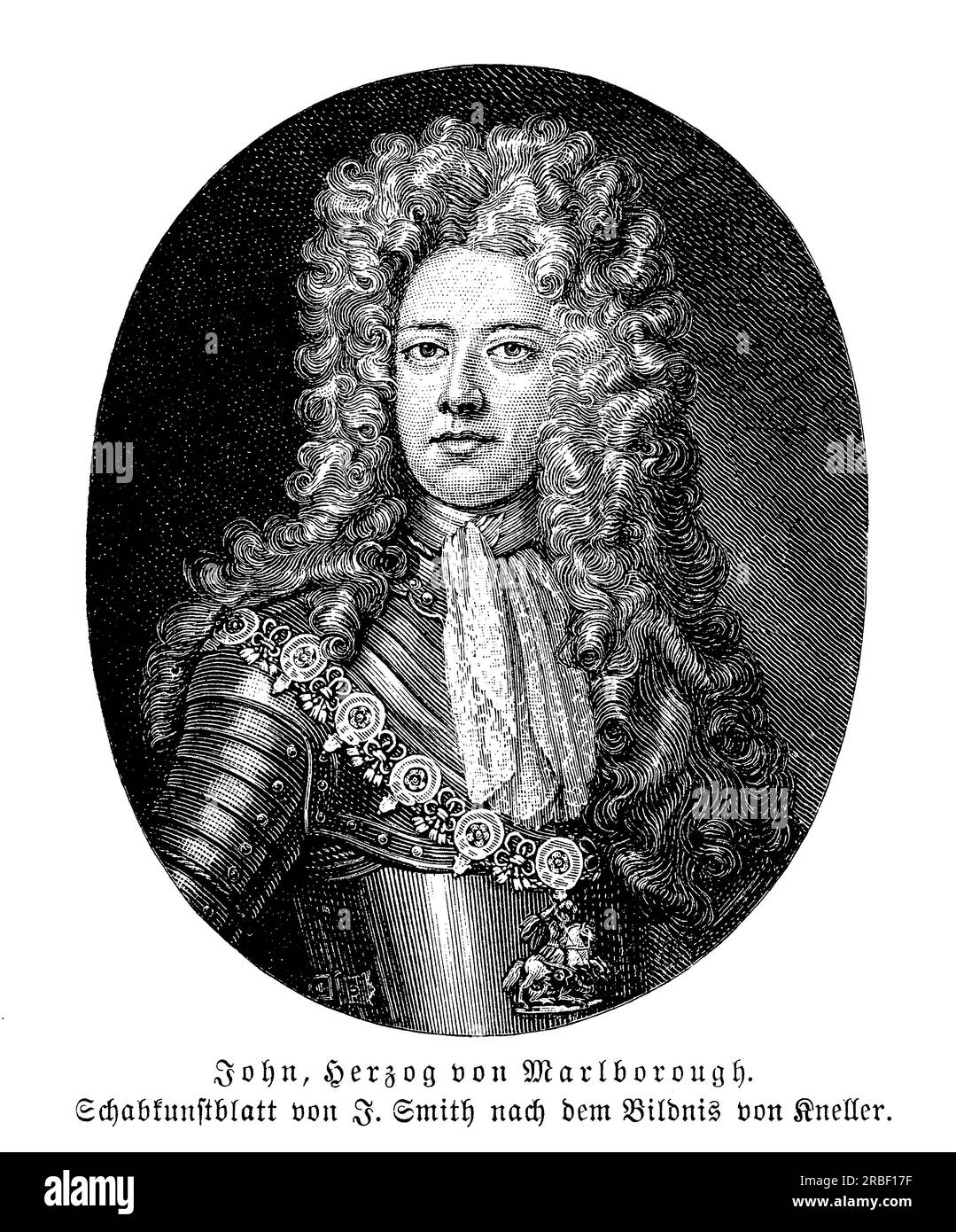 John Churchill, 1st Duke of Marlborough, was a British military commander who served during the early 18th century. He is known for his victories in several major battles, including the Battle of Blenheim, the Battle of Ramillies, and the Battle of Oudenarde. Marlborough was also a skilled diplomat and played a key role in the War of the Spanish Succession, helping to secure the English and Dutch thrones for the House of Hanover. Despite his military successes, Marlborough was also a controversial figure, and he faced political opposition and personal scandals throughout his career Stock Photohttps://www.alamy.com/image-license-details/?v=1https://www.alamy.com/john-churchill-1st-duke-of-marlborough-was-a-british-military-commander-who-served-during-the-early-18th-century-he-is-known-for-his-victories-in-several-major-battles-including-the-battle-of-blenheim-the-battle-of-ramillies-and-the-battle-of-oudenarde-marlborough-was-also-a-skilled-diplomat-and-played-a-key-role-in-the-war-of-the-spanish-succession-helping-to-secure-the-english-and-dutch-thrones-for-the-house-of-hanover-despite-his-military-successes-marlborough-was-also-a-controversial-figure-and-he-faced-political-opposition-and-personal-scandals-throughout-his-career-image557823267.html
John Churchill, 1st Duke of Marlborough, was a British military commander who served during the early 18th century. He is known for his victories in several major battles, including the Battle of Blenheim, the Battle of Ramillies, and the Battle of Oudenarde. Marlborough was also a skilled diplomat and played a key role in the War of the Spanish Succession, helping to secure the English and Dutch thrones for the House of Hanover. Despite his military successes, Marlborough was also a controversial figure, and he faced political opposition and personal scandals throughout his career Stock Photohttps://www.alamy.com/image-license-details/?v=1https://www.alamy.com/john-churchill-1st-duke-of-marlborough-was-a-british-military-commander-who-served-during-the-early-18th-century-he-is-known-for-his-victories-in-several-major-battles-including-the-battle-of-blenheim-the-battle-of-ramillies-and-the-battle-of-oudenarde-marlborough-was-also-a-skilled-diplomat-and-played-a-key-role-in-the-war-of-the-spanish-succession-helping-to-secure-the-english-and-dutch-thrones-for-the-house-of-hanover-despite-his-military-successes-marlborough-was-also-a-controversial-figure-and-he-faced-political-opposition-and-personal-scandals-throughout-his-career-image557823267.htmlRM2RBF17F–John Churchill, 1st Duke of Marlborough, was a British military commander who served during the early 18th century. He is known for his victories in several major battles, including the Battle of Blenheim, the Battle of Ramillies, and the Battle of Oudenarde. Marlborough was also a skilled diplomat and played a key role in the War of the Spanish Succession, helping to secure the English and Dutch thrones for the House of Hanover. Despite his military successes, Marlborough was also a controversial figure, and he faced political opposition and personal scandals throughout his career
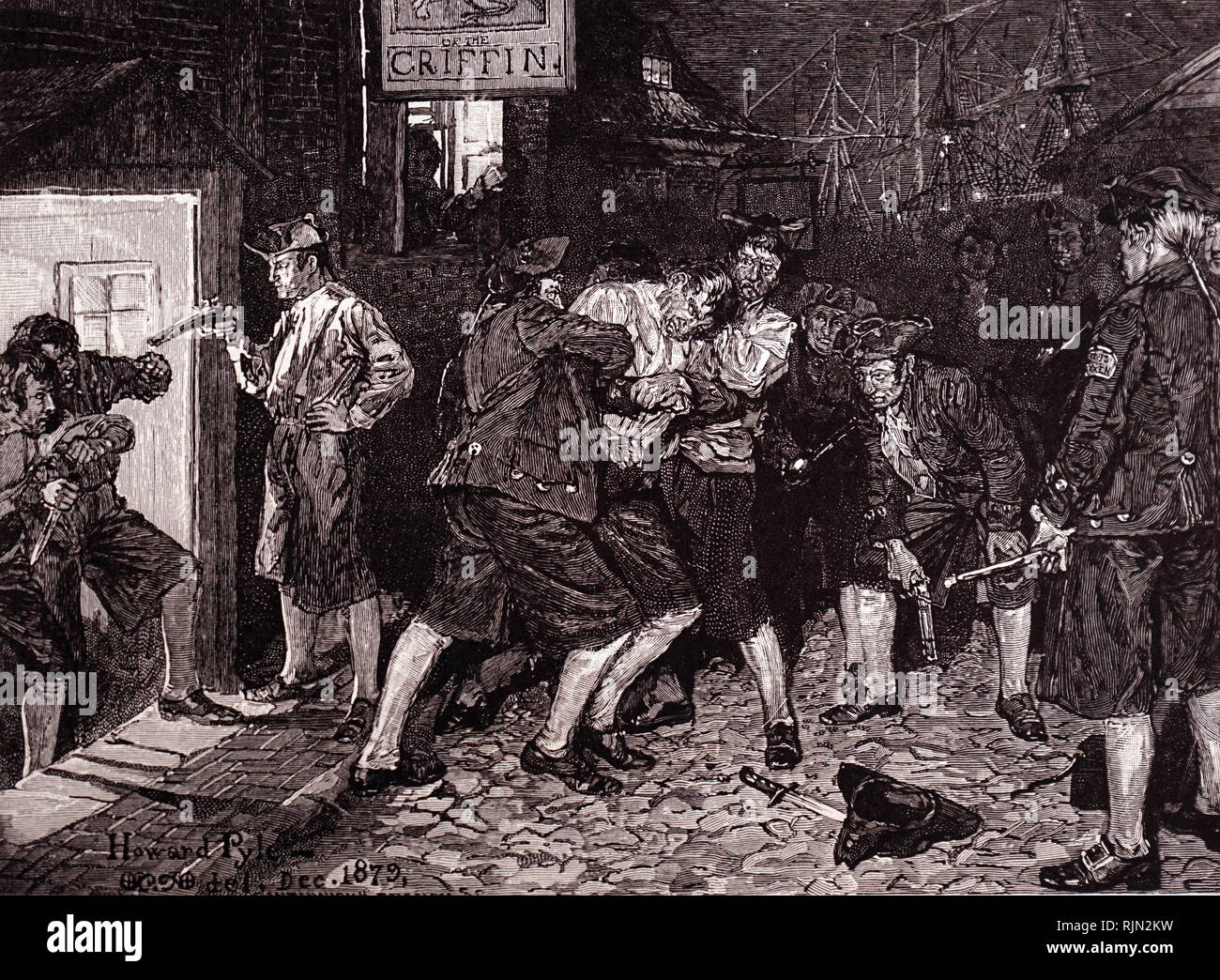 Illustration showing a Press Gang at work circa - 18th century. Impressment, colloquially the press or the press gang, is the taking of men into a military or naval force by compulsion, with or without notice. Navies of several nations used forced recruitment by various means. The large size of the British Royal Navy in the Age of Sail meant impressment was most commonly associated with Britain. It was used by the Royal Navy in wartime, beginning in 1664 and during the 18th and early 19th centuries Stock Photohttps://www.alamy.com/image-license-details/?v=1https://www.alamy.com/illustration-showing-a-press-gang-at-work-circa-18th-century-impressment-colloquially-the-press-or-the-press-gang-is-the-taking-of-men-into-a-military-or-naval-force-by-compulsion-with-or-without-notice-navies-of-several-nations-used-forced-recruitment-by-various-means-the-large-size-of-the-british-royal-navy-in-the-age-of-sail-meant-impressment-was-most-commonly-associated-with-britain-it-was-used-by-the-royal-navy-in-wartime-beginning-in-1664-and-during-the-18th-and-early-19th-centuries-image235261709.html
Illustration showing a Press Gang at work circa - 18th century. Impressment, colloquially the press or the press gang, is the taking of men into a military or naval force by compulsion, with or without notice. Navies of several nations used forced recruitment by various means. The large size of the British Royal Navy in the Age of Sail meant impressment was most commonly associated with Britain. It was used by the Royal Navy in wartime, beginning in 1664 and during the 18th and early 19th centuries Stock Photohttps://www.alamy.com/image-license-details/?v=1https://www.alamy.com/illustration-showing-a-press-gang-at-work-circa-18th-century-impressment-colloquially-the-press-or-the-press-gang-is-the-taking-of-men-into-a-military-or-naval-force-by-compulsion-with-or-without-notice-navies-of-several-nations-used-forced-recruitment-by-various-means-the-large-size-of-the-british-royal-navy-in-the-age-of-sail-meant-impressment-was-most-commonly-associated-with-britain-it-was-used-by-the-royal-navy-in-wartime-beginning-in-1664-and-during-the-18th-and-early-19th-centuries-image235261709.htmlRMRJN2KW–Illustration showing a Press Gang at work circa - 18th century. Impressment, colloquially the press or the press gang, is the taking of men into a military or naval force by compulsion, with or without notice. Navies of several nations used forced recruitment by various means. The large size of the British Royal Navy in the Age of Sail meant impressment was most commonly associated with Britain. It was used by the Royal Navy in wartime, beginning in 1664 and during the 18th and early 19th centuries
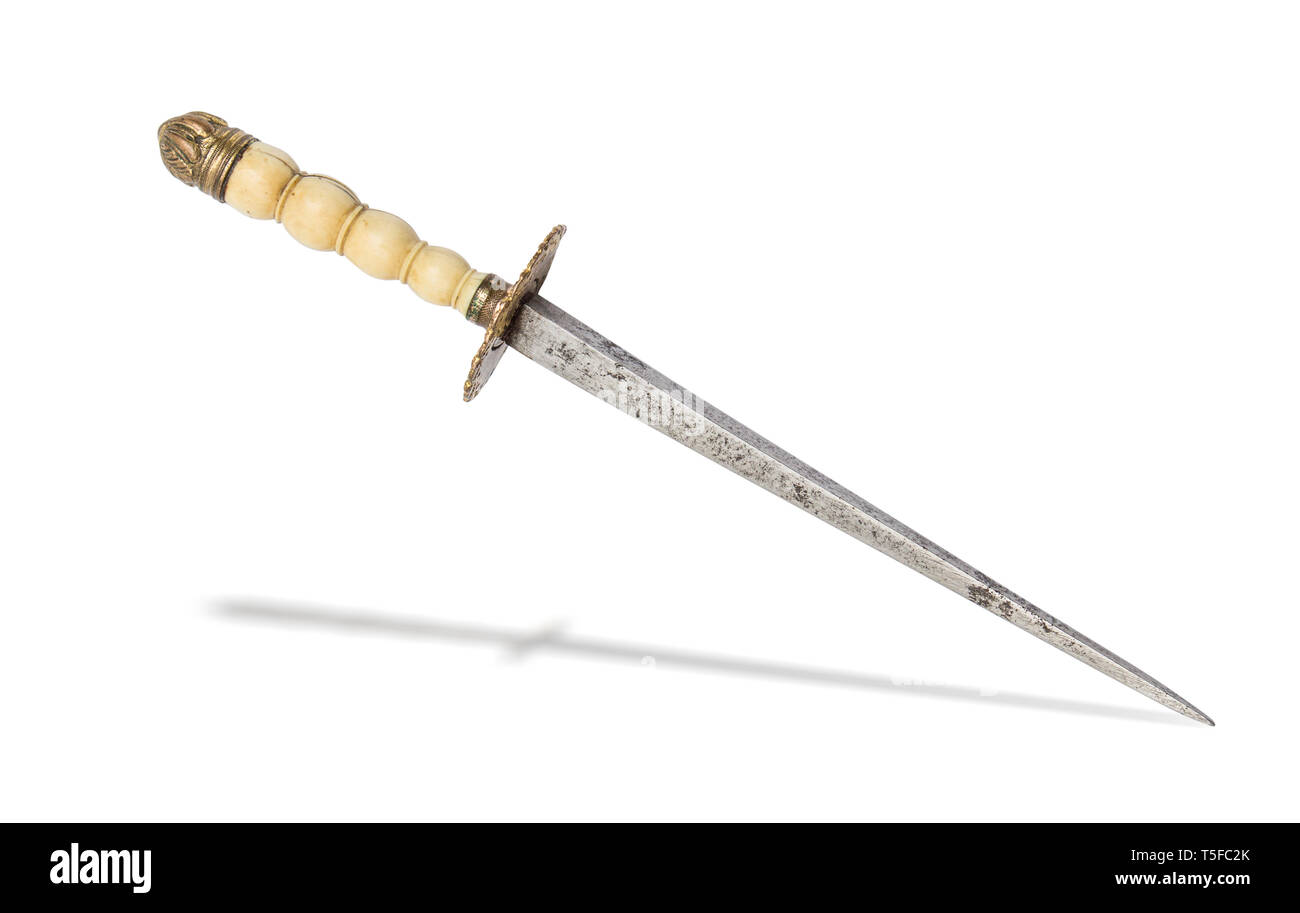 Gilded british naval dirk gagger of the 18th century. Stock Photohttps://www.alamy.com/image-license-details/?v=1https://www.alamy.com/gilded-british-naval-dirk-gagger-of-the-18th-century-image244357195.html
Gilded british naval dirk gagger of the 18th century. Stock Photohttps://www.alamy.com/image-license-details/?v=1https://www.alamy.com/gilded-british-naval-dirk-gagger-of-the-18th-century-image244357195.htmlRFT5FC2K–Gilded british naval dirk gagger of the 18th century.
 Art inspired by Wall Decorated with Musical and Military Trophies and Three Windows, 18th century, Pen and ink, gray wash, sheet: 18 x 9 1/8 in. (45.7 x 23.2 cm), Anonymous, British, 18th century, Classic works modernized by Artotop with a splash of modernity. Shapes, color and value, eye-catching visual impact on art. Emotions through freedom of artworks in a contemporary way. A timeless message pursuing a wildly creative new direction. Artists turning to the digital medium and creating the Artotop NFT Stock Photohttps://www.alamy.com/image-license-details/?v=1https://www.alamy.com/art-inspired-by-wall-decorated-with-musical-and-military-trophies-and-three-windows-18th-century-pen-and-ink-gray-wash-sheet-18-x-9-18-in-457-x-232-cm-anonymous-british-18th-century-classic-works-modernized-by-artotop-with-a-splash-of-modernity-shapes-color-and-value-eye-catching-visual-impact-on-art-emotions-through-freedom-of-artworks-in-a-contemporary-way-a-timeless-message-pursuing-a-wildly-creative-new-direction-artists-turning-to-the-digital-medium-and-creating-the-artotop-nft-image462965304.html
Art inspired by Wall Decorated with Musical and Military Trophies and Three Windows, 18th century, Pen and ink, gray wash, sheet: 18 x 9 1/8 in. (45.7 x 23.2 cm), Anonymous, British, 18th century, Classic works modernized by Artotop with a splash of modernity. Shapes, color and value, eye-catching visual impact on art. Emotions through freedom of artworks in a contemporary way. A timeless message pursuing a wildly creative new direction. Artists turning to the digital medium and creating the Artotop NFT Stock Photohttps://www.alamy.com/image-license-details/?v=1https://www.alamy.com/art-inspired-by-wall-decorated-with-musical-and-military-trophies-and-three-windows-18th-century-pen-and-ink-gray-wash-sheet-18-x-9-18-in-457-x-232-cm-anonymous-british-18th-century-classic-works-modernized-by-artotop-with-a-splash-of-modernity-shapes-color-and-value-eye-catching-visual-impact-on-art-emotions-through-freedom-of-artworks-in-a-contemporary-way-a-timeless-message-pursuing-a-wildly-creative-new-direction-artists-turning-to-the-digital-medium-and-creating-the-artotop-nft-image462965304.htmlRF2HW5TY4–Art inspired by Wall Decorated with Musical and Military Trophies and Three Windows, 18th century, Pen and ink, gray wash, sheet: 18 x 9 1/8 in. (45.7 x 23.2 cm), Anonymous, British, 18th century, Classic works modernized by Artotop with a splash of modernity. Shapes, color and value, eye-catching visual impact on art. Emotions through freedom of artworks in a contemporary way. A timeless message pursuing a wildly creative new direction. Artists turning to the digital medium and creating the Artotop NFT
 British Royal Navy officers, 18th century Stock Photohttps://www.alamy.com/image-license-details/?v=1https://www.alamy.com/stock-photo-british-royal-navy-officers-18th-century-104003945.html
British Royal Navy officers, 18th century Stock Photohttps://www.alamy.com/image-license-details/?v=1https://www.alamy.com/stock-photo-british-royal-navy-officers-18th-century-104003945.htmlRMG15P2H–British Royal Navy officers, 18th century
 James Edward Oglethorpe (1698-1785), founder of Georgia, was a military man and social reformer who settled British debtors in Stock Photohttps://www.alamy.com/image-license-details/?v=1https://www.alamy.com/stock-photo-james-edward-oglethorpe-1698-1785-founder-of-georgia-was-a-military-50047599.html
James Edward Oglethorpe (1698-1785), founder of Georgia, was a military man and social reformer who settled British debtors in Stock Photohttps://www.alamy.com/image-license-details/?v=1https://www.alamy.com/stock-photo-james-edward-oglethorpe-1698-1785-founder-of-georgia-was-a-military-50047599.htmlRMCWBT67–James Edward Oglethorpe (1698-1785), founder of Georgia, was a military man and social reformer who settled British debtors in
 events, War of the Spanish Succession 1701 - 1714, Plan of the Battle of Oudenaerd, July 11th 1708, victory of the allied British, Prussian and Dutch troops under the command of John Churchill, 1st Duke of Marlborough, and Prince Eugene of Savoy against the French, map printed in London in 1818, maps, military, plans, 18th century, Belgium, Allies, Oudenarde, historic, historical, Oudenaarde, Scheldt, Stock Photohttps://www.alamy.com/image-license-details/?v=1https://www.alamy.com/stock-photo-events-war-of-the-spanish-succession-1701-1714-plan-of-the-battle-28901611.html
events, War of the Spanish Succession 1701 - 1714, Plan of the Battle of Oudenaerd, July 11th 1708, victory of the allied British, Prussian and Dutch troops under the command of John Churchill, 1st Duke of Marlborough, and Prince Eugene of Savoy against the French, map printed in London in 1818, maps, military, plans, 18th century, Belgium, Allies, Oudenarde, historic, historical, Oudenaarde, Scheldt, Stock Photohttps://www.alamy.com/image-license-details/?v=1https://www.alamy.com/stock-photo-events-war-of-the-spanish-succession-1701-1714-plan-of-the-battle-28901611.htmlRMBK0G8B–events, War of the Spanish Succession 1701 - 1714, Plan of the Battle of Oudenaerd, July 11th 1708, victory of the allied British, Prussian and Dutch troops under the command of John Churchill, 1st Duke of Marlborough, and Prince Eugene of Savoy against the French, map printed in London in 1818, maps, military, plans, 18th century, Belgium, Allies, Oudenarde, historic, historical, Oudenaarde, Scheldt,
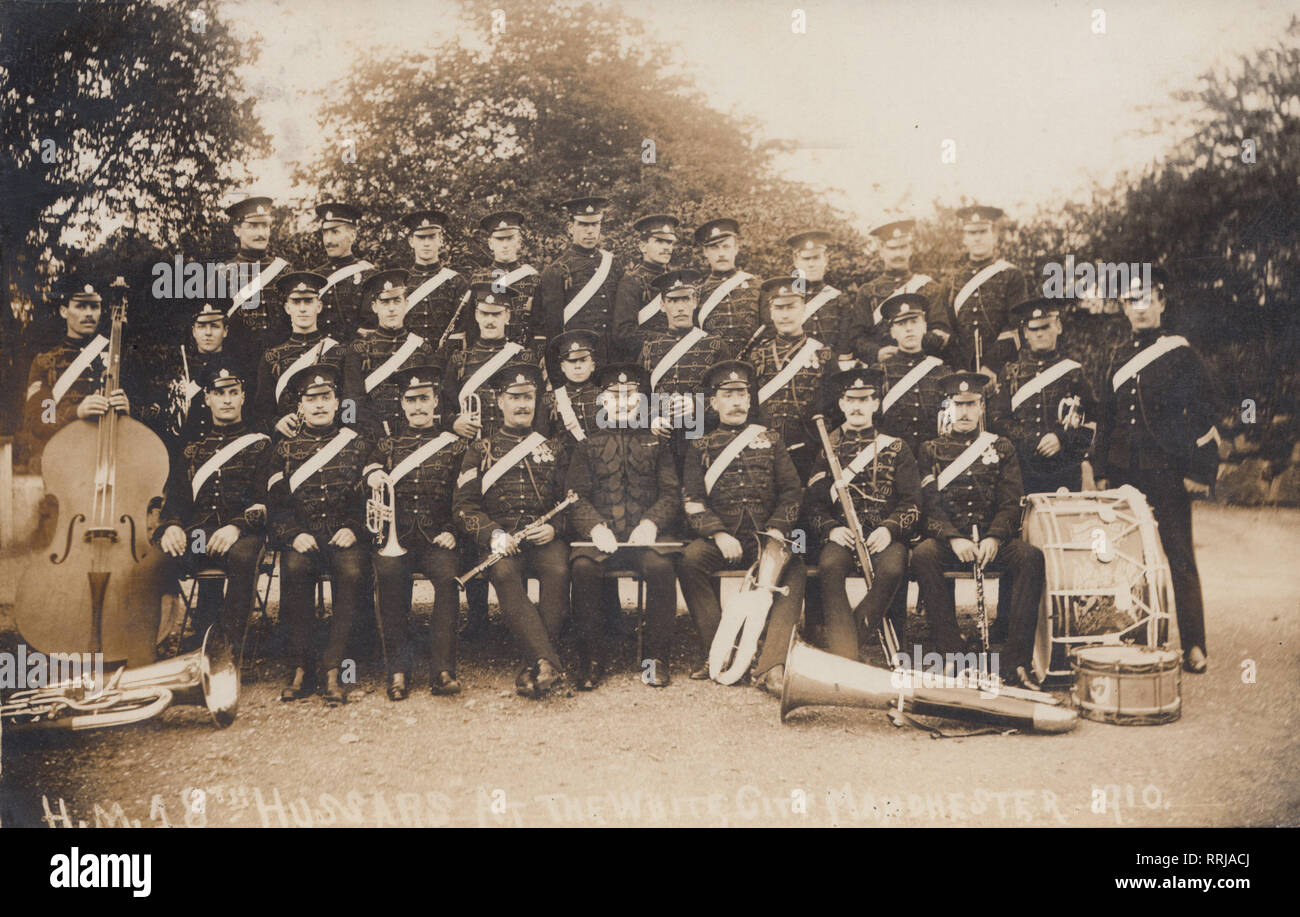 Vintage 1910 Edwardian Photographic Postcard Showing H.M.18th Hussars Band at The White City, Manchester. Stock Photohttps://www.alamy.com/image-license-details/?v=1https://www.alamy.com/vintage-1910-edwardian-photographic-postcard-showing-hm18th-hussars-band-at-the-white-city-manchester-image238275202.html
Vintage 1910 Edwardian Photographic Postcard Showing H.M.18th Hussars Band at The White City, Manchester. Stock Photohttps://www.alamy.com/image-license-details/?v=1https://www.alamy.com/vintage-1910-edwardian-photographic-postcard-showing-hm18th-hussars-band-at-the-white-city-manchester-image238275202.htmlRMRRJACJ–Vintage 1910 Edwardian Photographic Postcard Showing H.M.18th Hussars Band at The White City, Manchester.
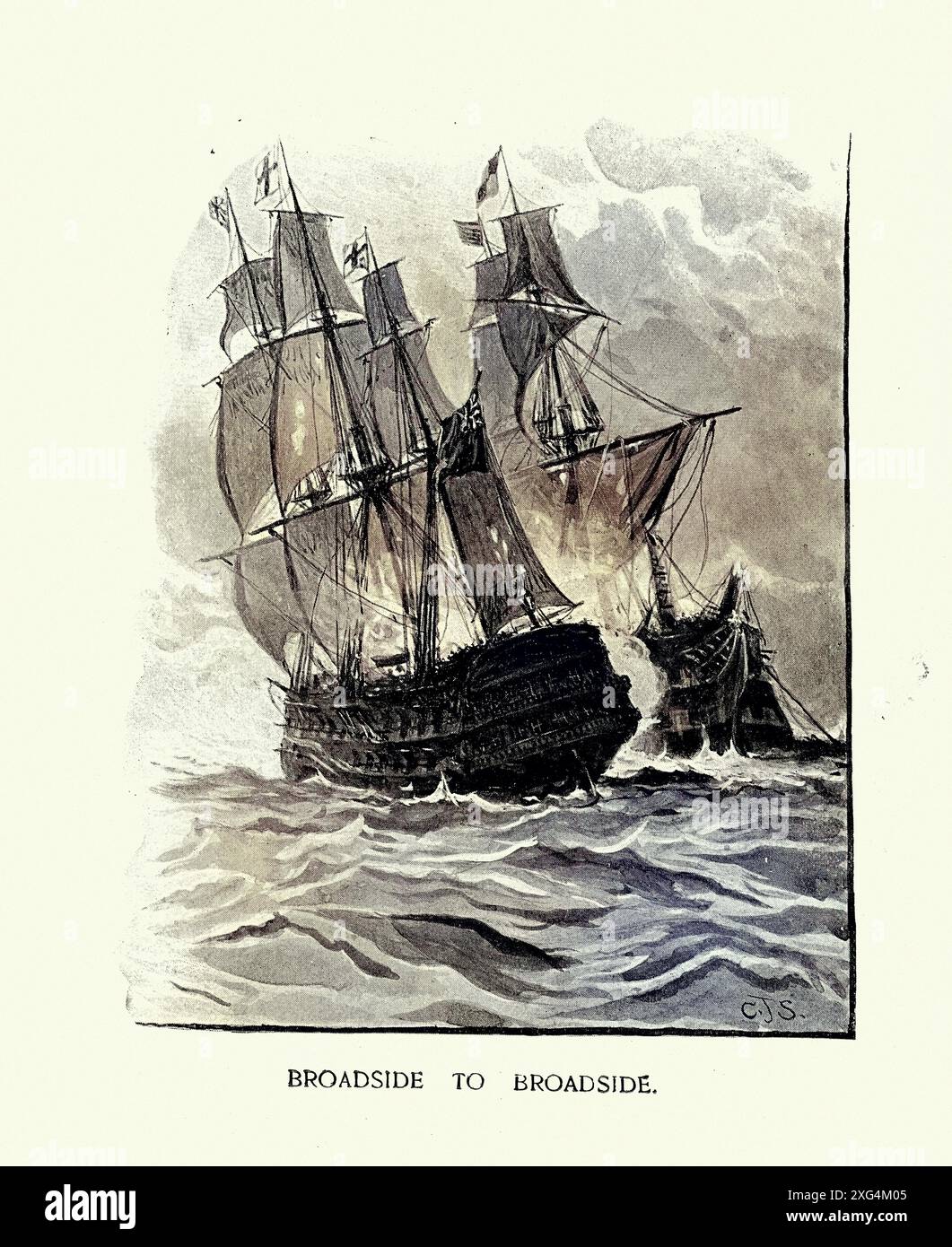 British Royal Navy warship HMS Powerful (1783), in battle firing Broadside to Broadside, 18th Century Naval Warfare Stock Photohttps://www.alamy.com/image-license-details/?v=1https://www.alamy.com/british-royal-navy-warship-hms-powerful-1783-in-battle-firing-broadside-to-broadside-18th-century-naval-warfare-image612300869.html
British Royal Navy warship HMS Powerful (1783), in battle firing Broadside to Broadside, 18th Century Naval Warfare Stock Photohttps://www.alamy.com/image-license-details/?v=1https://www.alamy.com/british-royal-navy-warship-hms-powerful-1783-in-battle-firing-broadside-to-broadside-18th-century-naval-warfare-image612300869.htmlRM2XG4M05–British Royal Navy warship HMS Powerful (1783), in battle firing Broadside to Broadside, 18th Century Naval Warfare
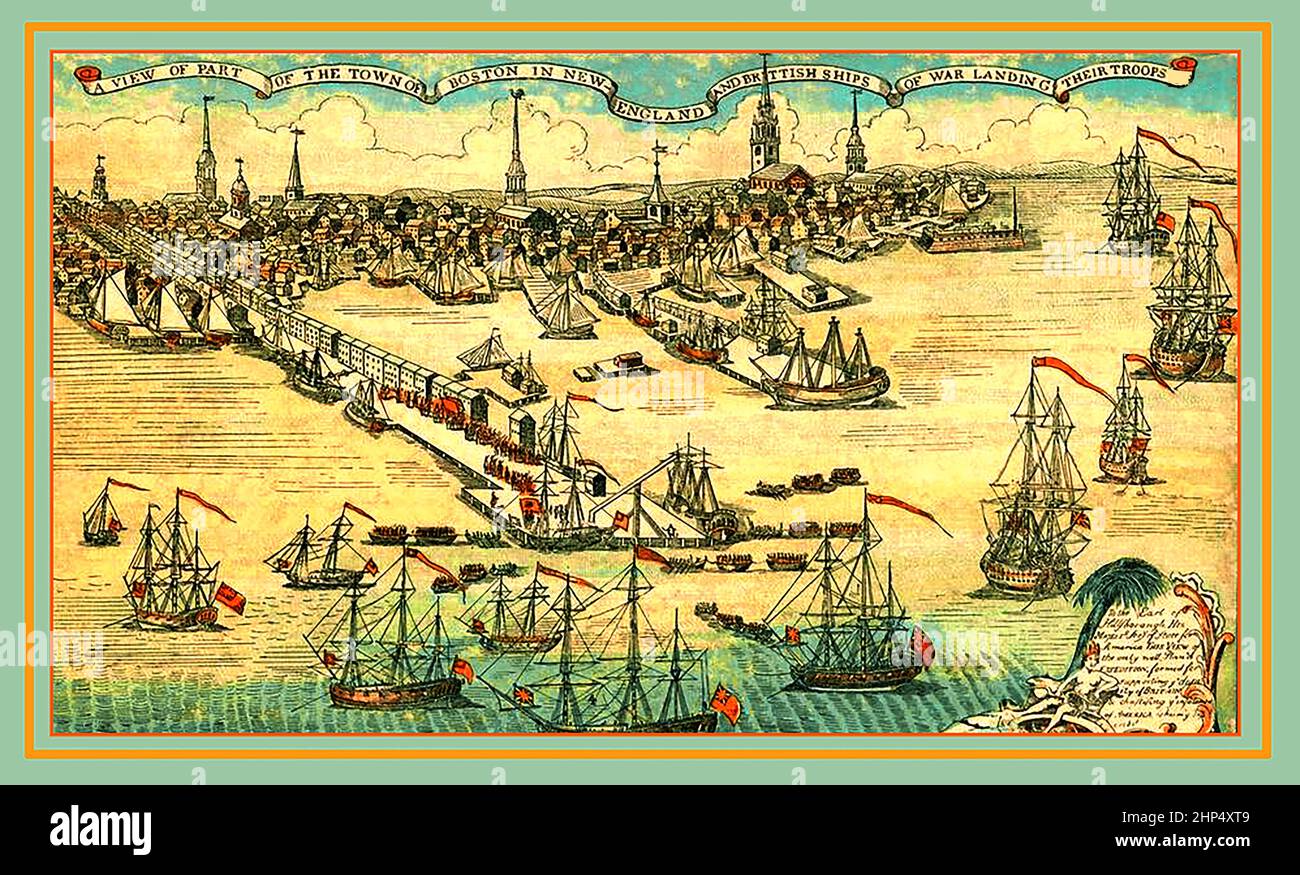 An early view of the town of Boston, USA showing British warships unloading their troops in 1768. Stock Photohttps://www.alamy.com/image-license-details/?v=1https://www.alamy.com/an-early-view-of-the-town-of-boston-usa-showing-british-warships-unloading-their-troops-in-1768-image461100873.html
An early view of the town of Boston, USA showing British warships unloading their troops in 1768. Stock Photohttps://www.alamy.com/image-license-details/?v=1https://www.alamy.com/an-early-view-of-the-town-of-boston-usa-showing-british-warships-unloading-their-troops-in-1768-image461100873.htmlRM2HP4XT9–An early view of the town of Boston, USA showing British warships unloading their troops in 1768.
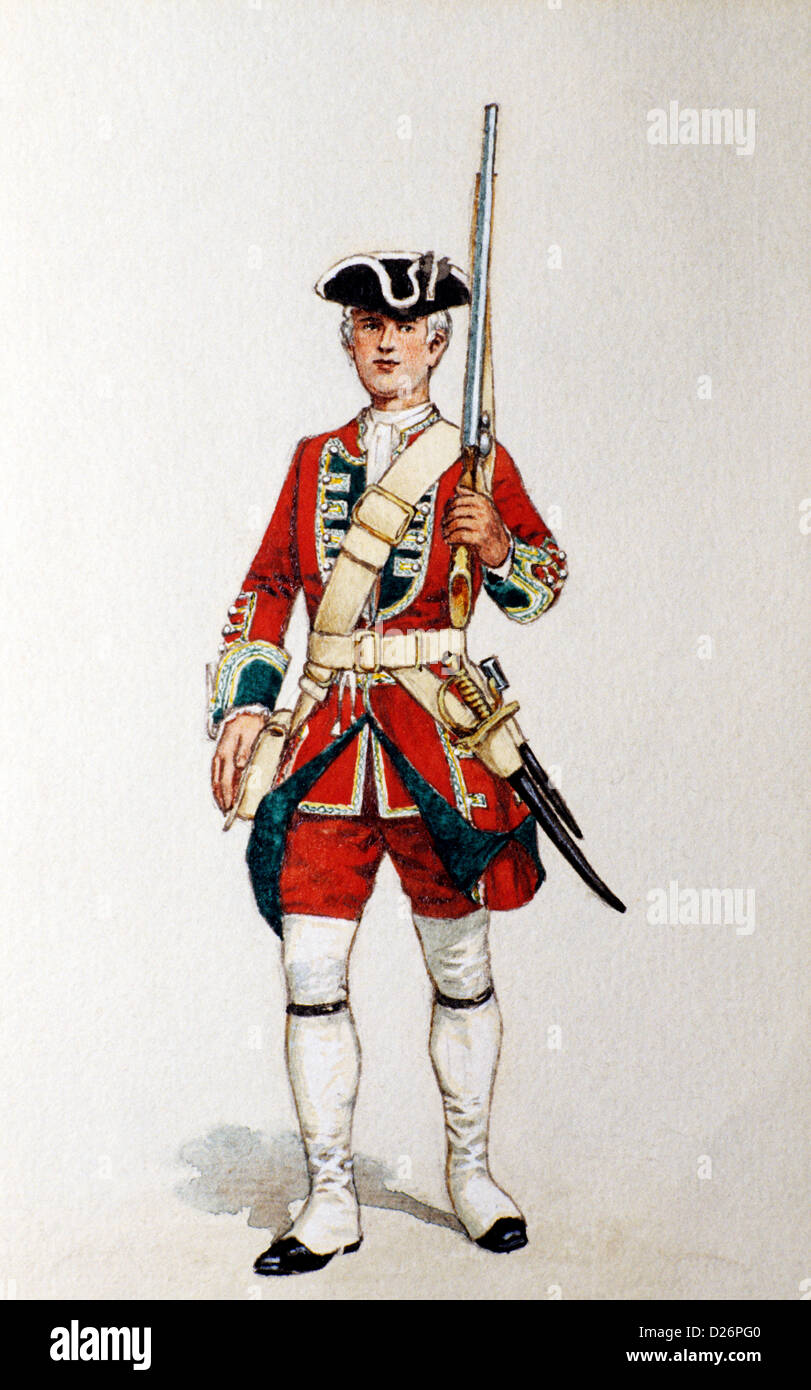 British Military Print, Redcoat, Green Howards Museum, Private 1742, 18th century soldier soldiers uniform uniforms, Richmond Stock Photohttps://www.alamy.com/image-license-details/?v=1https://www.alamy.com/stock-photo-british-military-print-redcoat-green-howards-museum-private-1742-18th-53009824.html
British Military Print, Redcoat, Green Howards Museum, Private 1742, 18th century soldier soldiers uniform uniforms, Richmond Stock Photohttps://www.alamy.com/image-license-details/?v=1https://www.alamy.com/stock-photo-british-military-print-redcoat-green-howards-museum-private-1742-18th-53009824.htmlRMD26PG0–British Military Print, Redcoat, Green Howards Museum, Private 1742, 18th century soldier soldiers uniform uniforms, Richmond
 Washington in New York. Stock Photohttps://www.alamy.com/image-license-details/?v=1https://www.alamy.com/washington-in-new-york-image230735809.html
Washington in New York. Stock Photohttps://www.alamy.com/image-license-details/?v=1https://www.alamy.com/washington-in-new-york-image230735809.htmlRMRBAWTH–Washington in New York.
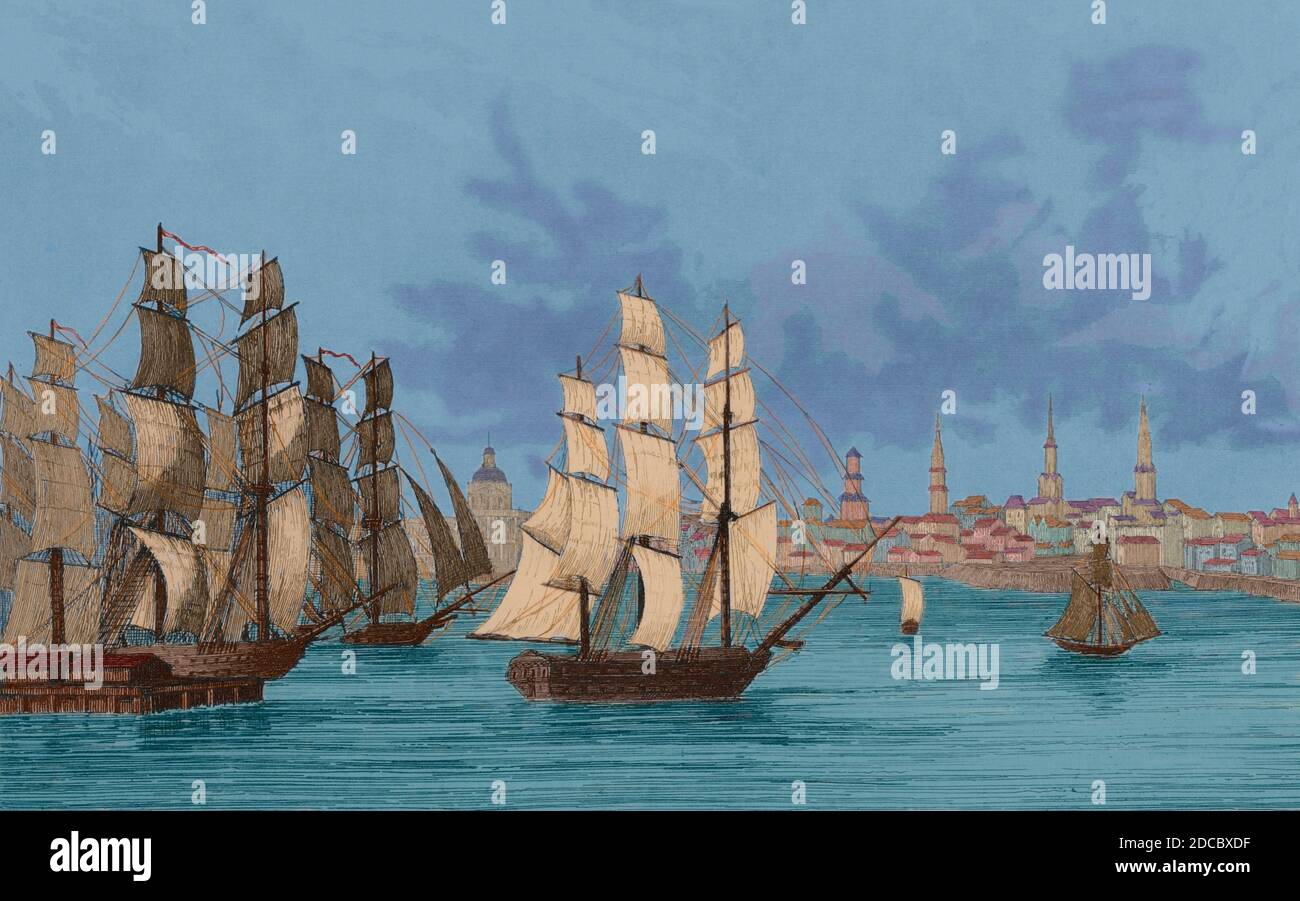 American Revolutionary War. Siege of Boston (April 19, 1775 - March 17, 1776). Departure of the British fleet. On March 17, 1776, British forces were forced to evacuate the city of Boston following General George Washington’s successful placement of fortifications and artillery on Dorchester Heights, which overlooks Boston fom the south. Engraving by Petit. Panorama Universal. History of the United States of America, from 1st edition of Jean B.G. Roux de Rochelle's Etats-Unis d'Amérique in 1837. Spanish edition, printed in Barcelona, 1850. Later colouration. Stock Photohttps://www.alamy.com/image-license-details/?v=1https://www.alamy.com/american-revolutionary-war-siege-of-boston-april-19-1775-march-17-1776-departure-of-the-british-fleet-on-march-17-1776-british-forces-were-forced-to-evacuate-the-city-of-boston-following-general-george-washingtons-successful-placement-of-fortifications-and-artillery-on-dorchester-heights-which-overlooks-boston-fom-the-south-engraving-by-petit-panorama-universal-history-of-the-united-states-of-america-from-1st-edition-of-jean-bg-roux-de-rochelles-etats-unis-damrique-in-1837-spanish-edition-printed-in-barcelona-1850-later-colouration-image386266203.html
American Revolutionary War. Siege of Boston (April 19, 1775 - March 17, 1776). Departure of the British fleet. On March 17, 1776, British forces were forced to evacuate the city of Boston following General George Washington’s successful placement of fortifications and artillery on Dorchester Heights, which overlooks Boston fom the south. Engraving by Petit. Panorama Universal. History of the United States of America, from 1st edition of Jean B.G. Roux de Rochelle's Etats-Unis d'Amérique in 1837. Spanish edition, printed in Barcelona, 1850. Later colouration. Stock Photohttps://www.alamy.com/image-license-details/?v=1https://www.alamy.com/american-revolutionary-war-siege-of-boston-april-19-1775-march-17-1776-departure-of-the-british-fleet-on-march-17-1776-british-forces-were-forced-to-evacuate-the-city-of-boston-following-general-george-washingtons-successful-placement-of-fortifications-and-artillery-on-dorchester-heights-which-overlooks-boston-fom-the-south-engraving-by-petit-panorama-universal-history-of-the-united-states-of-america-from-1st-edition-of-jean-bg-roux-de-rochelles-etats-unis-damrique-in-1837-spanish-edition-printed-in-barcelona-1850-later-colouration-image386266203.htmlRM2DCBXDF–American Revolutionary War. Siege of Boston (April 19, 1775 - March 17, 1776). Departure of the British fleet. On March 17, 1776, British forces were forced to evacuate the city of Boston following General George Washington’s successful placement of fortifications and artillery on Dorchester Heights, which overlooks Boston fom the south. Engraving by Petit. Panorama Universal. History of the United States of America, from 1st edition of Jean B.G. Roux de Rochelle's Etats-Unis d'Amérique in 1837. Spanish edition, printed in Barcelona, 1850. Later colouration.
 18'th century British soldier reenactor demonstrating the loading and firing steps for a musket at Fort Niagara State Park in New York Stock Photohttps://www.alamy.com/image-license-details/?v=1https://www.alamy.com/18th-century-british-soldier-reenactor-demonstrating-the-loading-and-firing-steps-for-a-musket-at-fort-niagara-state-park-in-new-york-image230670460.html
18'th century British soldier reenactor demonstrating the loading and firing steps for a musket at Fort Niagara State Park in New York Stock Photohttps://www.alamy.com/image-license-details/?v=1https://www.alamy.com/18th-century-british-soldier-reenactor-demonstrating-the-loading-and-firing-steps-for-a-musket-at-fort-niagara-state-park-in-new-york-image230670460.htmlRMRB7XEM–18'th century British soldier reenactor demonstrating the loading and firing steps for a musket at Fort Niagara State Park in New York
 Sir Jeffery Amherst, 18th century British soldier, c1880.Artist: Whymper Stock Photohttps://www.alamy.com/image-license-details/?v=1https://www.alamy.com/stock-photo-sir-jeffery-amherst-18th-century-british-soldier-c1880artist-whymper-25712523.html
Sir Jeffery Amherst, 18th century British soldier, c1880.Artist: Whymper Stock Photohttps://www.alamy.com/image-license-details/?v=1https://www.alamy.com/stock-photo-sir-jeffery-amherst-18th-century-british-soldier-c1880artist-whymper-25712523.htmlRMBDR8GB–Sir Jeffery Amherst, 18th century British soldier, c1880.Artist: Whymper
 Castle howard 18th century palace coneysthorpe north yorkshire uk Stock Photohttps://www.alamy.com/image-license-details/?v=1https://www.alamy.com/stock-photo-castle-howard-18th-century-palace-coneysthorpe-north-yorkshire-uk-72828513.html
Castle howard 18th century palace coneysthorpe north yorkshire uk Stock Photohttps://www.alamy.com/image-license-details/?v=1https://www.alamy.com/stock-photo-castle-howard-18th-century-palace-coneysthorpe-north-yorkshire-uk-72828513.htmlRFE6DHE9–Castle howard 18th century palace coneysthorpe north yorkshire uk
 British Ships of War, Landing Troops, 1768 Stock Photohttps://www.alamy.com/image-license-details/?v=1https://www.alamy.com/british-ships-of-war-landing-troops-1768-image352803004.html
British Ships of War, Landing Troops, 1768 Stock Photohttps://www.alamy.com/image-license-details/?v=1https://www.alamy.com/british-ships-of-war-landing-troops-1768-image352803004.htmlRM2BDYFR8–British Ships of War, Landing Troops, 1768
 English squadron arriving at Dunkirk. Caption reads: 'English Squadron Carrying Troops to Take Possession of Dunkirk'. Dunkirk, 'commune' in the Nord department of France. From 'History of Queen Anne', 1740. Stock Photohttps://www.alamy.com/image-license-details/?v=1https://www.alamy.com/stock-image-english-squadron-arriving-at-dunkirk-caption-reads-english-squadron-164175169.html
English squadron arriving at Dunkirk. Caption reads: 'English Squadron Carrying Troops to Take Possession of Dunkirk'. Dunkirk, 'commune' in the Nord department of France. From 'History of Queen Anne', 1740. Stock Photohttps://www.alamy.com/image-license-details/?v=1https://www.alamy.com/stock-image-english-squadron-arriving-at-dunkirk-caption-reads-english-squadron-164175169.htmlRMKF2R2W–English squadron arriving at Dunkirk. Caption reads: 'English Squadron Carrying Troops to Take Possession of Dunkirk'. Dunkirk, 'commune' in the Nord department of France. From 'History of Queen Anne', 1740.
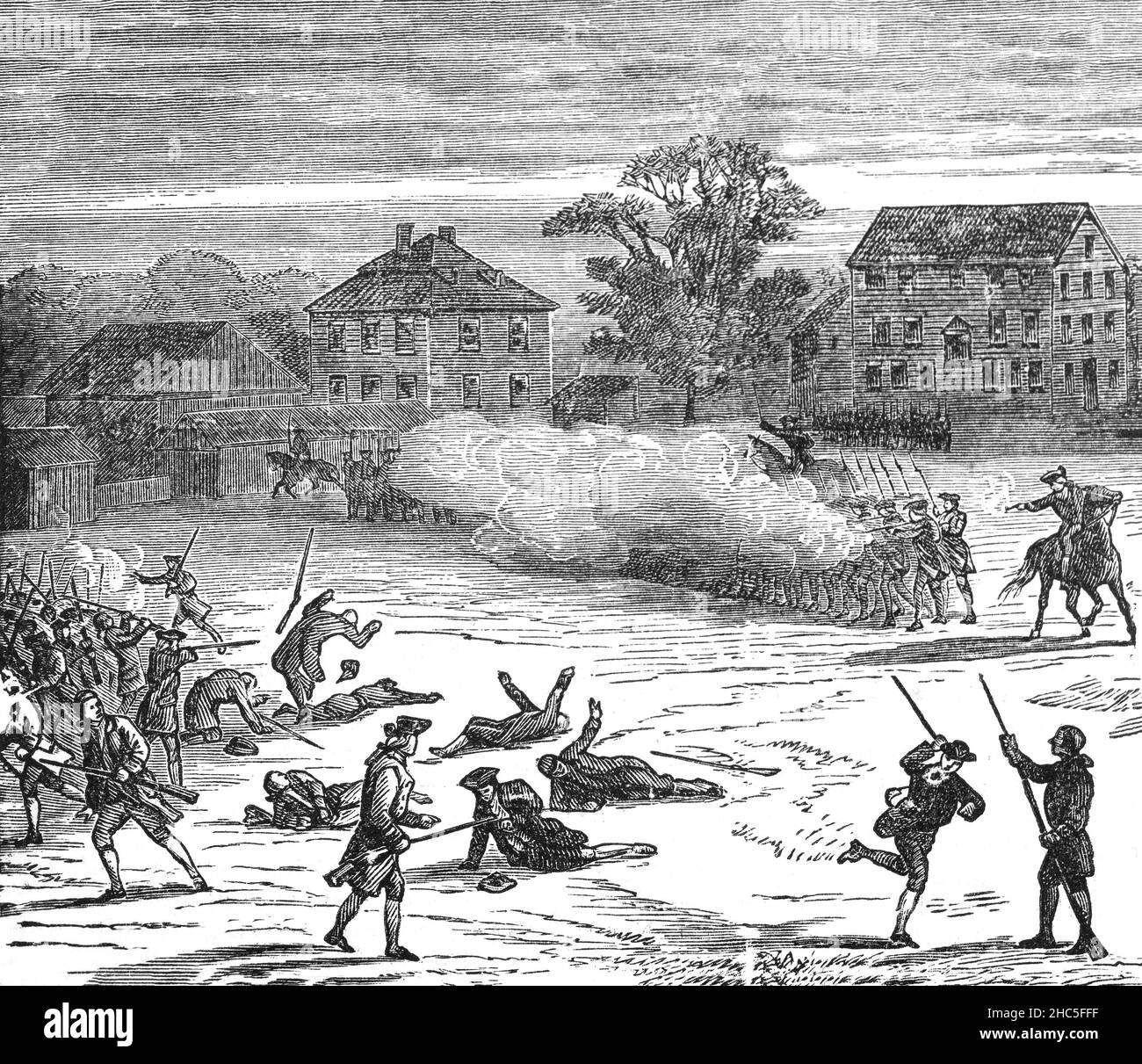 A late 19th Century illustration of the Battle of Lexington, that with Concord were the first military engagements of the American Revolutionary War. The battles were fought on April 19, 1775 in Middlesex County, Province of Massachusetts Bay, within the towns of Lexington, Concord, Lincoln, Menotomy (present-day Arlington), and Cambridge. They marked the outbreak of armed conflict between the Kingdom of Great Britain and its thirteen colonies in America. Stock Photohttps://www.alamy.com/image-license-details/?v=1https://www.alamy.com/a-late-19th-century-illustration-of-the-battle-of-lexington-that-with-concord-were-the-first-military-engagements-of-the-american-revolutionary-war-the-battles-were-fought-on-april-19-1775-in-middlesex-county-province-of-massachusetts-bay-within-the-towns-of-lexington-concord-lincoln-menotomy-present-day-arlington-and-cambridge-they-marked-the-outbreak-of-armed-conflict-between-the-kingdom-of-great-britain-and-its-thirteen-colonies-in-america-image454967395.html
A late 19th Century illustration of the Battle of Lexington, that with Concord were the first military engagements of the American Revolutionary War. The battles were fought on April 19, 1775 in Middlesex County, Province of Massachusetts Bay, within the towns of Lexington, Concord, Lincoln, Menotomy (present-day Arlington), and Cambridge. They marked the outbreak of armed conflict between the Kingdom of Great Britain and its thirteen colonies in America. Stock Photohttps://www.alamy.com/image-license-details/?v=1https://www.alamy.com/a-late-19th-century-illustration-of-the-battle-of-lexington-that-with-concord-were-the-first-military-engagements-of-the-american-revolutionary-war-the-battles-were-fought-on-april-19-1775-in-middlesex-county-province-of-massachusetts-bay-within-the-towns-of-lexington-concord-lincoln-menotomy-present-day-arlington-and-cambridge-they-marked-the-outbreak-of-armed-conflict-between-the-kingdom-of-great-britain-and-its-thirteen-colonies-in-america-image454967395.htmlRM2HC5FFF–A late 19th Century illustration of the Battle of Lexington, that with Concord were the first military engagements of the American Revolutionary War. The battles were fought on April 19, 1775 in Middlesex County, Province of Massachusetts Bay, within the towns of Lexington, Concord, Lincoln, Menotomy (present-day Arlington), and Cambridge. They marked the outbreak of armed conflict between the Kingdom of Great Britain and its thirteen colonies in America.
 British cavalry charge of the 10th and 18th Hussars, Battle of Benavente, 29 December 1808 Stock Photohttps://www.alamy.com/image-license-details/?v=1https://www.alamy.com/stock-photo-british-cavalry-charge-of-the-10th-and-18th-hussars-battle-of-benavente-174134346.html
British cavalry charge of the 10th and 18th Hussars, Battle of Benavente, 29 December 1808 Stock Photohttps://www.alamy.com/image-license-details/?v=1https://www.alamy.com/stock-photo-british-cavalry-charge-of-the-10th-and-18th-hussars-battle-of-benavente-174134346.htmlRMM38E3P–British cavalry charge of the 10th and 18th Hussars, Battle of Benavente, 29 December 1808
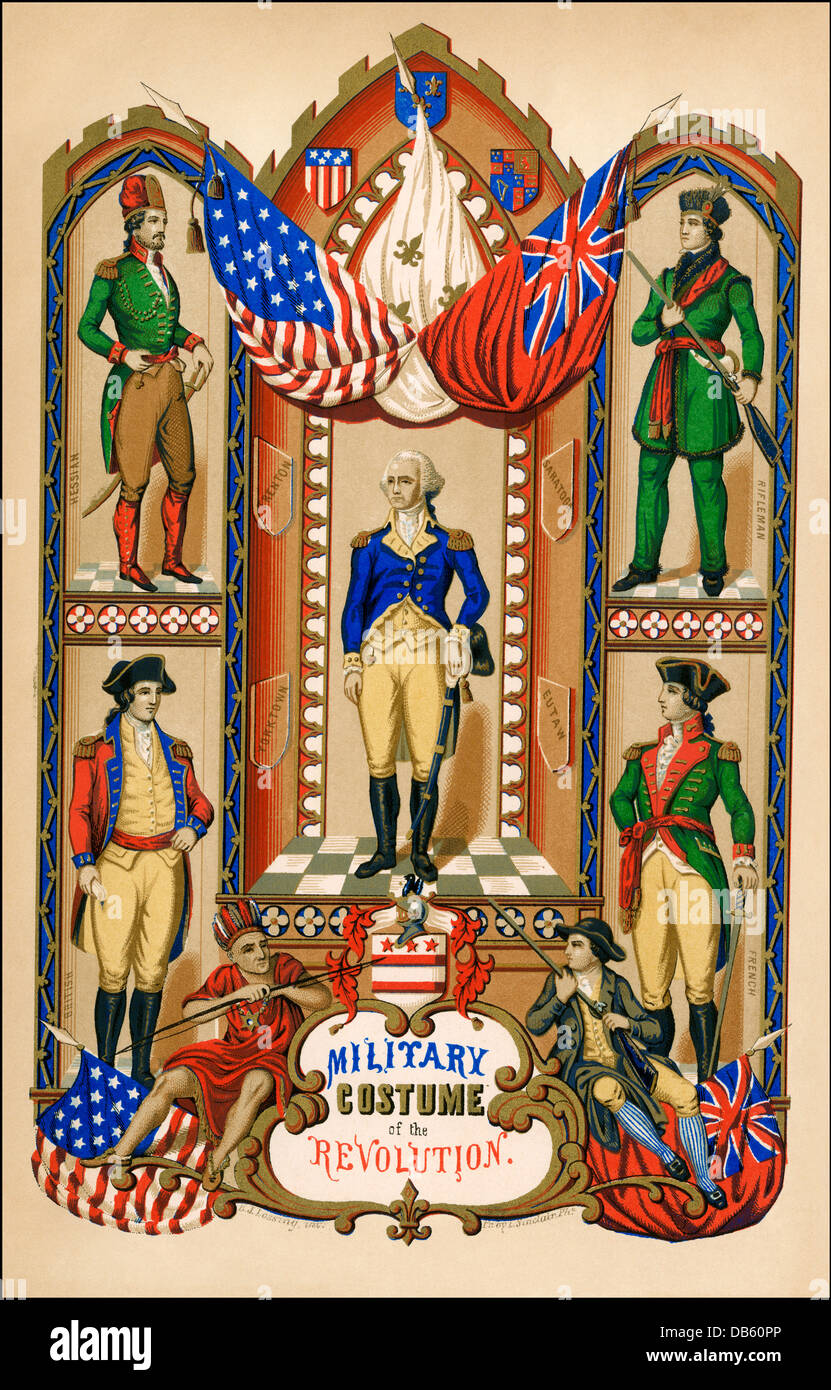 Military uniforms of armies in the American Revolution: Hessian, American rifleman, French, and British (clockwise from top left. Color lithograph Stock Photohttps://www.alamy.com/image-license-details/?v=1https://www.alamy.com/stock-photo-military-uniforms-of-armies-in-the-american-revolution-hessian-american-58524670.html
Military uniforms of armies in the American Revolution: Hessian, American rifleman, French, and British (clockwise from top left. Color lithograph Stock Photohttps://www.alamy.com/image-license-details/?v=1https://www.alamy.com/stock-photo-military-uniforms-of-armies-in-the-american-revolution-hessian-american-58524670.htmlRMDB60PP–Military uniforms of armies in the American Revolution: Hessian, American rifleman, French, and British (clockwise from top left. Color lithograph
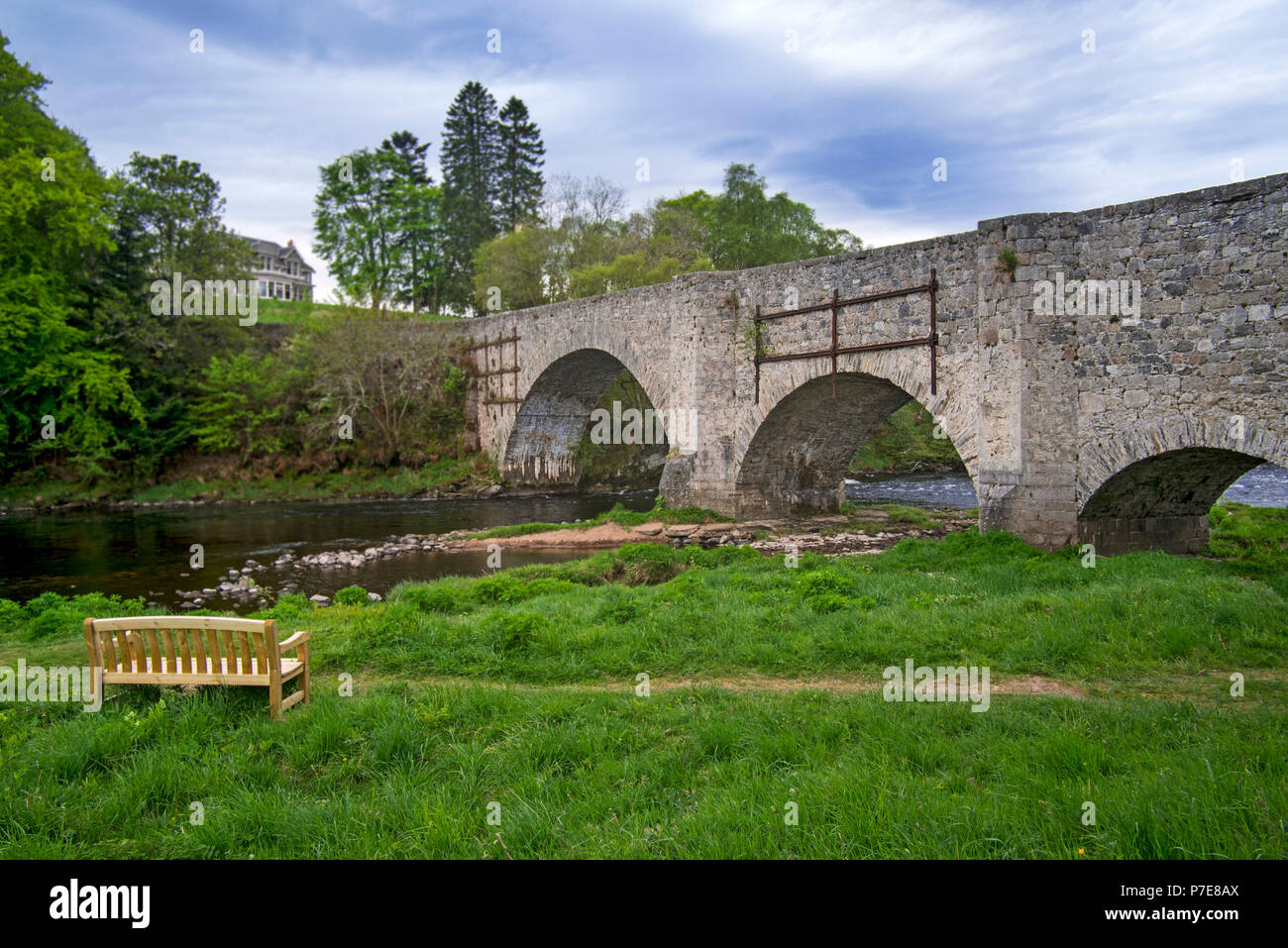 18th century Old Spey Bridge over the River Spey at Grantown-on-Spey, Moray, Highland, Scotland, UK Stock Photohttps://www.alamy.com/image-license-details/?v=1https://www.alamy.com/18th-century-old-spey-bridge-over-the-river-spey-at-grantown-on-spey-moray-highland-scotland-uk-image211140914.html
18th century Old Spey Bridge over the River Spey at Grantown-on-Spey, Moray, Highland, Scotland, UK Stock Photohttps://www.alamy.com/image-license-details/?v=1https://www.alamy.com/18th-century-old-spey-bridge-over-the-river-spey-at-grantown-on-spey-moray-highland-scotland-uk-image211140914.htmlRMP7E8AX–18th century Old Spey Bridge over the River Spey at Grantown-on-Spey, Moray, Highland, Scotland, UK
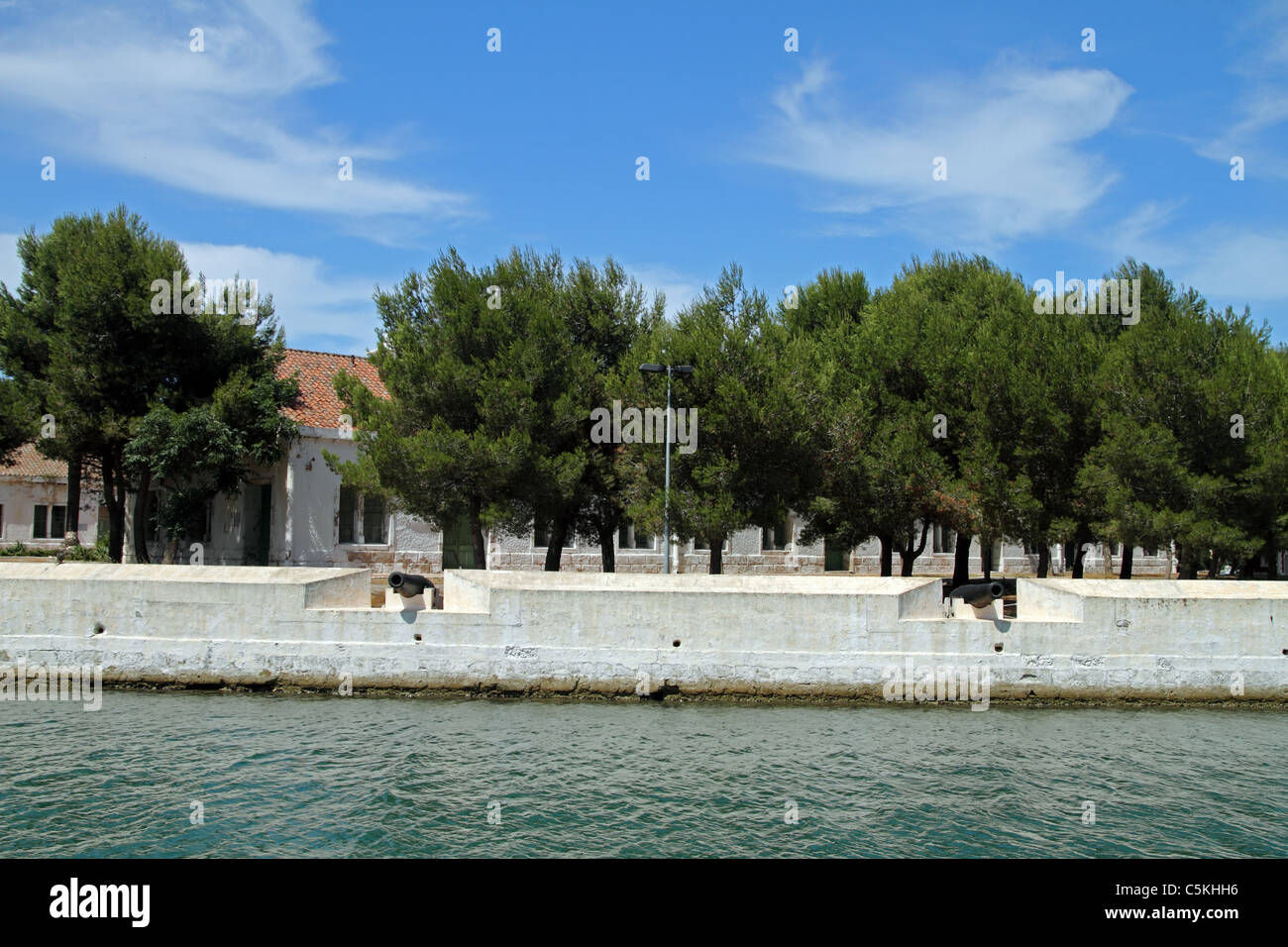 Cannon defences. Naval base, Mahon Harbour, Menorca, Spain. Founded in the 18th century by the British. Stock Photohttps://www.alamy.com/image-license-details/?v=1https://www.alamy.com/stock-photo-cannon-defences-naval-base-mahon-harbour-menorca-spain-founded-in-37924914.html
Cannon defences. Naval base, Mahon Harbour, Menorca, Spain. Founded in the 18th century by the British. Stock Photohttps://www.alamy.com/image-license-details/?v=1https://www.alamy.com/stock-photo-cannon-defences-naval-base-mahon-harbour-menorca-spain-founded-in-37924914.htmlRFC5KHH6–Cannon defences. Naval base, Mahon Harbour, Menorca, Spain. Founded in the 18th century by the British.
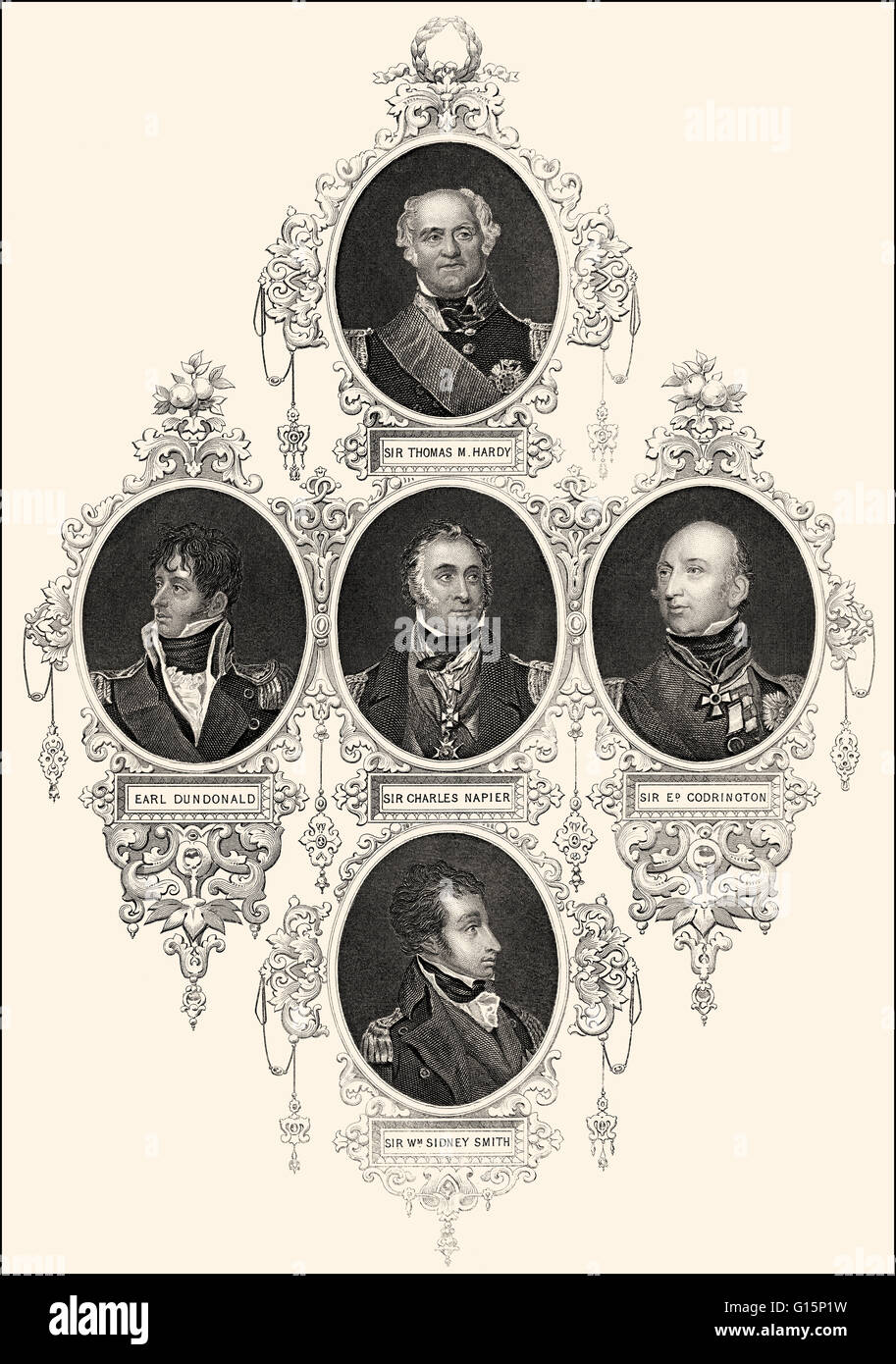 British Royal Navy officers, 18th century Stock Photohttps://www.alamy.com/image-license-details/?v=1https://www.alamy.com/stock-photo-british-royal-navy-officers-18th-century-104003925.html
British Royal Navy officers, 18th century Stock Photohttps://www.alamy.com/image-license-details/?v=1https://www.alamy.com/stock-photo-british-royal-navy-officers-18th-century-104003925.htmlRMG15P1W–British Royal Navy officers, 18th century
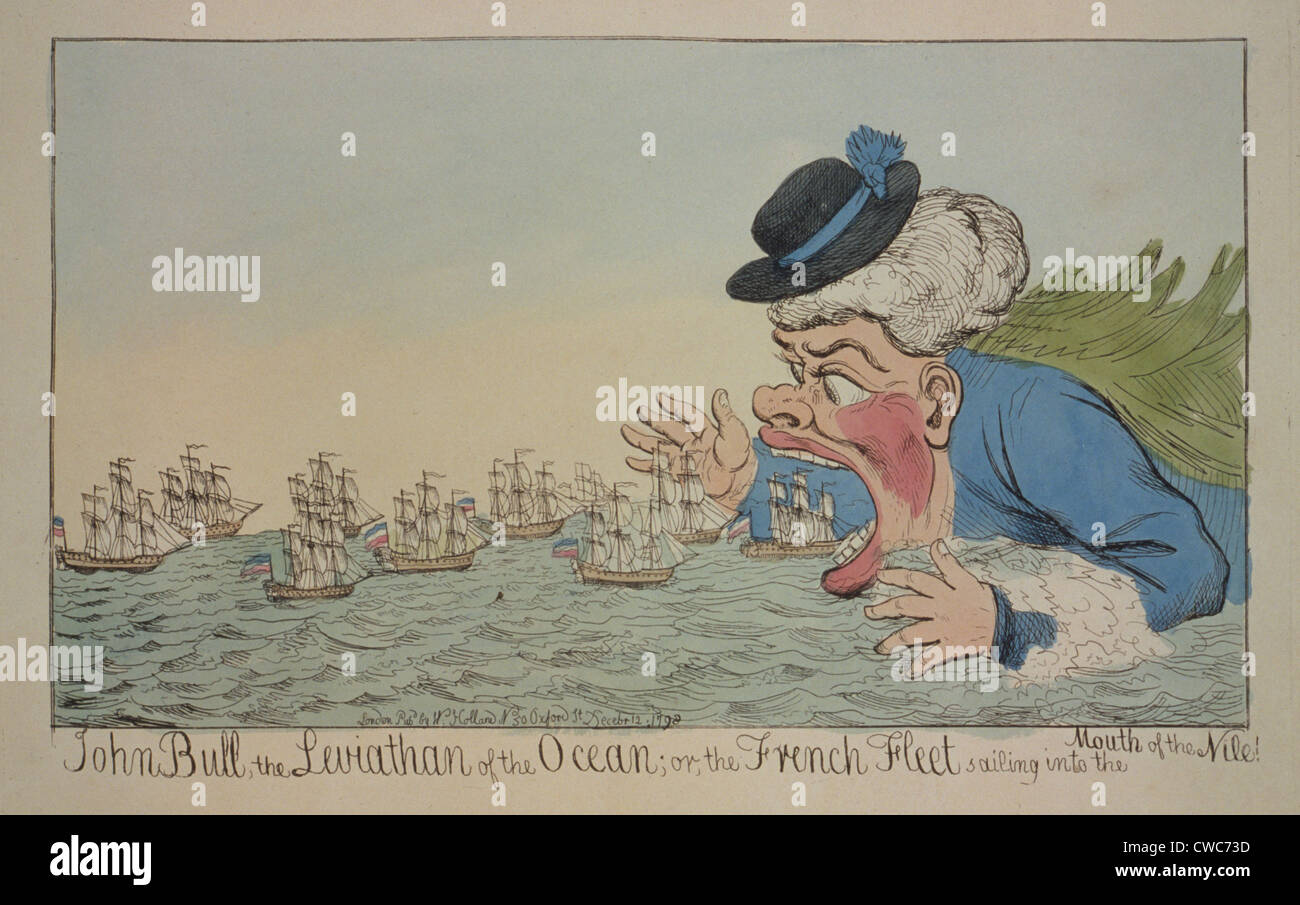 Cartoon depicting Napoleon's Egyptian expedition sailing into the mouth of John Bull. In the Battle of the Nile the British Stock Photohttps://www.alamy.com/image-license-details/?v=1https://www.alamy.com/stock-photo-cartoon-depicting-napoleons-egyptian-expedition-sailing-into-the-mouth-50056145.html
Cartoon depicting Napoleon's Egyptian expedition sailing into the mouth of John Bull. In the Battle of the Nile the British Stock Photohttps://www.alamy.com/image-license-details/?v=1https://www.alamy.com/stock-photo-cartoon-depicting-napoleons-egyptian-expedition-sailing-into-the-mouth-50056145.htmlRMCWC73D–Cartoon depicting Napoleon's Egyptian expedition sailing into the mouth of John Bull. In the Battle of the Nile the British
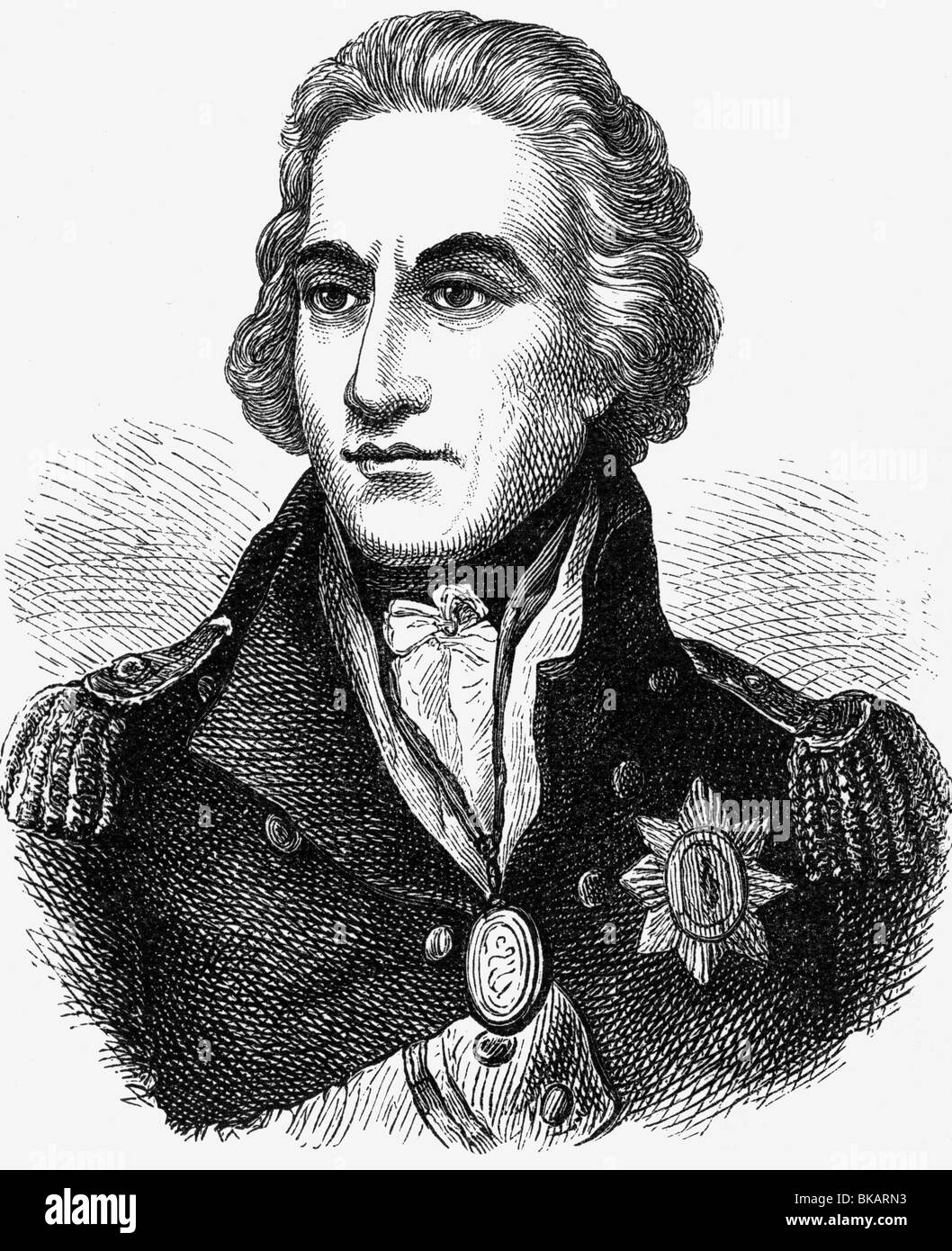 Nelson, Horatio, 29.9.1758 - 21.10.1805, British admiral, portrait, wood engraving, 19th century, , Stock Photohttps://www.alamy.com/image-license-details/?v=1https://www.alamy.com/stock-photo-nelson-horatio-2991758-21101805-british-admiral-portrait-wood-engraving-29126975.html
Nelson, Horatio, 29.9.1758 - 21.10.1805, British admiral, portrait, wood engraving, 19th century, , Stock Photohttps://www.alamy.com/image-license-details/?v=1https://www.alamy.com/stock-photo-nelson-horatio-2991758-21101805-british-admiral-portrait-wood-engraving-29126975.htmlRMBKARN3–Nelson, Horatio, 29.9.1758 - 21.10.1805, British admiral, portrait, wood engraving, 19th century, ,
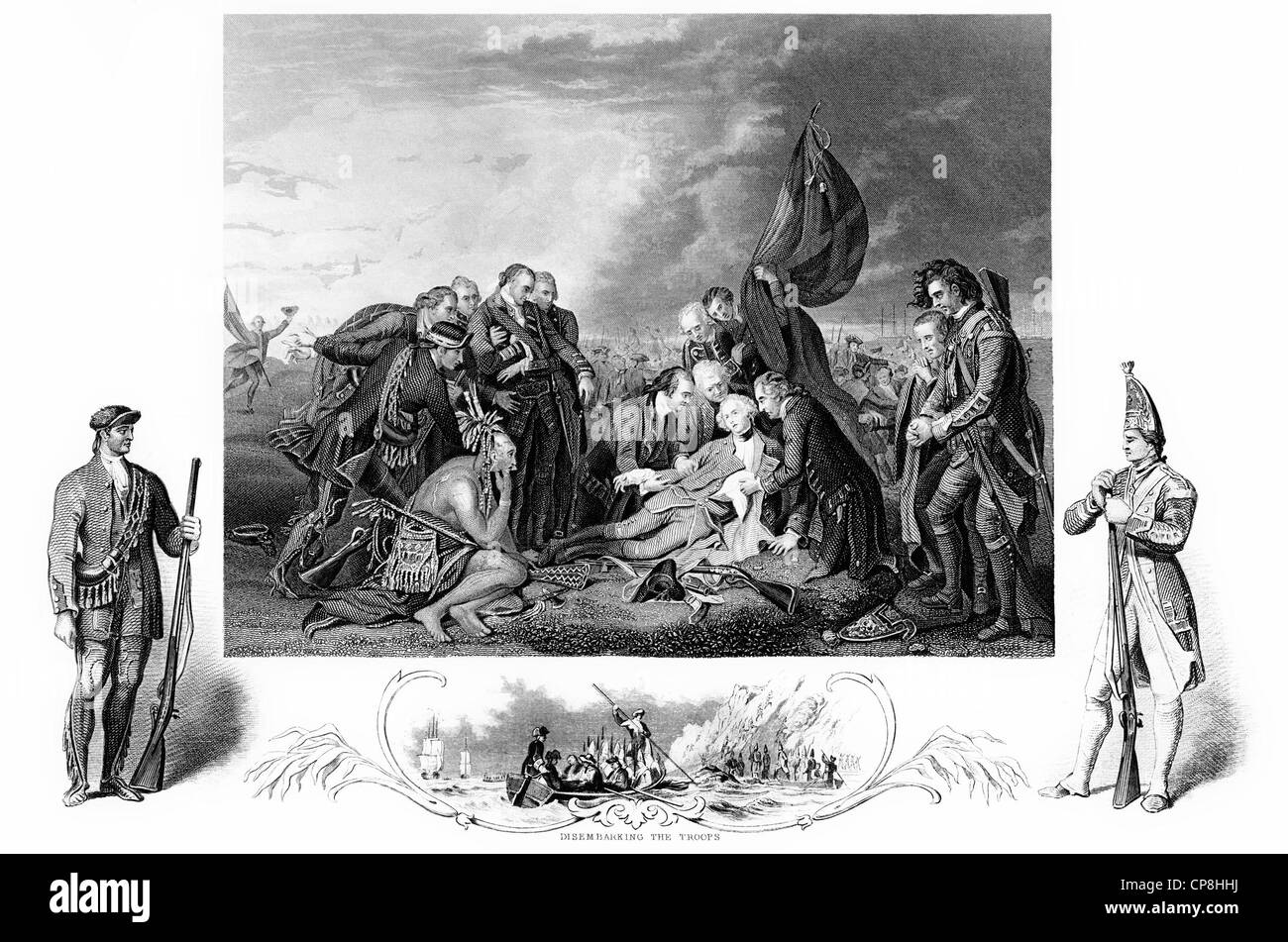 engraving from the 18th Century, 1775, The Battle of the Plains of Abraham, death of General Wolfe, Benjamin West, Major General Stock Photohttps://www.alamy.com/image-license-details/?v=1https://www.alamy.com/stock-photo-engraving-from-the-18th-century-1775-the-battle-of-the-plains-of-abraham-48132606.html
engraving from the 18th Century, 1775, The Battle of the Plains of Abraham, death of General Wolfe, Benjamin West, Major General Stock Photohttps://www.alamy.com/image-license-details/?v=1https://www.alamy.com/stock-photo-engraving-from-the-18th-century-1775-the-battle-of-the-plains-of-abraham-48132606.htmlRFCP8HHJ–engraving from the 18th Century, 1775, The Battle of the Plains of Abraham, death of General Wolfe, Benjamin West, Major General
 Page from the Newgate calendar, Captain Innis killed in a duel by Captain Clarke, 18th Century pistol duelling, History of Crime, Vintage illustration Stock Photohttps://www.alamy.com/image-license-details/?v=1https://www.alamy.com/page-from-the-newgate-calendar-captain-innis-killed-in-a-duel-by-captain-clarke-18th-century-pistol-duelling-history-of-crime-vintage-illustration-image552618459.html
Page from the Newgate calendar, Captain Innis killed in a duel by Captain Clarke, 18th Century pistol duelling, History of Crime, Vintage illustration Stock Photohttps://www.alamy.com/image-license-details/?v=1https://www.alamy.com/page-from-the-newgate-calendar-captain-innis-killed-in-a-duel-by-captain-clarke-18th-century-pistol-duelling-history-of-crime-vintage-illustration-image552618459.htmlRM2R31XDF–Page from the Newgate calendar, Captain Innis killed in a duel by Captain Clarke, 18th Century pistol duelling, History of Crime, Vintage illustration
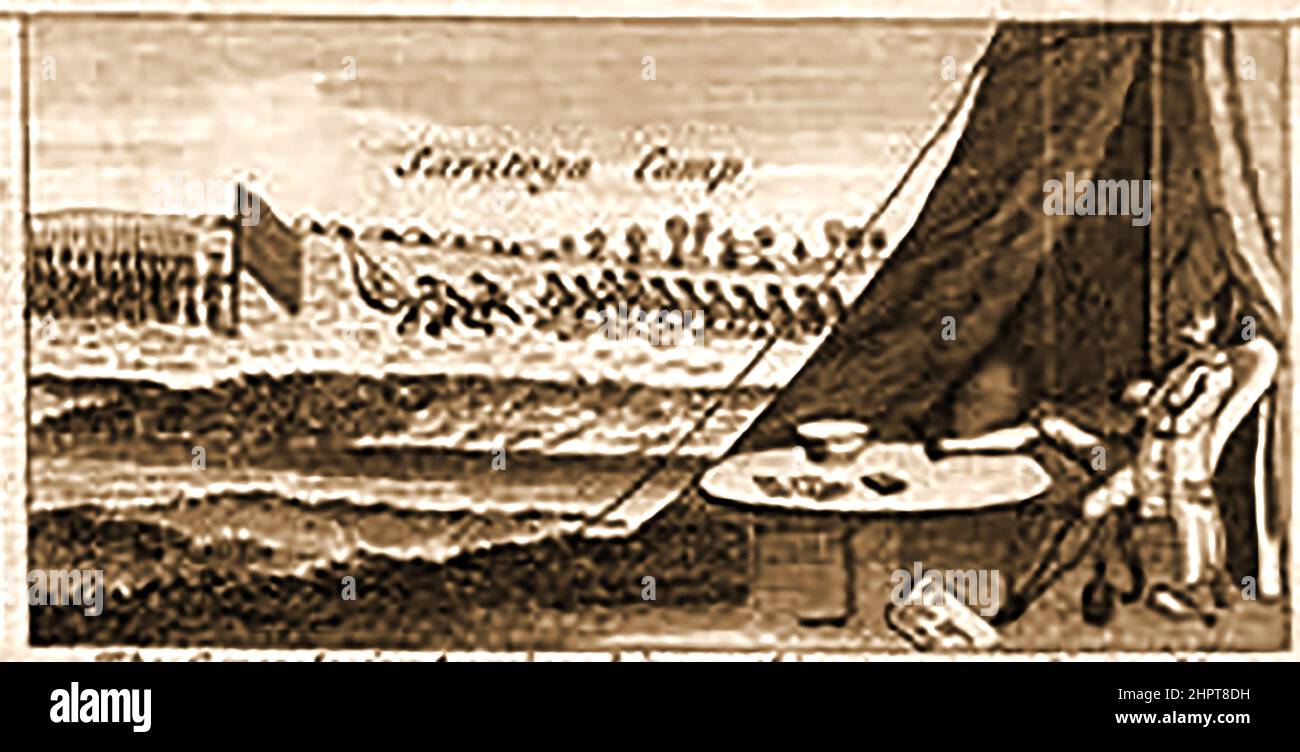 A small British political propaganda cartoon of 1779 entitled 'The American Generals Doing Nothing, or More than Nothing' at Saratoga Camp. It illustrated the British view of the American Revolutionary War 1775–1783 between Great Britain and the Thirteen Colonies that gained independence and became the United States of America. Battles of Saratoga proved a major turning point in the American Revolutionary War Stock Photohttps://www.alamy.com/image-license-details/?v=1https://www.alamy.com/a-small-british-political-propaganda-cartoon-of-1779-entitled-the-american-generals-doing-nothing-or-more-than-nothing-at-saratoga-camp-it-illustrated-the-british-view-of-the-american-revolutionary-war-17751783-between-great-britain-and-the-thirteen-colonies-that-gained-independence-and-became-the-united-states-of-america-battles-of-saratoga-proved-a-major-turning-point-in-the-american-revolutionary-war-image461525501.html
A small British political propaganda cartoon of 1779 entitled 'The American Generals Doing Nothing, or More than Nothing' at Saratoga Camp. It illustrated the British view of the American Revolutionary War 1775–1783 between Great Britain and the Thirteen Colonies that gained independence and became the United States of America. Battles of Saratoga proved a major turning point in the American Revolutionary War Stock Photohttps://www.alamy.com/image-license-details/?v=1https://www.alamy.com/a-small-british-political-propaganda-cartoon-of-1779-entitled-the-american-generals-doing-nothing-or-more-than-nothing-at-saratoga-camp-it-illustrated-the-british-view-of-the-american-revolutionary-war-17751783-between-great-britain-and-the-thirteen-colonies-that-gained-independence-and-became-the-united-states-of-america-battles-of-saratoga-proved-a-major-turning-point-in-the-american-revolutionary-war-image461525501.htmlRM2HPT8DH–A small British political propaganda cartoon of 1779 entitled 'The American Generals Doing Nothing, or More than Nothing' at Saratoga Camp. It illustrated the British view of the American Revolutionary War 1775–1783 between Great Britain and the Thirteen Colonies that gained independence and became the United States of America. Battles of Saratoga proved a major turning point in the American Revolutionary War
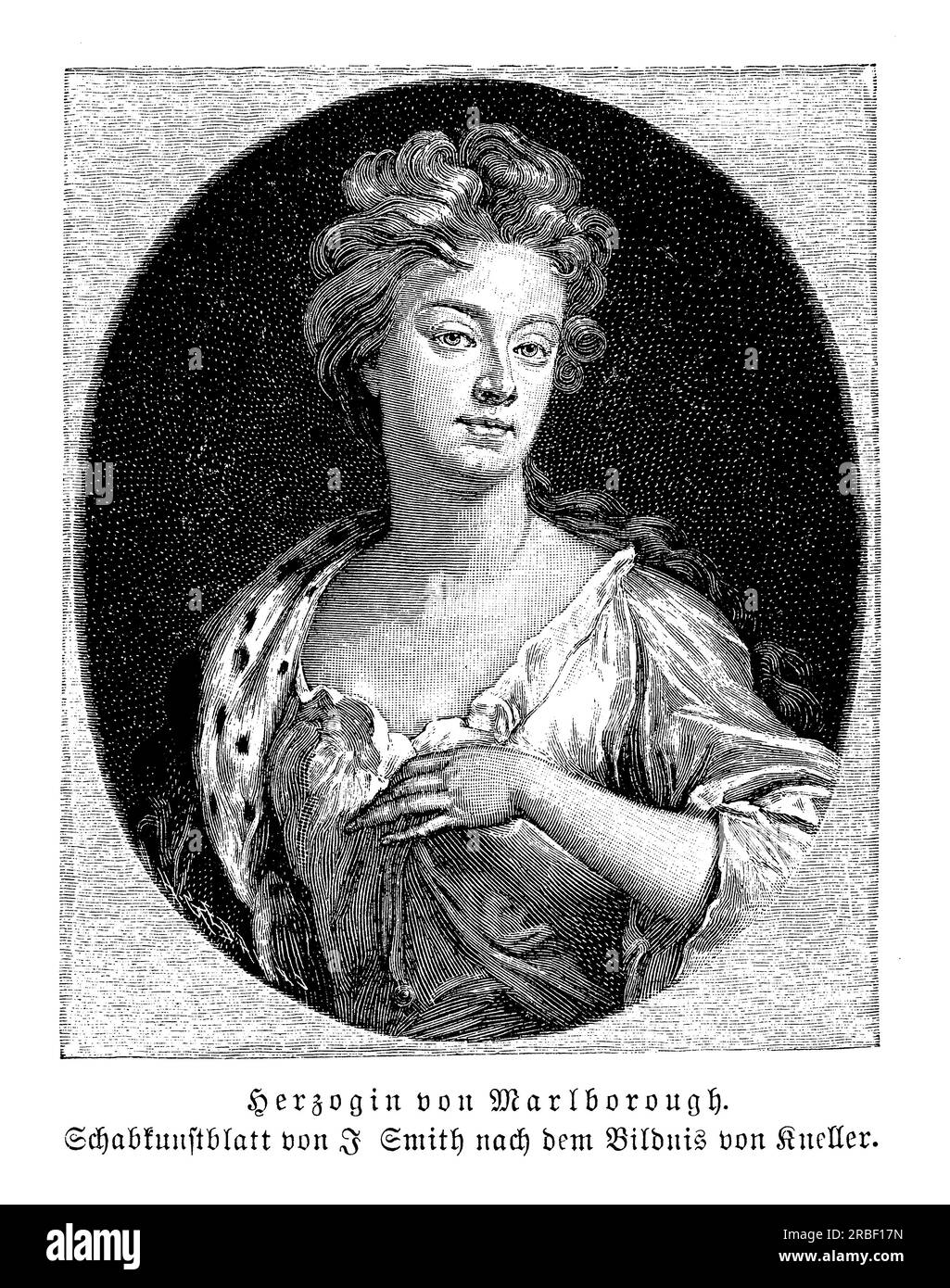 The Duchess of Marlborough, Sarah Churchill, was the wife of John Churchill, 1st Duke of Marlborough, and a prominent figure in British society during the early 18th century. She was known for her close friendship with Queen Anne, who appointed her as the Keeper of the Privy Purse and the Groom of the Stole. Sarah was also a shrewd political operator and played a key role in her husband's career, helping him to secure military commissions and political appointments. Despite her many accomplishments, Sarah was a controversial figure, and she faced criticism from political opponents and personal Stock Photohttps://www.alamy.com/image-license-details/?v=1https://www.alamy.com/the-duchess-of-marlborough-sarah-churchill-was-the-wife-of-john-churchill-1st-duke-of-marlborough-and-a-prominent-figure-in-british-society-during-the-early-18th-century-she-was-known-for-her-close-friendship-with-queen-anne-who-appointed-her-as-the-keeper-of-the-privy-purse-and-the-groom-of-the-stole-sarah-was-also-a-shrewd-political-operator-and-played-a-key-role-in-her-husbands-career-helping-him-to-secure-military-commissions-and-political-appointments-despite-her-many-accomplishments-sarah-was-a-controversial-figure-and-she-faced-criticism-from-political-opponents-and-personal-image557823273.html
The Duchess of Marlborough, Sarah Churchill, was the wife of John Churchill, 1st Duke of Marlborough, and a prominent figure in British society during the early 18th century. She was known for her close friendship with Queen Anne, who appointed her as the Keeper of the Privy Purse and the Groom of the Stole. Sarah was also a shrewd political operator and played a key role in her husband's career, helping him to secure military commissions and political appointments. Despite her many accomplishments, Sarah was a controversial figure, and she faced criticism from political opponents and personal Stock Photohttps://www.alamy.com/image-license-details/?v=1https://www.alamy.com/the-duchess-of-marlborough-sarah-churchill-was-the-wife-of-john-churchill-1st-duke-of-marlborough-and-a-prominent-figure-in-british-society-during-the-early-18th-century-she-was-known-for-her-close-friendship-with-queen-anne-who-appointed-her-as-the-keeper-of-the-privy-purse-and-the-groom-of-the-stole-sarah-was-also-a-shrewd-political-operator-and-played-a-key-role-in-her-husbands-career-helping-him-to-secure-military-commissions-and-political-appointments-despite-her-many-accomplishments-sarah-was-a-controversial-figure-and-she-faced-criticism-from-political-opponents-and-personal-image557823273.htmlRM2RBF17N–The Duchess of Marlborough, Sarah Churchill, was the wife of John Churchill, 1st Duke of Marlborough, and a prominent figure in British society during the early 18th century. She was known for her close friendship with Queen Anne, who appointed her as the Keeper of the Privy Purse and the Groom of the Stole. Sarah was also a shrewd political operator and played a key role in her husband's career, helping him to secure military commissions and political appointments. Despite her many accomplishments, Sarah was a controversial figure, and she faced criticism from political opponents and personal
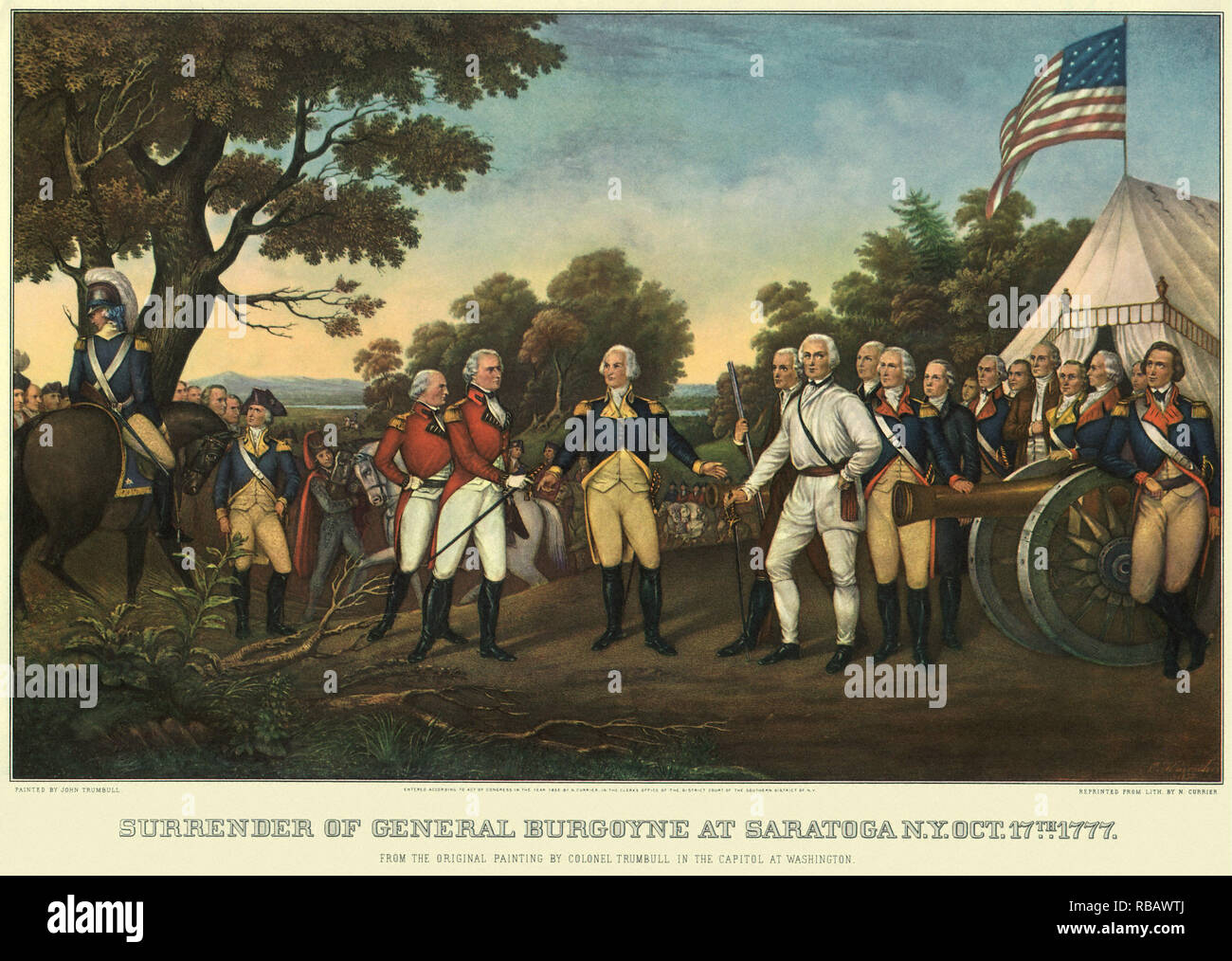 Surrender of General Burgoyne at Saratoga NY, Oct. 17th 1777. Stock Photohttps://www.alamy.com/image-license-details/?v=1https://www.alamy.com/surrender-of-general-burgoyne-at-saratoga-ny-oct-17th-1777-image230735810.html
Surrender of General Burgoyne at Saratoga NY, Oct. 17th 1777. Stock Photohttps://www.alamy.com/image-license-details/?v=1https://www.alamy.com/surrender-of-general-burgoyne-at-saratoga-ny-oct-17th-1777-image230735810.htmlRMRBAWTJ–Surrender of General Burgoyne at Saratoga NY, Oct. 17th 1777.
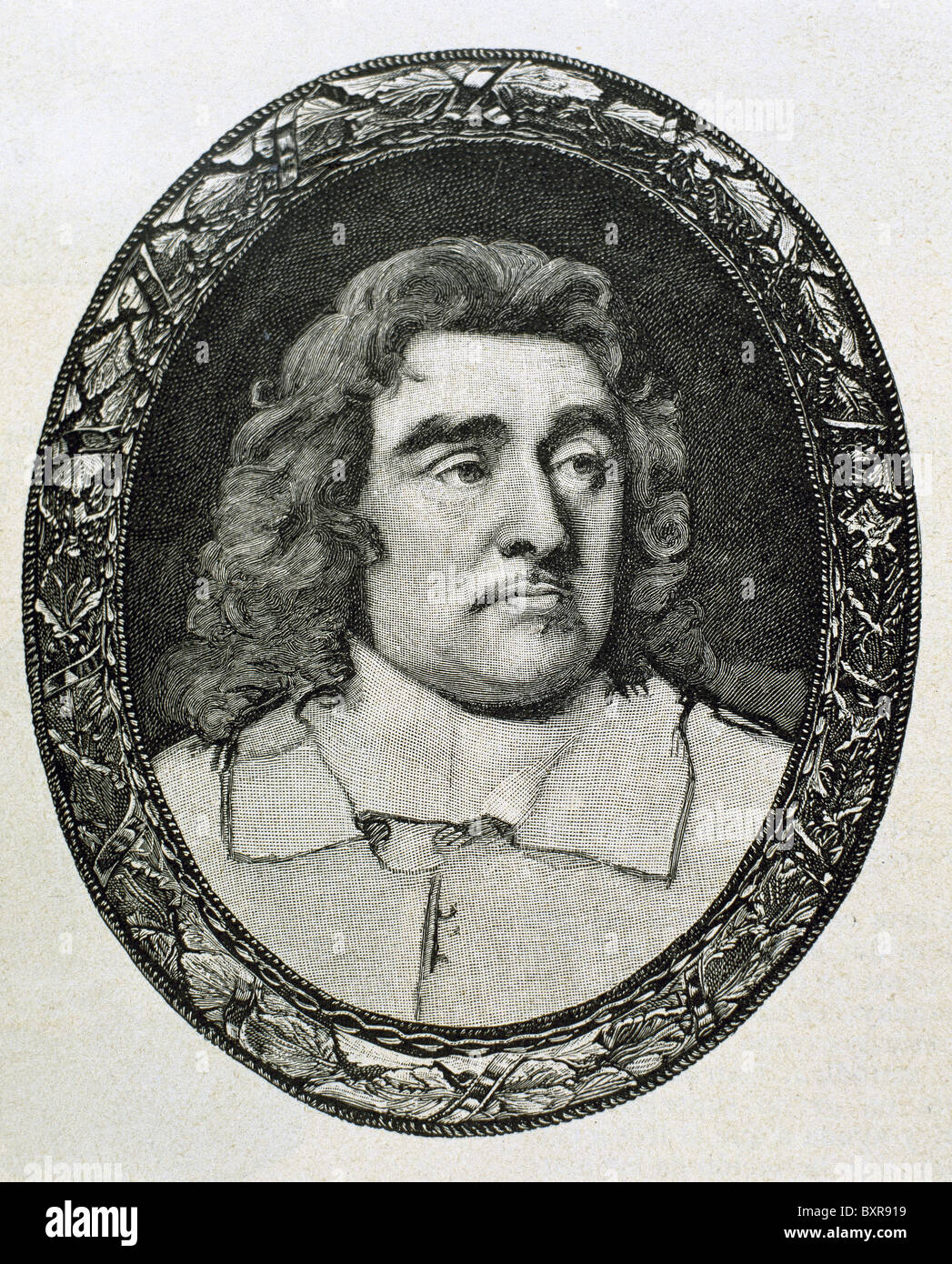 George Keppel, Earl of Albemarle (1724-1772). British military. Stock Photohttps://www.alamy.com/image-license-details/?v=1https://www.alamy.com/stock-photo-george-keppel-earl-of-albemarle-1724-1772-british-military-33703413.html
George Keppel, Earl of Albemarle (1724-1772). British military. Stock Photohttps://www.alamy.com/image-license-details/?v=1https://www.alamy.com/stock-photo-george-keppel-earl-of-albemarle-1724-1772-british-military-33703413.htmlRMBXR919–George Keppel, Earl of Albemarle (1724-1772). British military.
 18'th century British soldier reenactor demonstrating the loading and firing steps for a musket at Fort Niagara State Park in New York Stock Photohttps://www.alamy.com/image-license-details/?v=1https://www.alamy.com/18th-century-british-soldier-reenactor-demonstrating-the-loading-and-firing-steps-for-a-musket-at-fort-niagara-state-park-in-new-york-image230670452.html
18'th century British soldier reenactor demonstrating the loading and firing steps for a musket at Fort Niagara State Park in New York Stock Photohttps://www.alamy.com/image-license-details/?v=1https://www.alamy.com/18th-century-british-soldier-reenactor-demonstrating-the-loading-and-firing-steps-for-a-musket-at-fort-niagara-state-park-in-new-york-image230670452.htmlRMRB7XEC–18'th century British soldier reenactor demonstrating the loading and firing steps for a musket at Fort Niagara State Park in New York
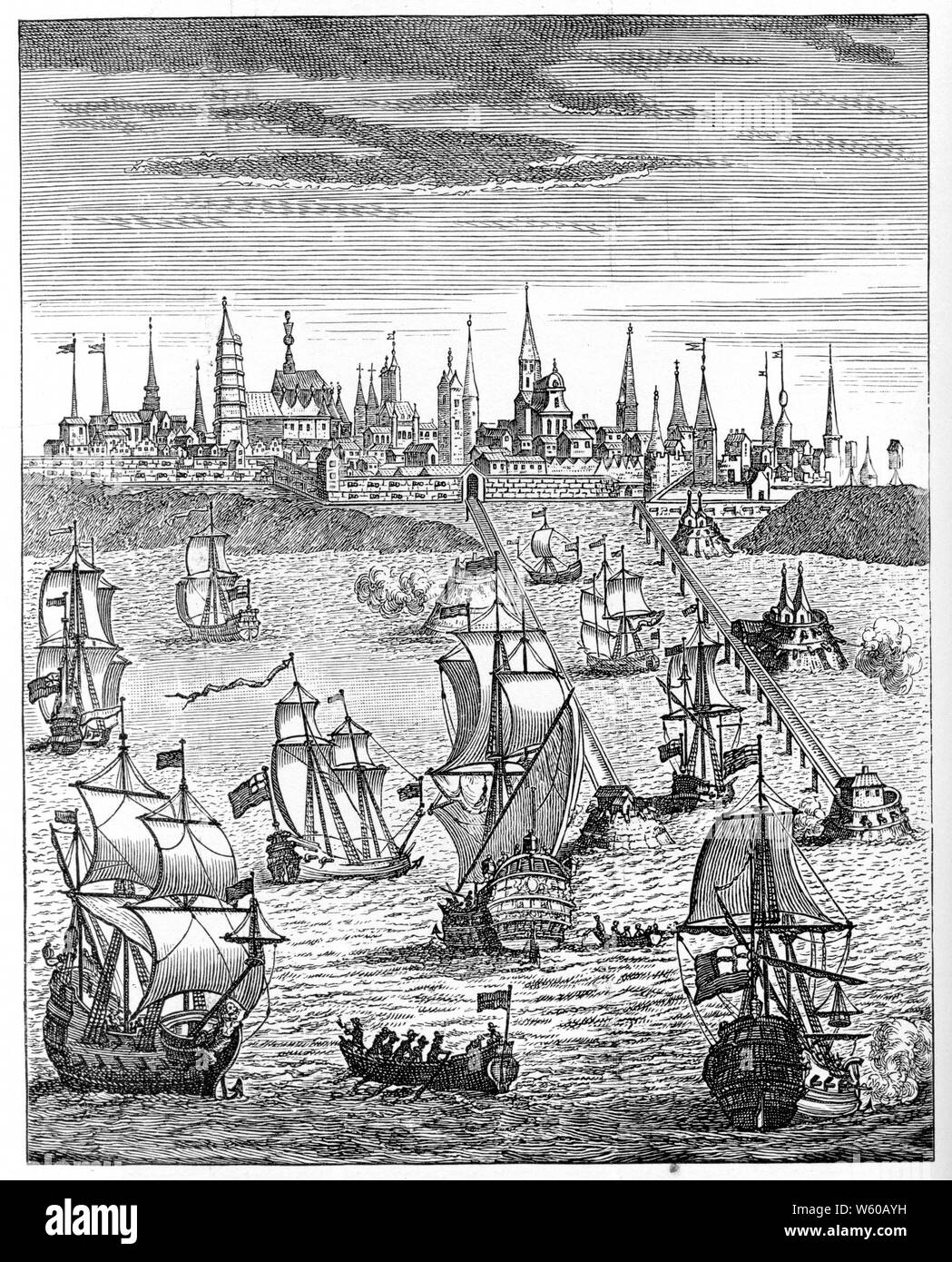 English squadron carrying troops to take possession of Dunkirk. From the 'History of Queen Anne', 1740. Stock Photohttps://www.alamy.com/image-license-details/?v=1https://www.alamy.com/english-squadron-carrying-troops-to-take-possession-of-dunkirk-from-the-history-of-queen-anne-1740-image261852069.html
English squadron carrying troops to take possession of Dunkirk. From the 'History of Queen Anne', 1740. Stock Photohttps://www.alamy.com/image-license-details/?v=1https://www.alamy.com/english-squadron-carrying-troops-to-take-possession-of-dunkirk-from-the-history-of-queen-anne-1740-image261852069.htmlRMW60AYH–English squadron carrying troops to take possession of Dunkirk. From the 'History of Queen Anne', 1740.
 John Churchill 1st Duke of Marlborough (1650-1722) English soldier. In supreme command of British and Dutch forces during the War of the Spanish Succession (1701-1714). Stock Photohttps://www.alamy.com/image-license-details/?v=1https://www.alamy.com/john-churchill-1st-duke-of-marlborough-1650-1722-english-soldier-in-supreme-command-of-british-and-dutch-forces-during-the-war-of-the-spanish-succession-1701-1714-image225043656.html
John Churchill 1st Duke of Marlborough (1650-1722) English soldier. In supreme command of British and Dutch forces during the War of the Spanish Succession (1701-1714). Stock Photohttps://www.alamy.com/image-license-details/?v=1https://www.alamy.com/john-churchill-1st-duke-of-marlborough-1650-1722-english-soldier-in-supreme-command-of-british-and-dutch-forces-during-the-war-of-the-spanish-succession-1701-1714-image225043656.htmlRMR23HDC–John Churchill 1st Duke of Marlborough (1650-1722) English soldier. In supreme command of British and Dutch forces during the War of the Spanish Succession (1701-1714).
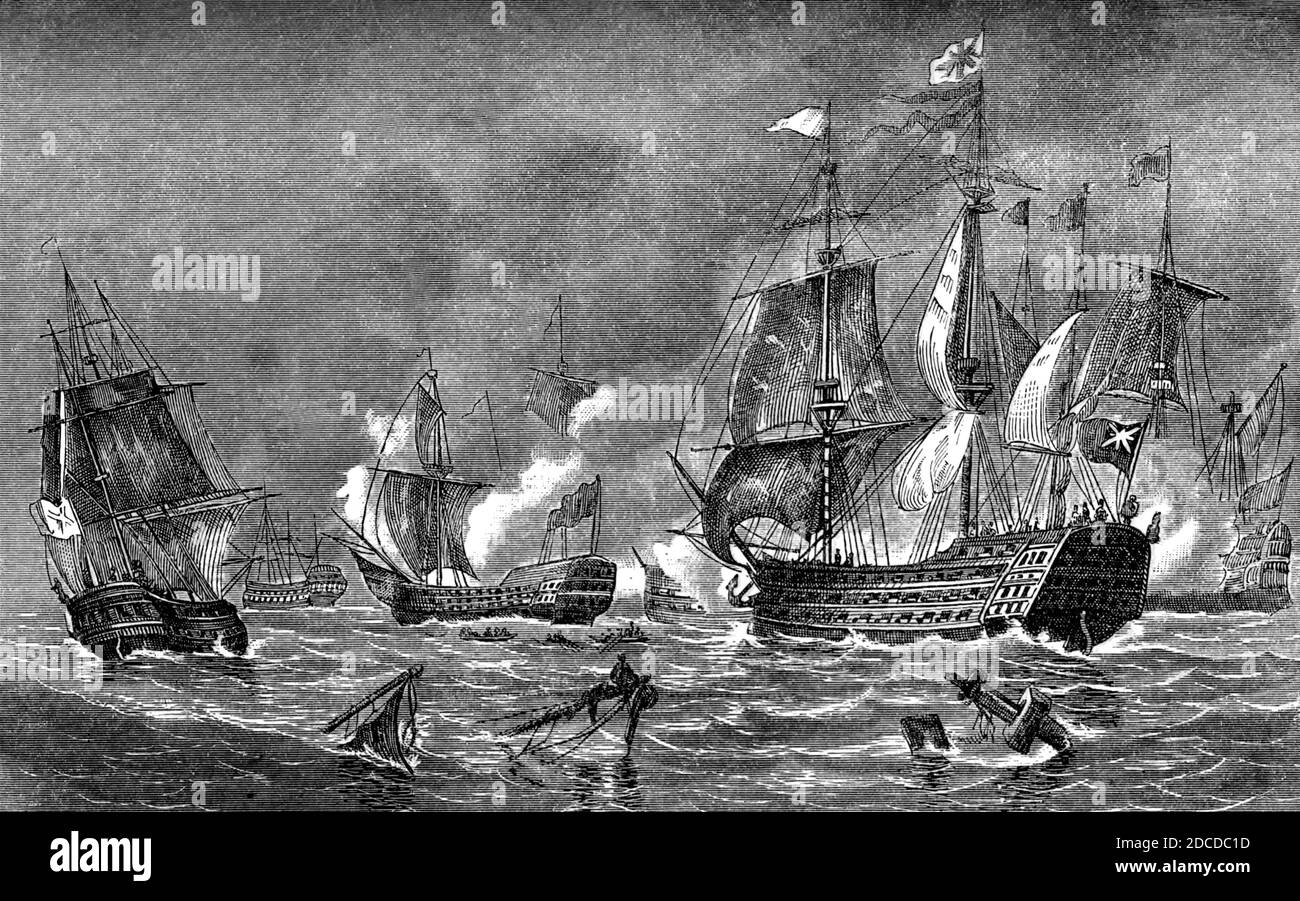 Battle of Cape St Vincent, 1797 Stock Photohttps://www.alamy.com/image-license-details/?v=1https://www.alamy.com/battle-of-cape-st-vincent-1797-image386298793.html
Battle of Cape St Vincent, 1797 Stock Photohttps://www.alamy.com/image-license-details/?v=1https://www.alamy.com/battle-of-cape-st-vincent-1797-image386298793.htmlRF2DCDC1D–Battle of Cape St Vincent, 1797
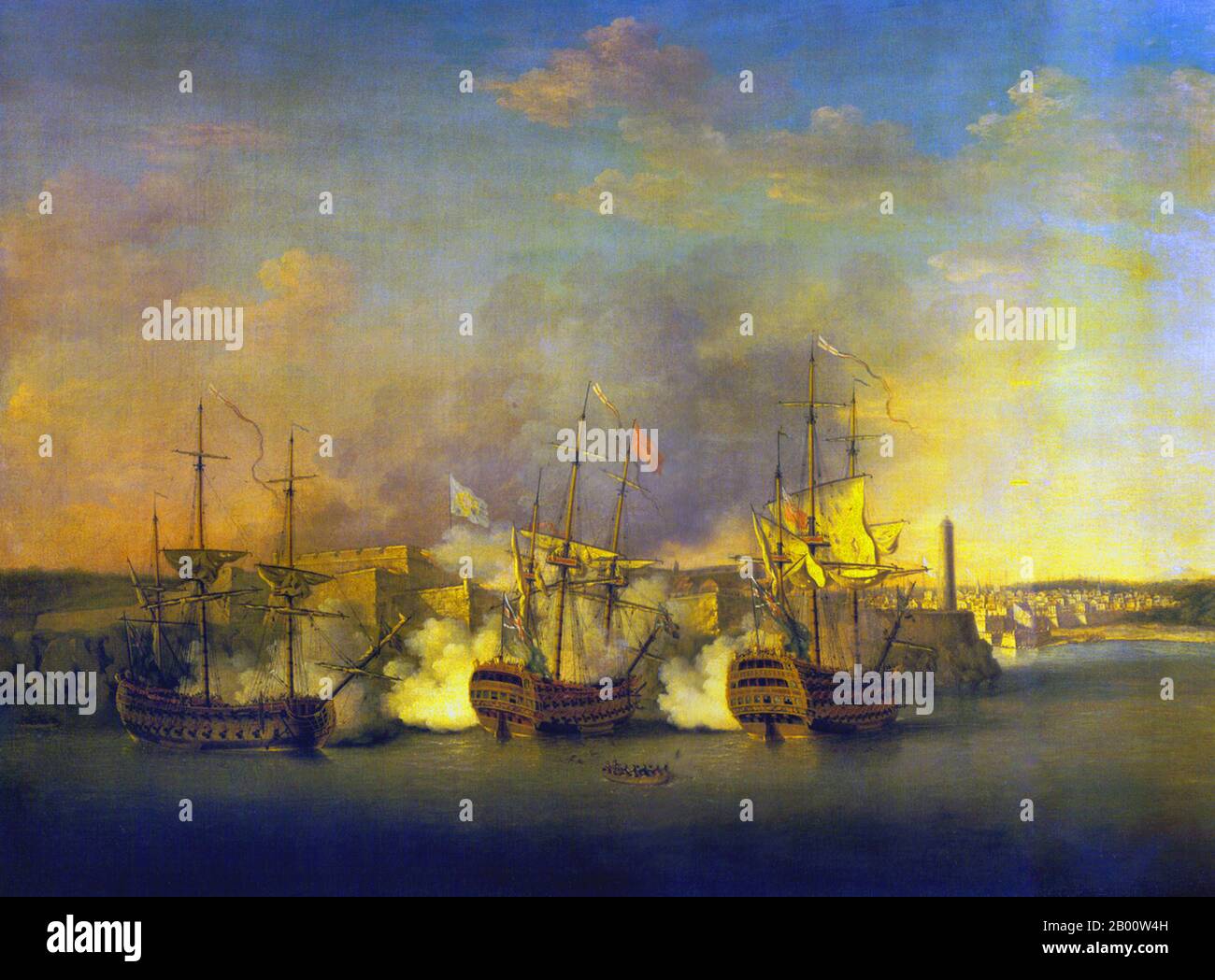 Cuba: 'The Bombardment of El-Morro Castle, 1 July 1762'. Oil on canvas painting by Richard Patton (1717-1791), mid-18th century. The Battle of Havana (1762) was a military action from March to August 1762, as part of the Seven Years' War. British forces besieged and captured the city of Havana, which at the time was an important Spanish naval base in the Caribbean, and dealt a serious blow to the Spanish navy. Havana was subsequently returned to Spain under the 1763 Treaty of Paris that formally ended the war. Stock Photohttps://www.alamy.com/image-license-details/?v=1https://www.alamy.com/cuba-the-bombardment-of-el-morro-castle-1-july-1762-oil-on-canvas-painting-by-richard-patton-1717-1791-mid-18th-century-the-battle-of-havana-1762-was-a-military-action-from-march-to-august-1762-as-part-of-the-seven-years-war-british-forces-besieged-and-captured-the-city-of-havana-which-at-the-time-was-an-important-spanish-naval-base-in-the-caribbean-and-dealt-a-serious-blow-to-the-spanish-navy-havana-was-subsequently-returned-to-spain-under-the-1763-treaty-of-paris-that-formally-ended-the-war-image344227089.html
Cuba: 'The Bombardment of El-Morro Castle, 1 July 1762'. Oil on canvas painting by Richard Patton (1717-1791), mid-18th century. The Battle of Havana (1762) was a military action from March to August 1762, as part of the Seven Years' War. British forces besieged and captured the city of Havana, which at the time was an important Spanish naval base in the Caribbean, and dealt a serious blow to the Spanish navy. Havana was subsequently returned to Spain under the 1763 Treaty of Paris that formally ended the war. Stock Photohttps://www.alamy.com/image-license-details/?v=1https://www.alamy.com/cuba-the-bombardment-of-el-morro-castle-1-july-1762-oil-on-canvas-painting-by-richard-patton-1717-1791-mid-18th-century-the-battle-of-havana-1762-was-a-military-action-from-march-to-august-1762-as-part-of-the-seven-years-war-british-forces-besieged-and-captured-the-city-of-havana-which-at-the-time-was-an-important-spanish-naval-base-in-the-caribbean-and-dealt-a-serious-blow-to-the-spanish-navy-havana-was-subsequently-returned-to-spain-under-the-1763-treaty-of-paris-that-formally-ended-the-war-image344227089.htmlRM2B00W4H–Cuba: 'The Bombardment of El-Morro Castle, 1 July 1762'. Oil on canvas painting by Richard Patton (1717-1791), mid-18th century. The Battle of Havana (1762) was a military action from March to August 1762, as part of the Seven Years' War. British forces besieged and captured the city of Havana, which at the time was an important Spanish naval base in the Caribbean, and dealt a serious blow to the Spanish navy. Havana was subsequently returned to Spain under the 1763 Treaty of Paris that formally ended the war.
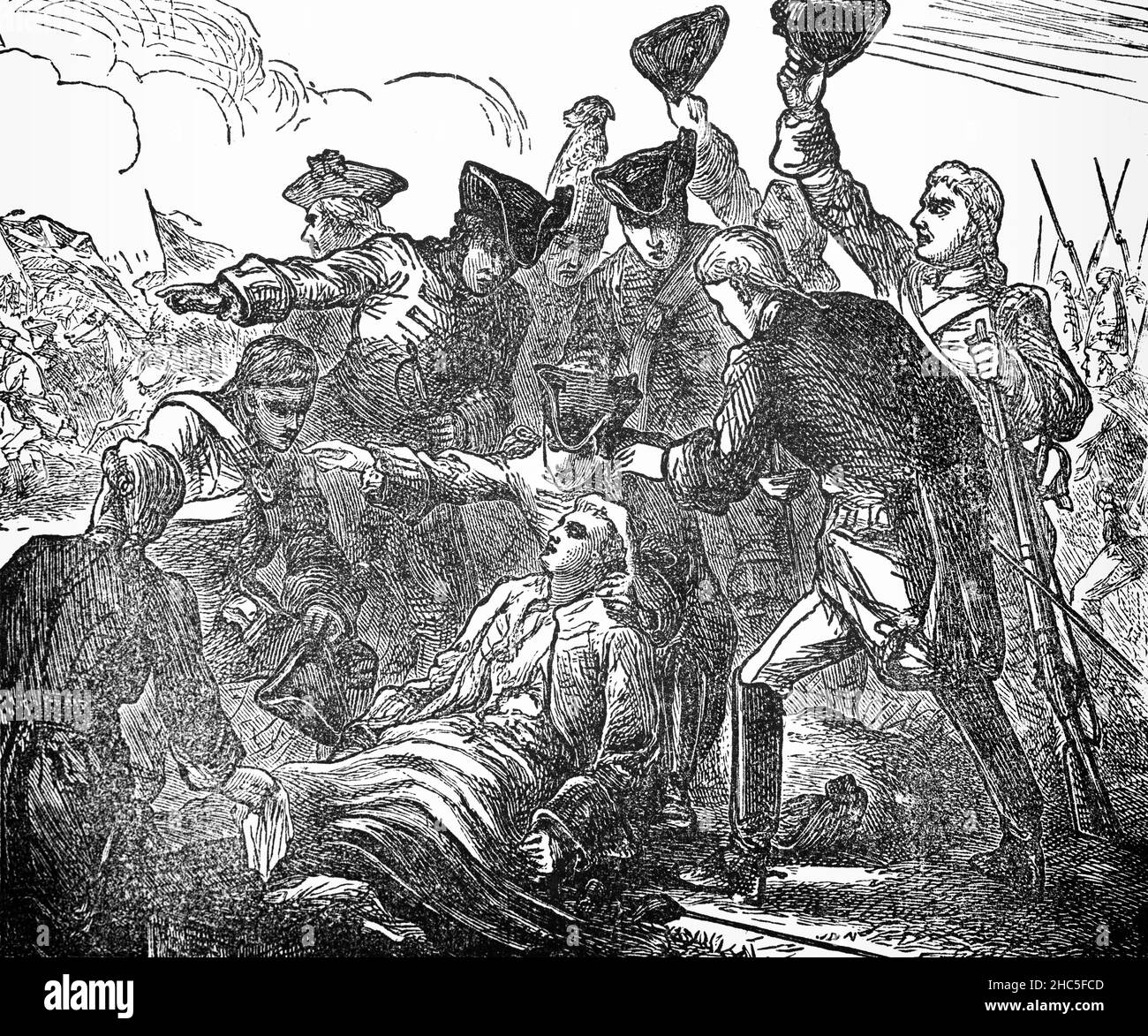 A late 19th Century illustration of the death of Major-General James Wolfe (1727-1759), a British Army officer remembered chiefly for his victory in 1759 over the French at the Battle of the Plains of Abraham in Quebec. Wolfe led 4,400 men in an amphibious landing at the base of the cliffs west of Quebec along the St. Lawrence River. His army scaled the 200-metre cliff from the river and surprised the French under the command of the Marquis de Montcalm, who thought the cliff would be unclimbable and were defeated after fifteen minutes of battle, during which Wolfe was shot and died. Stock Photohttps://www.alamy.com/image-license-details/?v=1https://www.alamy.com/a-late-19th-century-illustration-of-the-death-of-major-general-james-wolfe-1727-1759-a-british-army-officer-remembered-chiefly-for-his-victory-in-1759-over-the-french-at-the-battle-of-the-plains-of-abraham-in-quebec-wolfe-led-4400-men-in-an-amphibious-landing-at-the-base-of-the-cliffs-west-of-quebec-along-the-st-lawrence-river-his-army-scaled-the-200-metre-cliff-from-the-river-and-surprised-the-french-under-the-command-of-the-marquis-de-montcalm-who-thought-the-cliff-would-be-unclimbable-and-were-defeated-after-fifteen-minutes-of-battle-during-which-wolfe-was-shot-and-died-image454967309.html
A late 19th Century illustration of the death of Major-General James Wolfe (1727-1759), a British Army officer remembered chiefly for his victory in 1759 over the French at the Battle of the Plains of Abraham in Quebec. Wolfe led 4,400 men in an amphibious landing at the base of the cliffs west of Quebec along the St. Lawrence River. His army scaled the 200-metre cliff from the river and surprised the French under the command of the Marquis de Montcalm, who thought the cliff would be unclimbable and were defeated after fifteen minutes of battle, during which Wolfe was shot and died. Stock Photohttps://www.alamy.com/image-license-details/?v=1https://www.alamy.com/a-late-19th-century-illustration-of-the-death-of-major-general-james-wolfe-1727-1759-a-british-army-officer-remembered-chiefly-for-his-victory-in-1759-over-the-french-at-the-battle-of-the-plains-of-abraham-in-quebec-wolfe-led-4400-men-in-an-amphibious-landing-at-the-base-of-the-cliffs-west-of-quebec-along-the-st-lawrence-river-his-army-scaled-the-200-metre-cliff-from-the-river-and-surprised-the-french-under-the-command-of-the-marquis-de-montcalm-who-thought-the-cliff-would-be-unclimbable-and-were-defeated-after-fifteen-minutes-of-battle-during-which-wolfe-was-shot-and-died-image454967309.htmlRM2HC5FCD–A late 19th Century illustration of the death of Major-General James Wolfe (1727-1759), a British Army officer remembered chiefly for his victory in 1759 over the French at the Battle of the Plains of Abraham in Quebec. Wolfe led 4,400 men in an amphibious landing at the base of the cliffs west of Quebec along the St. Lawrence River. His army scaled the 200-metre cliff from the river and surprised the French under the command of the Marquis de Montcalm, who thought the cliff would be unclimbable and were defeated after fifteen minutes of battle, during which Wolfe was shot and died.
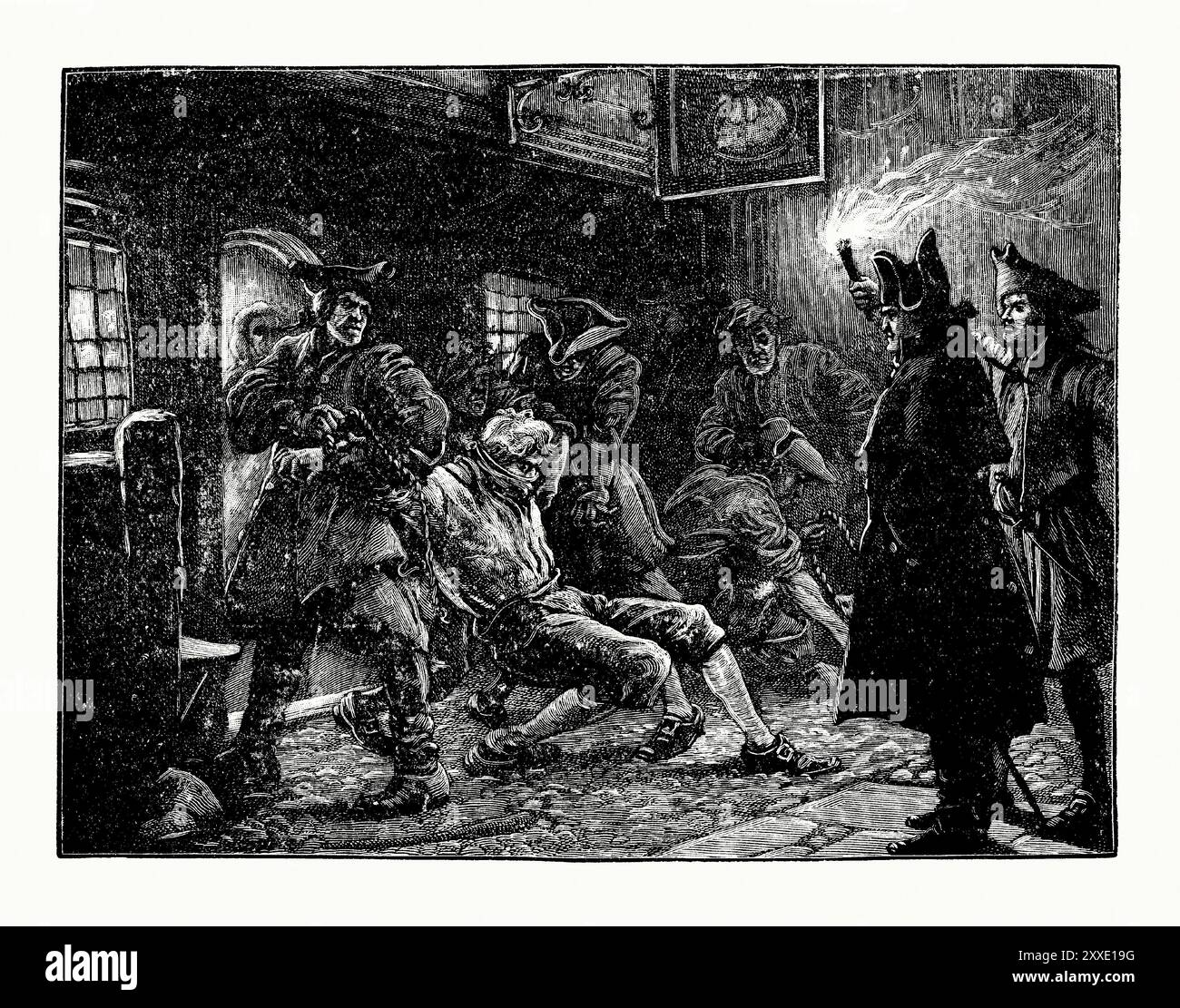 An old engraving of a ‘press gang’ in Britain in the 1770s. It is from a Victorian history book of c.1900. Impressment (‘the press’ or the ‘press gang’) was the forced conscription of men into the military, especially the navy, via intimidation and physical coercion, conducted by organised groups. European navies of several nations used impressment by various means. The large size of the British Royal Navy meant impressment was most commonly associated with Great Britain. The Royal Navy impressed many merchant sailors, as well as some sailors from other, mostly European, nations. Stock Photohttps://www.alamy.com/image-license-details/?v=1https://www.alamy.com/an-old-engraving-of-a-press-gang-in-britain-in-the-1770s-it-is-from-a-victorian-history-book-of-c1900-impressment-the-press-or-the-press-gang-was-the-forced-conscription-of-men-into-the-military-especially-the-navy-via-intimidation-and-physical-coercion-conducted-by-organised-groups-european-navies-of-several-nations-used-impressment-by-various-means-the-large-size-of-the-british-royal-navy-meant-impressment-was-most-commonly-associated-with-great-britain-the-royal-navy-impressed-many-merchant-sailors-as-well-as-some-sailors-from-other-mostly-european-nations-image618652316.html
An old engraving of a ‘press gang’ in Britain in the 1770s. It is from a Victorian history book of c.1900. Impressment (‘the press’ or the ‘press gang’) was the forced conscription of men into the military, especially the navy, via intimidation and physical coercion, conducted by organised groups. European navies of several nations used impressment by various means. The large size of the British Royal Navy meant impressment was most commonly associated with Great Britain. The Royal Navy impressed many merchant sailors, as well as some sailors from other, mostly European, nations. Stock Photohttps://www.alamy.com/image-license-details/?v=1https://www.alamy.com/an-old-engraving-of-a-press-gang-in-britain-in-the-1770s-it-is-from-a-victorian-history-book-of-c1900-impressment-the-press-or-the-press-gang-was-the-forced-conscription-of-men-into-the-military-especially-the-navy-via-intimidation-and-physical-coercion-conducted-by-organised-groups-european-navies-of-several-nations-used-impressment-by-various-means-the-large-size-of-the-british-royal-navy-meant-impressment-was-most-commonly-associated-with-great-britain-the-royal-navy-impressed-many-merchant-sailors-as-well-as-some-sailors-from-other-mostly-european-nations-image618652316.htmlRM2XXE19G–An old engraving of a ‘press gang’ in Britain in the 1770s. It is from a Victorian history book of c.1900. Impressment (‘the press’ or the ‘press gang’) was the forced conscription of men into the military, especially the navy, via intimidation and physical coercion, conducted by organised groups. European navies of several nations used impressment by various means. The large size of the British Royal Navy meant impressment was most commonly associated with Great Britain. The Royal Navy impressed many merchant sailors, as well as some sailors from other, mostly European, nations.
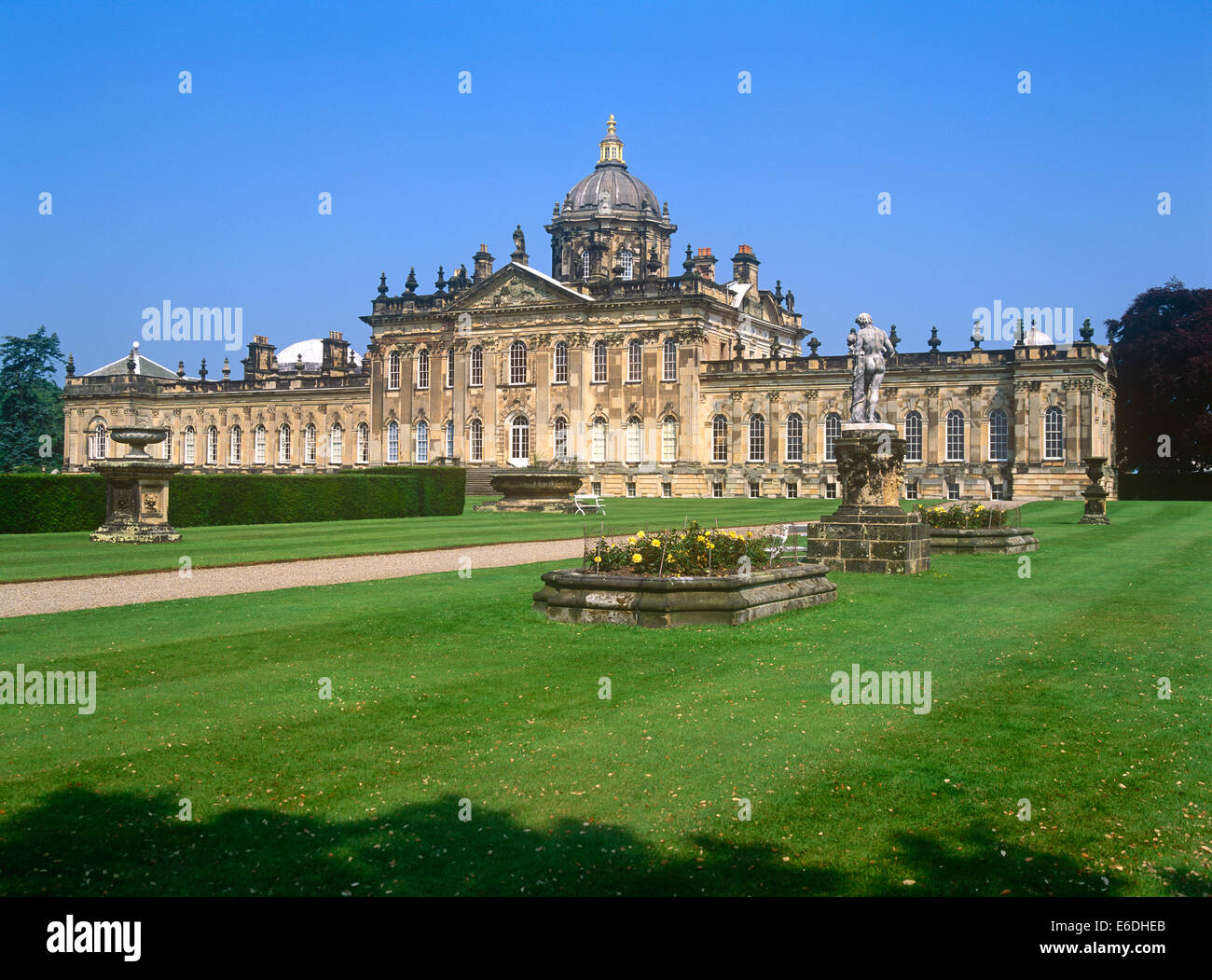 Castle howard 18th century palace coneysthorpe north yorkshire uk Stock Photohttps://www.alamy.com/image-license-details/?v=1https://www.alamy.com/stock-photo-castle-howard-18th-century-palace-coneysthorpe-north-yorkshire-uk-72828515.html
Castle howard 18th century palace coneysthorpe north yorkshire uk Stock Photohttps://www.alamy.com/image-license-details/?v=1https://www.alamy.com/stock-photo-castle-howard-18th-century-palace-coneysthorpe-north-yorkshire-uk-72828515.htmlRFE6DHEB–Castle howard 18th century palace coneysthorpe north yorkshire uk
 18th century Old Spey Bridge over the River Spey at Grantown-on-Spey, Moray, Highland, Scotland, UK Stock Photohttps://www.alamy.com/image-license-details/?v=1https://www.alamy.com/18th-century-old-spey-bridge-over-the-river-spey-at-grantown-on-spey-moray-highland-scotland-uk-image211140921.html
18th century Old Spey Bridge over the River Spey at Grantown-on-Spey, Moray, Highland, Scotland, UK Stock Photohttps://www.alamy.com/image-license-details/?v=1https://www.alamy.com/18th-century-old-spey-bridge-over-the-river-spey-at-grantown-on-spey-moray-highland-scotland-uk-image211140921.htmlRMP7E8B5–18th century Old Spey Bridge over the River Spey at Grantown-on-Spey, Moray, Highland, Scotland, UK
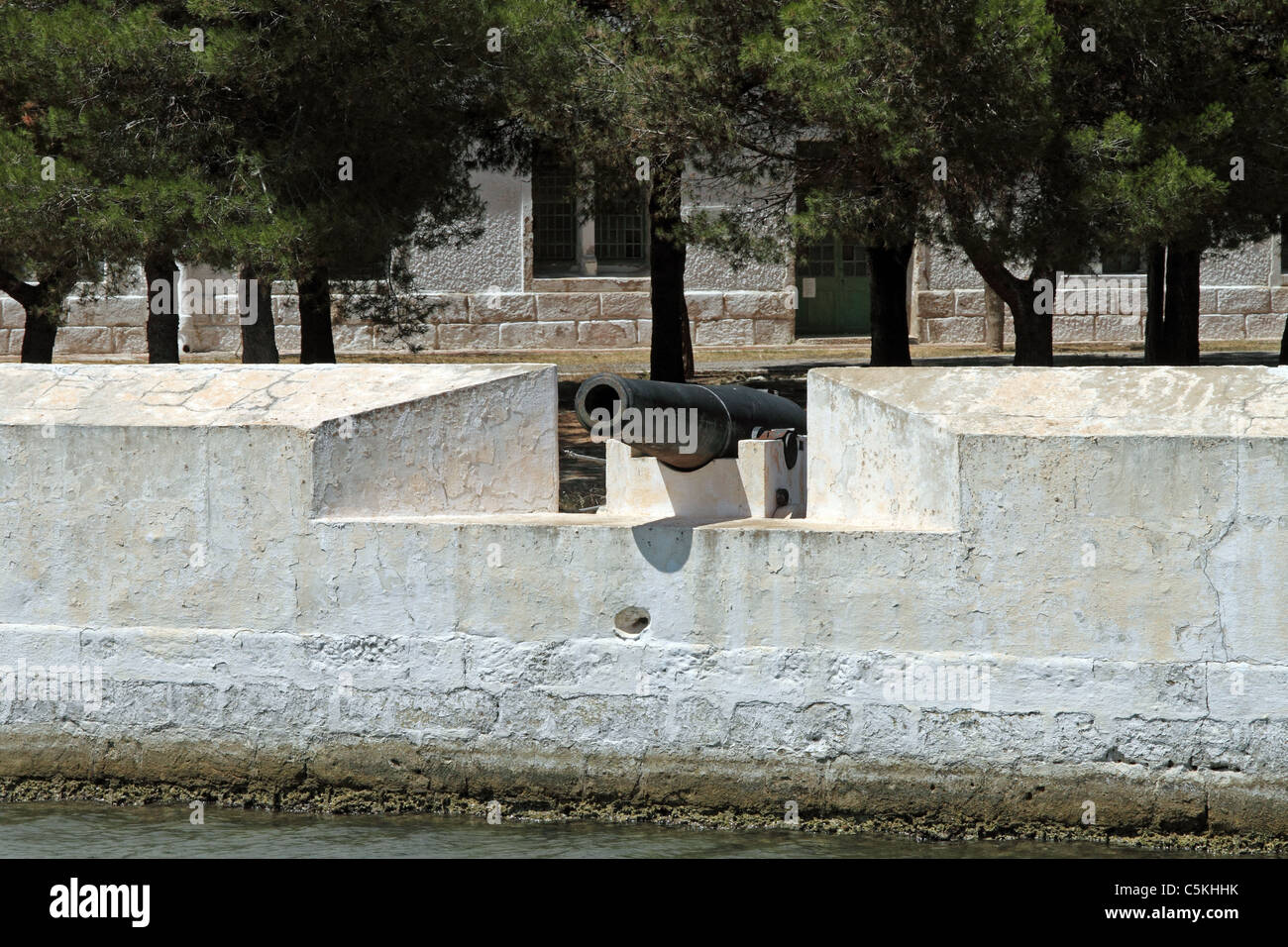 Cannon defences. Naval base, Mahon Harbour, Menorca, Spain. Founded in the 18th century by the British. Stock Photohttps://www.alamy.com/image-license-details/?v=1https://www.alamy.com/stock-photo-cannon-defences-naval-base-mahon-harbour-menorca-spain-founded-in-37924927.html
Cannon defences. Naval base, Mahon Harbour, Menorca, Spain. Founded in the 18th century by the British. Stock Photohttps://www.alamy.com/image-license-details/?v=1https://www.alamy.com/stock-photo-cannon-defences-naval-base-mahon-harbour-menorca-spain-founded-in-37924927.htmlRFC5KHHK–Cannon defences. Naval base, Mahon Harbour, Menorca, Spain. Founded in the 18th century by the British.
 British Royal Navy officers, 18th century Stock Photohttps://www.alamy.com/image-license-details/?v=1https://www.alamy.com/stock-photo-british-royal-navy-officers-18th-century-104003953.html
British Royal Navy officers, 18th century Stock Photohttps://www.alamy.com/image-license-details/?v=1https://www.alamy.com/stock-photo-british-royal-navy-officers-18th-century-104003953.htmlRMG15P2W–British Royal Navy officers, 18th century
 Wall Decorated with Musical and Military Trophies and Three Windows. Artist: Anonymous, British, 18th century. Dimensions: sheet: 18 x 9 1/8 in. (45.7 x 23.2 cm). Date: 18th century. Museum: Metropolitan Museum of Art, New York, USA. Stock Photohttps://www.alamy.com/image-license-details/?v=1https://www.alamy.com/wall-decorated-with-musical-and-military-trophies-and-three-windows-artist-anonymous-british-18th-century-dimensions-sheet-18-x-9-18-in-457-x-232-cm-date-18th-century-museum-metropolitan-museum-of-art-new-york-usa-image213401209.html
Wall Decorated with Musical and Military Trophies and Three Windows. Artist: Anonymous, British, 18th century. Dimensions: sheet: 18 x 9 1/8 in. (45.7 x 23.2 cm). Date: 18th century. Museum: Metropolitan Museum of Art, New York, USA. Stock Photohttps://www.alamy.com/image-license-details/?v=1https://www.alamy.com/wall-decorated-with-musical-and-military-trophies-and-three-windows-artist-anonymous-british-18th-century-dimensions-sheet-18-x-9-18-in-457-x-232-cm-date-18th-century-museum-metropolitan-museum-of-art-new-york-usa-image213401209.htmlRMPB57BN–Wall Decorated with Musical and Military Trophies and Three Windows. Artist: Anonymous, British, 18th century. Dimensions: sheet: 18 x 9 1/8 in. (45.7 x 23.2 cm). Date: 18th century. Museum: Metropolitan Museum of Art, New York, USA.
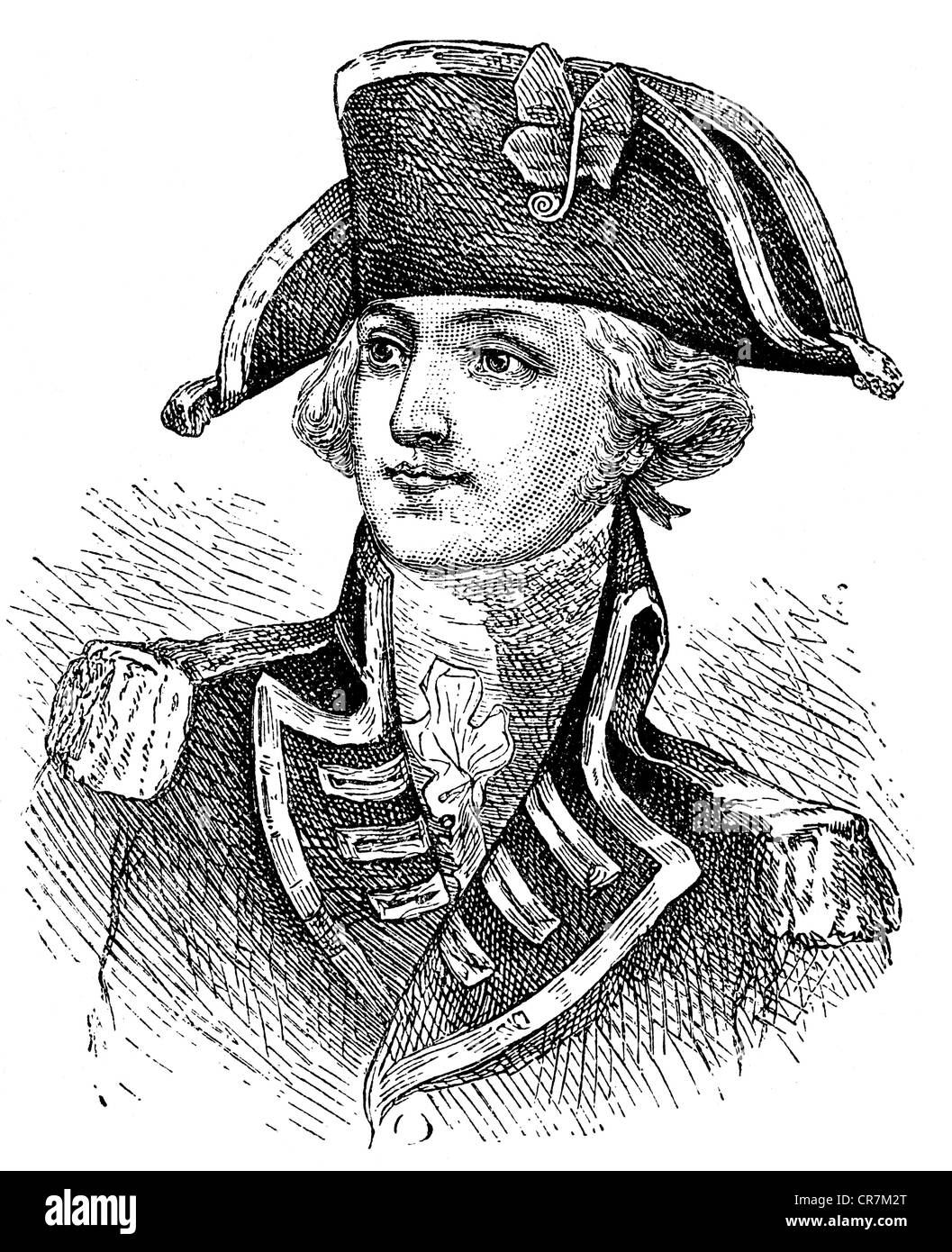 Burgoyne, John, 24.2.1722 - 4.8.1792, British general, portrait, wood engraving, 19th century, Stock Photohttps://www.alamy.com/image-license-details/?v=1https://www.alamy.com/stock-photo-burgoyne-john-2421722-481792-british-general-portrait-wood-engraving-48727248.html
Burgoyne, John, 24.2.1722 - 4.8.1792, British general, portrait, wood engraving, 19th century, Stock Photohttps://www.alamy.com/image-license-details/?v=1https://www.alamy.com/stock-photo-burgoyne-john-2421722-481792-british-general-portrait-wood-engraving-48727248.htmlRMCR7M2T–Burgoyne, John, 24.2.1722 - 4.8.1792, British general, portrait, wood engraving, 19th century,
 John Andre, British soldier, late 18th century. Artist: Cook Stock Photohttps://www.alamy.com/image-license-details/?v=1https://www.alamy.com/john-andre-british-soldier-late-18th-century-artist-cook-image8370055.html
John Andre, British soldier, late 18th century. Artist: Cook Stock Photohttps://www.alamy.com/image-license-details/?v=1https://www.alamy.com/john-andre-british-soldier-late-18th-century-artist-cook-image8370055.htmlRMAJ7GT8–John Andre, British soldier, late 18th century. Artist: Cook
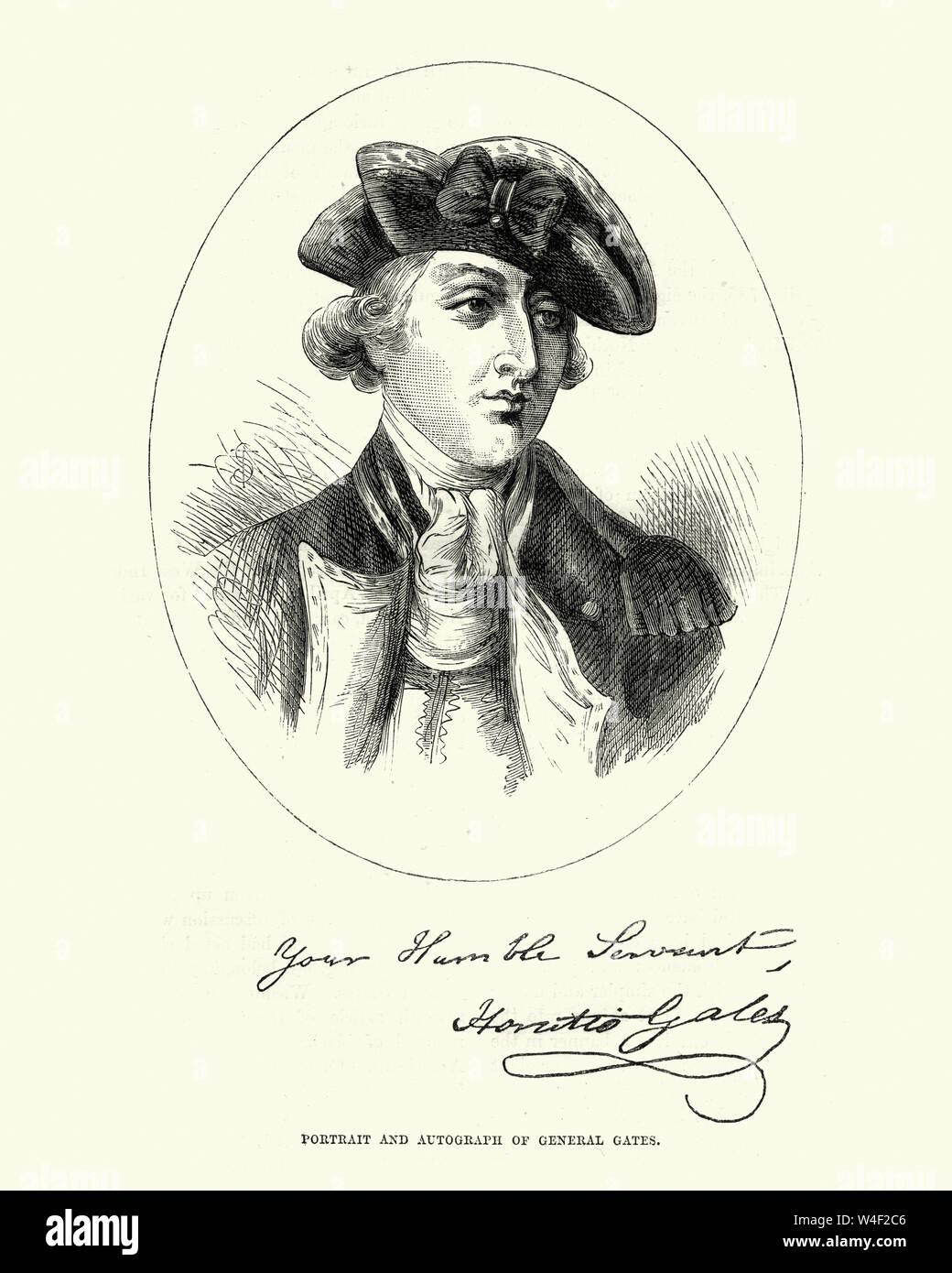 Vintage engraving of Horatio Gates a retired British soldier who served as an American general during the Revolutionary War. Stock Photohttps://www.alamy.com/image-license-details/?v=1https://www.alamy.com/vintage-engraving-of-horatio-gates-a-retired-british-soldier-who-served-as-an-american-general-during-the-revolutionary-war-image260945334.html
Vintage engraving of Horatio Gates a retired British soldier who served as an American general during the Revolutionary War. Stock Photohttps://www.alamy.com/image-license-details/?v=1https://www.alamy.com/vintage-engraving-of-horatio-gates-a-retired-british-soldier-who-served-as-an-american-general-during-the-revolutionary-war-image260945334.htmlRMW4F2C6–Vintage engraving of Horatio Gates a retired British soldier who served as an American general during the Revolutionary War.
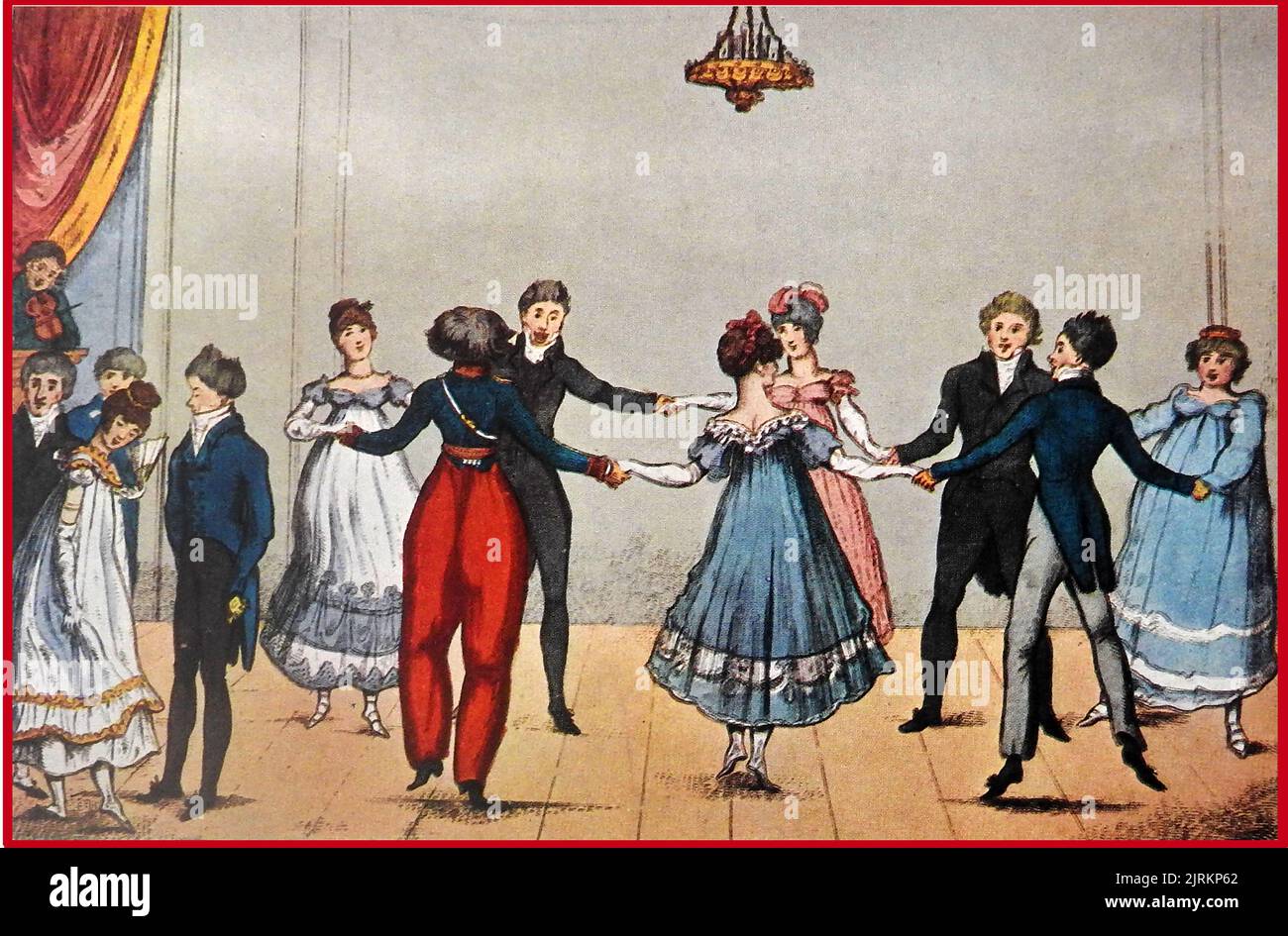 A coloured early 19th century copper engraving of a group dancing a quadrille. .The term quadrille originated in 17th-century military parades where four mounted horsemen formed square formations. As a dance it became popular in the 18th and 19th centuries both in Europe and the European colonies. It became a craze in Britain after Lady Jersey (Sarah Sophia Child Villiers, Countess of Jersey 1785 – 1867) introduced the dance to high society gatherings.(She was born Lady Sarah Fane) Stock Photohttps://www.alamy.com/image-license-details/?v=1https://www.alamy.com/a-coloured-early-19th-century-copper-engraving-of-a-group-dancing-a-quadrille-the-term-quadrille-originated-in-17th-century-military-parades-where-four-mounted-horsemen-formed-square-formations-as-a-dance-it-became-popular-in-the-18th-and-19th-centuries-both-in-europe-and-the-european-colonies-it-became-a-craze-in-britain-after-lady-jersey-sarah-sophia-child-villiers-countess-of-jersey-1785-1867-introduced-the-dance-to-high-society-gatheringsshe-was-born-lady-sarah-fane-image479251530.html
A coloured early 19th century copper engraving of a group dancing a quadrille. .The term quadrille originated in 17th-century military parades where four mounted horsemen formed square formations. As a dance it became popular in the 18th and 19th centuries both in Europe and the European colonies. It became a craze in Britain after Lady Jersey (Sarah Sophia Child Villiers, Countess of Jersey 1785 – 1867) introduced the dance to high society gatherings.(She was born Lady Sarah Fane) Stock Photohttps://www.alamy.com/image-license-details/?v=1https://www.alamy.com/a-coloured-early-19th-century-copper-engraving-of-a-group-dancing-a-quadrille-the-term-quadrille-originated-in-17th-century-military-parades-where-four-mounted-horsemen-formed-square-formations-as-a-dance-it-became-popular-in-the-18th-and-19th-centuries-both-in-europe-and-the-european-colonies-it-became-a-craze-in-britain-after-lady-jersey-sarah-sophia-child-villiers-countess-of-jersey-1785-1867-introduced-the-dance-to-high-society-gatheringsshe-was-born-lady-sarah-fane-image479251530.htmlRM2JRKP62–A coloured early 19th century copper engraving of a group dancing a quadrille. .The term quadrille originated in 17th-century military parades where four mounted horsemen formed square formations. As a dance it became popular in the 18th and 19th centuries both in Europe and the European colonies. It became a craze in Britain after Lady Jersey (Sarah Sophia Child Villiers, Countess of Jersey 1785 – 1867) introduced the dance to high society gatherings.(She was born Lady Sarah Fane)
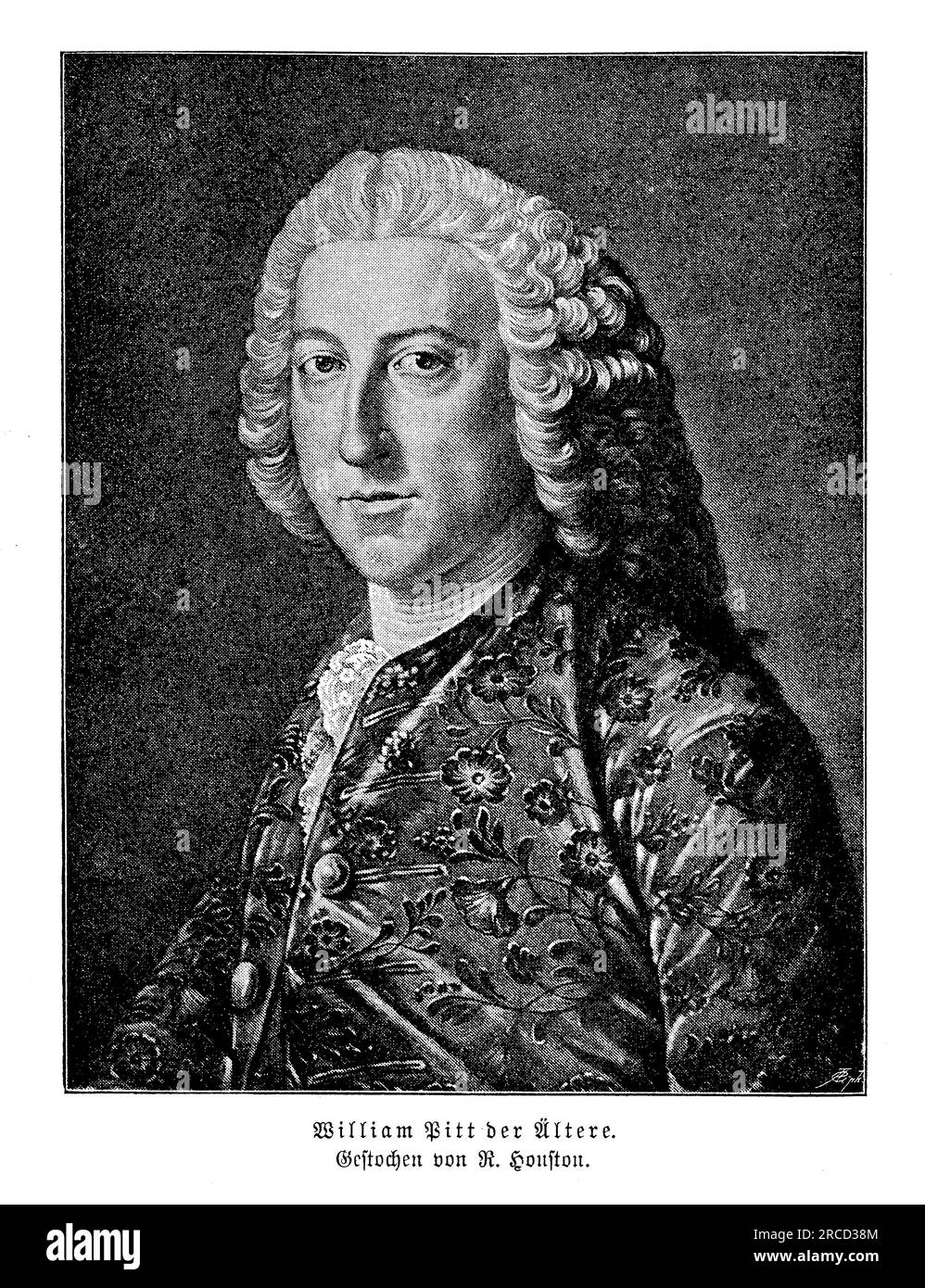 Portrait of William Pitt the Elder prominent British statesman and politician during the 18th century. He was born on November 15, 1708, and served as Prime Minister of Great Britain from 1766 to 1768. Pitt was known for his exceptional oratory skills, powerful leadership, and strong advocacy for British imperial expansion. He played a crucial role in shaping British foreign policy, particularly during the Seven Years' War, where he supported the British military efforts against France. Pitt is also remembered for his domestic policies, such as promoting trade, reducing corruption, and advocat Stock Photohttps://www.alamy.com/image-license-details/?v=1https://www.alamy.com/portrait-of-william-pitt-the-elder-prominent-british-statesman-and-politician-during-the-18th-century-he-was-born-on-november-15-1708-and-served-as-prime-minister-of-great-britain-from-1766-to-1768-pitt-was-known-for-his-exceptional-oratory-skills-powerful-leadership-and-strong-advocacy-for-british-imperial-expansion-he-played-a-crucial-role-in-shaping-british-foreign-policy-particularly-during-the-seven-years-war-where-he-supported-the-british-military-efforts-against-france-pitt-is-also-remembered-for-his-domestic-policies-such-as-promoting-trade-reducing-corruption-and-advocat-image558395620.html
Portrait of William Pitt the Elder prominent British statesman and politician during the 18th century. He was born on November 15, 1708, and served as Prime Minister of Great Britain from 1766 to 1768. Pitt was known for his exceptional oratory skills, powerful leadership, and strong advocacy for British imperial expansion. He played a crucial role in shaping British foreign policy, particularly during the Seven Years' War, where he supported the British military efforts against France. Pitt is also remembered for his domestic policies, such as promoting trade, reducing corruption, and advocat Stock Photohttps://www.alamy.com/image-license-details/?v=1https://www.alamy.com/portrait-of-william-pitt-the-elder-prominent-british-statesman-and-politician-during-the-18th-century-he-was-born-on-november-15-1708-and-served-as-prime-minister-of-great-britain-from-1766-to-1768-pitt-was-known-for-his-exceptional-oratory-skills-powerful-leadership-and-strong-advocacy-for-british-imperial-expansion-he-played-a-crucial-role-in-shaping-british-foreign-policy-particularly-during-the-seven-years-war-where-he-supported-the-british-military-efforts-against-france-pitt-is-also-remembered-for-his-domestic-policies-such-as-promoting-trade-reducing-corruption-and-advocat-image558395620.htmlRM2RCD38M–Portrait of William Pitt the Elder prominent British statesman and politician during the 18th century. He was born on November 15, 1708, and served as Prime Minister of Great Britain from 1766 to 1768. Pitt was known for his exceptional oratory skills, powerful leadership, and strong advocacy for British imperial expansion. He played a crucial role in shaping British foreign policy, particularly during the Seven Years' War, where he supported the British military efforts against France. Pitt is also remembered for his domestic policies, such as promoting trade, reducing corruption, and advocat
 ActiveMuseum 0003753.jpg / John Burgoyne - oil on canvas 22/01/2014 - / 18th century Collection / Active Museum Stock Photohttps://www.alamy.com/image-license-details/?v=1https://www.alamy.com/stock-photo-activemuseum-0003753jpg-john-burgoyne-oil-on-canvas-22012014-18th-79294039.html
ActiveMuseum 0003753.jpg / John Burgoyne - oil on canvas 22/01/2014 - / 18th century Collection / Active Museum Stock Photohttps://www.alamy.com/image-license-details/?v=1https://www.alamy.com/stock-photo-activemuseum-0003753jpg-john-burgoyne-oil-on-canvas-22012014-18th-79294039.htmlRMEH049Y–ActiveMuseum 0003753.jpg / John Burgoyne - oil on canvas 22/01/2014 - / 18th century Collection / Active Museum
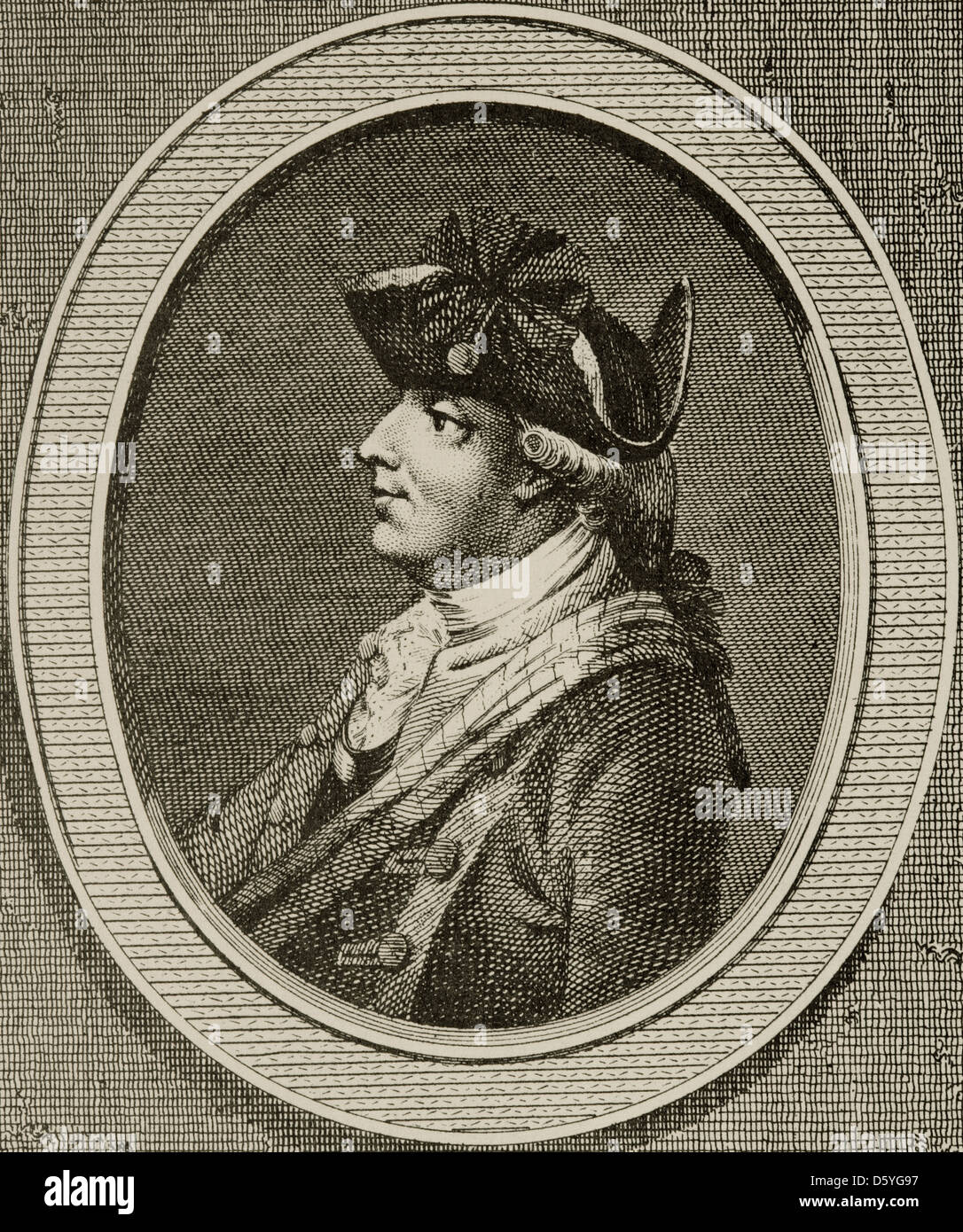 Henry Clinton (1730-1795). British military and politician. Engraving in American Revolution. Stock Photohttps://www.alamy.com/image-license-details/?v=1https://www.alamy.com/stock-photo-henry-clinton-1730-1795-british-military-and-politician-engraving-55309891.html
Henry Clinton (1730-1795). British military and politician. Engraving in American Revolution. Stock Photohttps://www.alamy.com/image-license-details/?v=1https://www.alamy.com/stock-photo-henry-clinton-1730-1795-british-military-and-politician-engraving-55309891.htmlRMD5YG97–Henry Clinton (1730-1795). British military and politician. Engraving in American Revolution.
 18'th century British soldier reenactor demonstrating the loading and firing steps for a musket at Fort Niagara State Park in New York Stock Photohttps://www.alamy.com/image-license-details/?v=1https://www.alamy.com/18th-century-british-soldier-reenactor-demonstrating-the-loading-and-firing-steps-for-a-musket-at-fort-niagara-state-park-in-new-york-image230670447.html
18'th century British soldier reenactor demonstrating the loading and firing steps for a musket at Fort Niagara State Park in New York Stock Photohttps://www.alamy.com/image-license-details/?v=1https://www.alamy.com/18th-century-british-soldier-reenactor-demonstrating-the-loading-and-firing-steps-for-a-musket-at-fort-niagara-state-park-in-new-york-image230670447.htmlRMRB7XE7–18'th century British soldier reenactor demonstrating the loading and firing steps for a musket at Fort Niagara State Park in New York
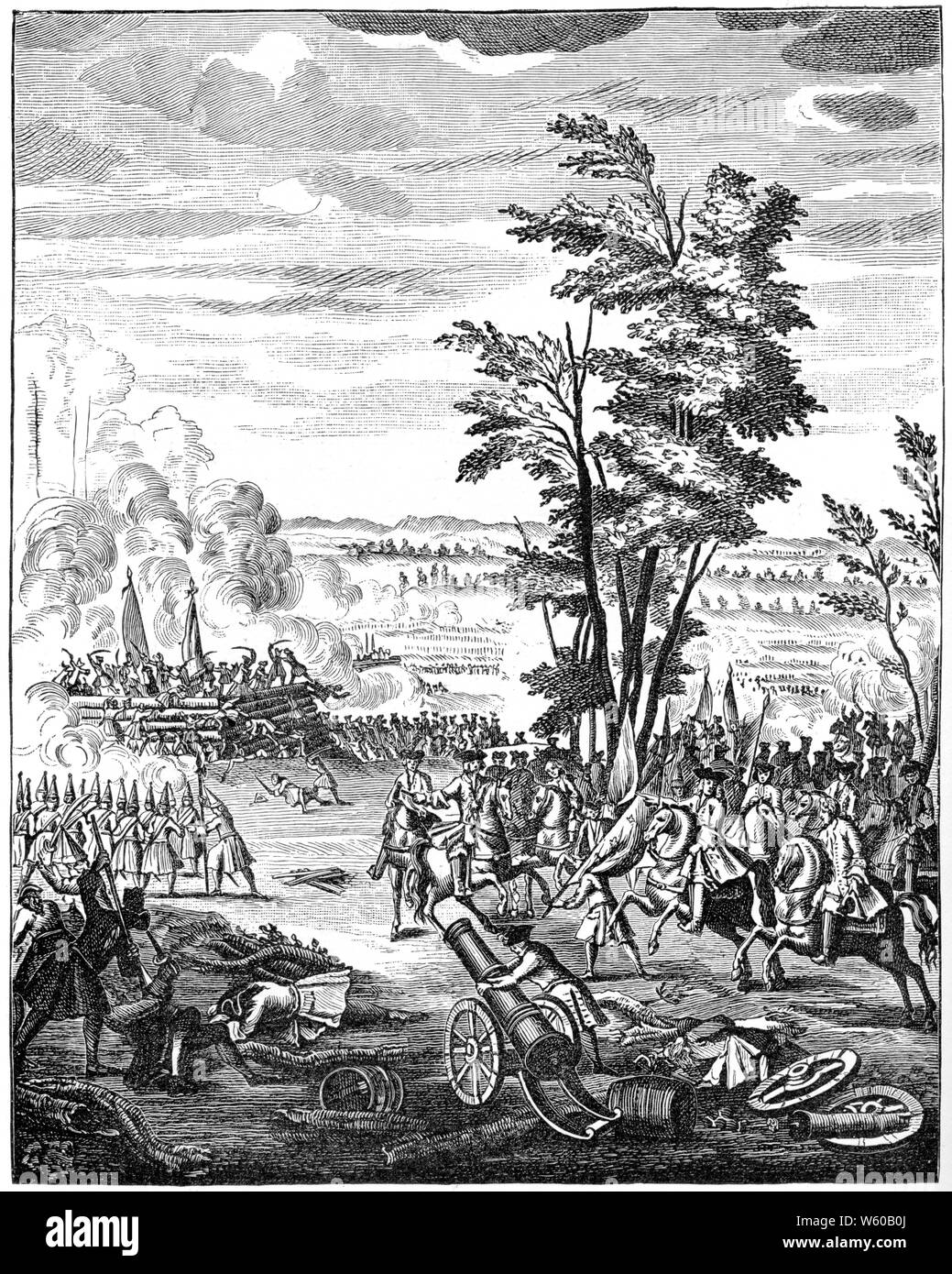 Battle of Malplaquet, 1709. From 'History of Queen Anne', 1740. The Battle of Malplaquet, was fought near the border of France on 11th September 1709 between the forces of Louis XIV of France, commanded by Marshal Villars, and the Dutch-British army, led by the Duke of Marlborough. Stock Photohttps://www.alamy.com/image-license-details/?v=1https://www.alamy.com/battle-of-malplaquet-1709-from-history-of-queen-anne-1740-the-battle-of-malplaquet-was-fought-near-the-border-of-france-on-11th-september-1709-between-the-forces-of-louis-xiv-of-france-commanded-by-marshal-villars-and-the-dutch-british-army-led-by-the-duke-of-marlborough-image261852098.html
Battle of Malplaquet, 1709. From 'History of Queen Anne', 1740. The Battle of Malplaquet, was fought near the border of France on 11th September 1709 between the forces of Louis XIV of France, commanded by Marshal Villars, and the Dutch-British army, led by the Duke of Marlborough. Stock Photohttps://www.alamy.com/image-license-details/?v=1https://www.alamy.com/battle-of-malplaquet-1709-from-history-of-queen-anne-1740-the-battle-of-malplaquet-was-fought-near-the-border-of-france-on-11th-september-1709-between-the-forces-of-louis-xiv-of-france-commanded-by-marshal-villars-and-the-dutch-british-army-led-by-the-duke-of-marlborough-image261852098.htmlRMW60B0J–Battle of Malplaquet, 1709. From 'History of Queen Anne', 1740. The Battle of Malplaquet, was fought near the border of France on 11th September 1709 between the forces of Louis XIV of France, commanded by Marshal Villars, and the Dutch-British army, led by the Duke of Marlborough.
 John Churchill 1st Duke of Marlborough (1650-1722) English soldier. In supreme command of British and Dutch forces during the War of the Spanish Succession (1701-1714). Stock Photohttps://www.alamy.com/image-license-details/?v=1https://www.alamy.com/john-churchill-1st-duke-of-marlborough-1650-1722-english-soldier-in-supreme-command-of-british-and-dutch-forces-during-the-war-of-the-spanish-succession-1701-1714-image225043657.html
John Churchill 1st Duke of Marlborough (1650-1722) English soldier. In supreme command of British and Dutch forces during the War of the Spanish Succession (1701-1714). Stock Photohttps://www.alamy.com/image-license-details/?v=1https://www.alamy.com/john-churchill-1st-duke-of-marlborough-1650-1722-english-soldier-in-supreme-command-of-british-and-dutch-forces-during-the-war-of-the-spanish-succession-1701-1714-image225043657.htmlRMR23HDD–John Churchill 1st Duke of Marlborough (1650-1722) English soldier. In supreme command of British and Dutch forces during the War of the Spanish Succession (1701-1714).
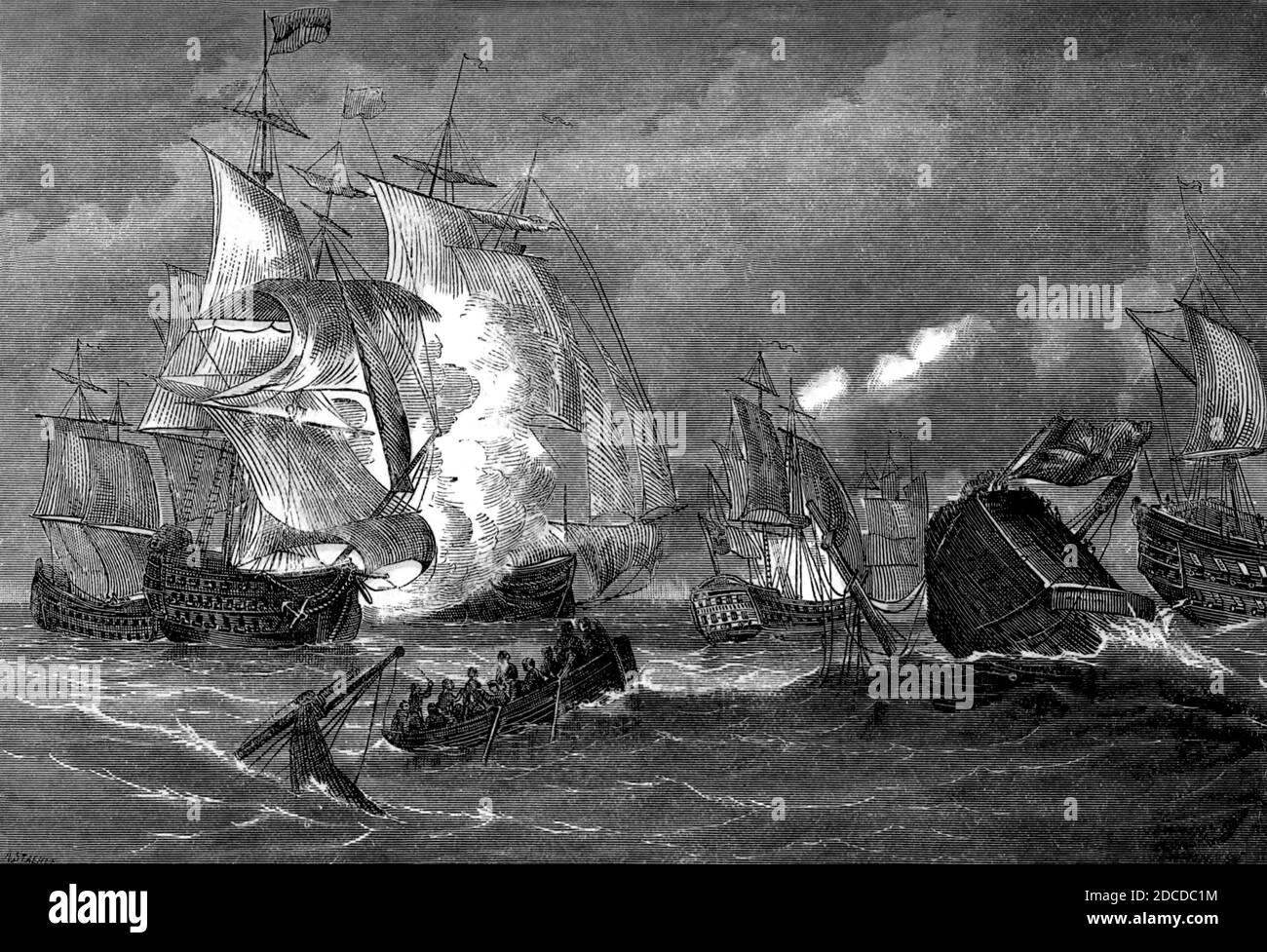 Glorious First of June, 1794 Stock Photohttps://www.alamy.com/image-license-details/?v=1https://www.alamy.com/glorious-first-of-june-1794-image386298800.html
Glorious First of June, 1794 Stock Photohttps://www.alamy.com/image-license-details/?v=1https://www.alamy.com/glorious-first-of-june-1794-image386298800.htmlRF2DCDC1M–Glorious First of June, 1794
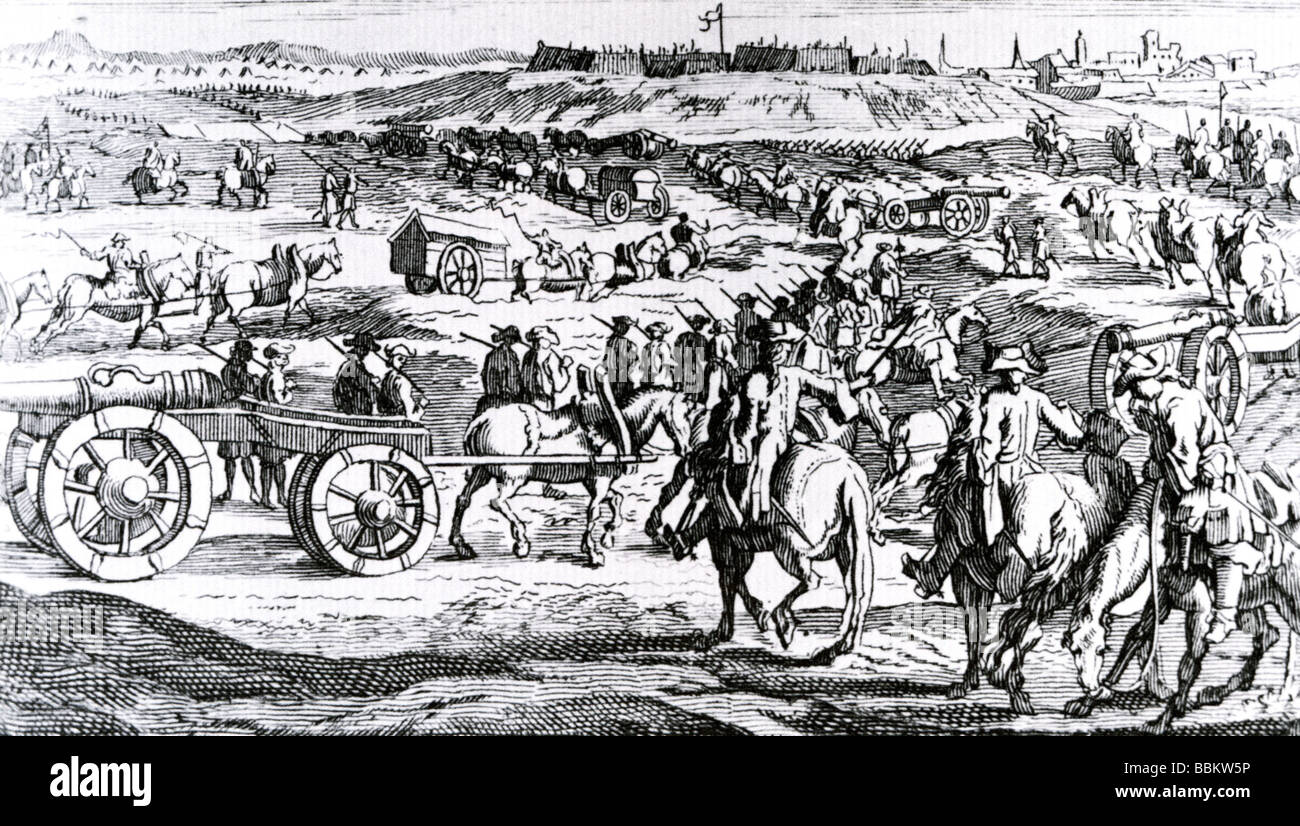 BRITISH ARTILLERY moving up to battle in the early 1700s Stock Photohttps://www.alamy.com/image-license-details/?v=1https://www.alamy.com/stock-photo-british-artillery-moving-up-to-battle-in-the-early-1700s-24408434.html
BRITISH ARTILLERY moving up to battle in the early 1700s Stock Photohttps://www.alamy.com/image-license-details/?v=1https://www.alamy.com/stock-photo-british-artillery-moving-up-to-battle-in-the-early-1700s-24408434.htmlRMBBKW5P–BRITISH ARTILLERY moving up to battle in the early 1700s
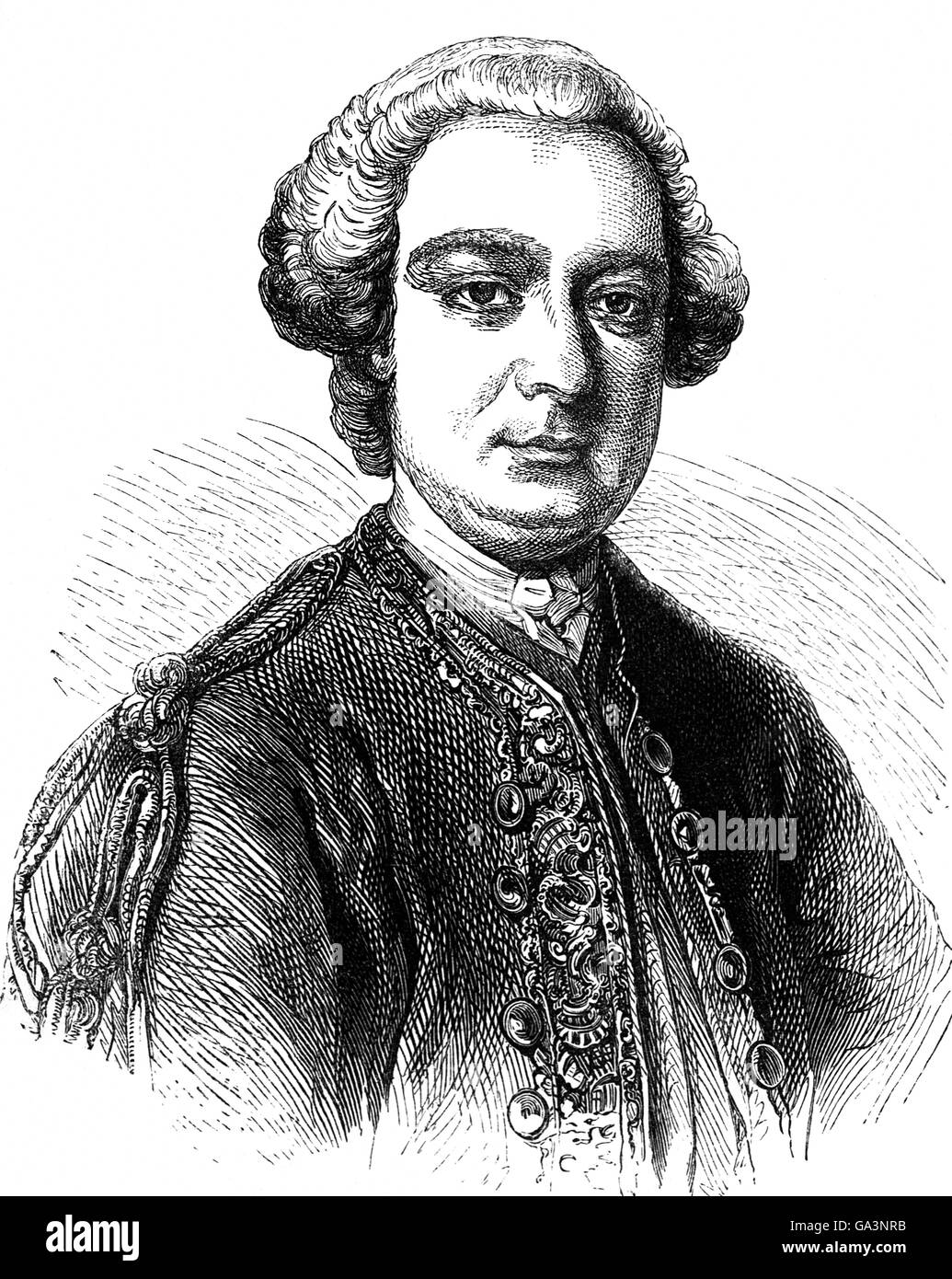 Major General James Wolfe (1727 – 1759) was a British Army officer, known for his army training reforms, but remembered chiefly for his victory over the French at the Battle of the Plains of Abraham in Canada in 1759. Stock Photohttps://www.alamy.com/image-license-details/?v=1https://www.alamy.com/stock-photo-major-general-james-wolfe-1727-1759-was-a-british-army-officer-known-109491743.html
Major General James Wolfe (1727 – 1759) was a British Army officer, known for his army training reforms, but remembered chiefly for his victory over the French at the Battle of the Plains of Abraham in Canada in 1759. Stock Photohttps://www.alamy.com/image-license-details/?v=1https://www.alamy.com/stock-photo-major-general-james-wolfe-1727-1759-was-a-british-army-officer-known-109491743.htmlRMGA3NRB–Major General James Wolfe (1727 – 1759) was a British Army officer, known for his army training reforms, but remembered chiefly for his victory over the French at the Battle of the Plains of Abraham in Canada in 1759.
 'The Soldier's Return', c18th century (1909). Artist: Graham. Stock Photohttps://www.alamy.com/image-license-details/?v=1https://www.alamy.com/stock-photo-the-soldiers-return-c18th-century-1909-artist-graham-135251373.html
'The Soldier's Return', c18th century (1909). Artist: Graham. Stock Photohttps://www.alamy.com/image-license-details/?v=1https://www.alamy.com/stock-photo-the-soldiers-return-c18th-century-1909-artist-graham-135251373.htmlRMHT16E5–'The Soldier's Return', c18th century (1909). Artist: Graham.
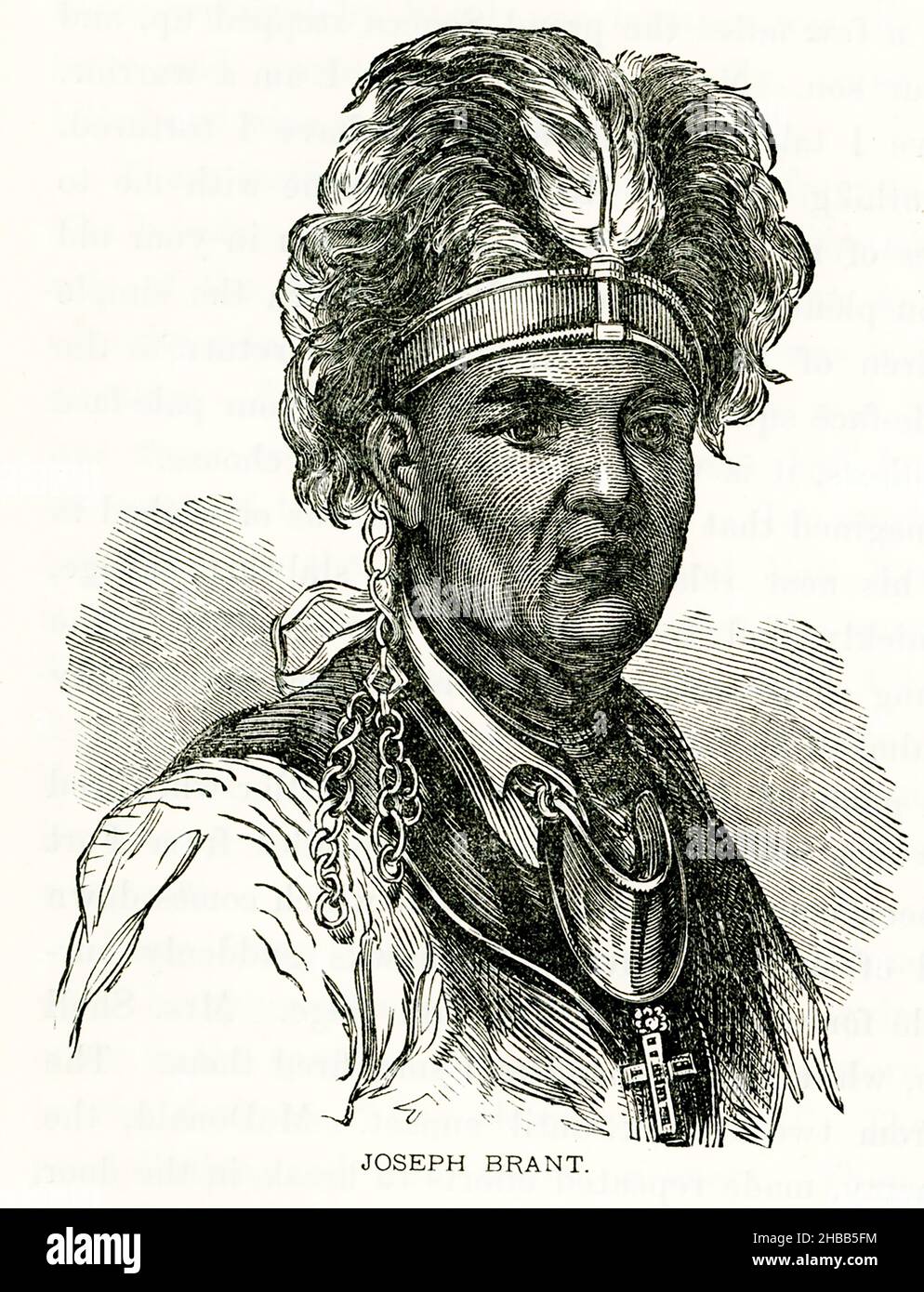 Thayendanegea or Joseph Brant was a Mohawk military and political leader, based in present-day New York, who was closely associated with Great Britain during and after the American Revolution. In 1775, after the battles at Lexington and Concord, the Six Nations met to discuss their role in the burgeoning War for independence. While many advocated for neutrality, almost prophetically, Brant predicted that independence for the colonists meant that the natives across the North American continent would lose their land. Brant’s argument, along with Sir William Johnson’s influence, succeeded in conv Stock Photohttps://www.alamy.com/image-license-details/?v=1https://www.alamy.com/thayendanegea-or-joseph-brant-was-a-mohawk-military-and-political-leader-based-in-present-day-new-york-who-was-closely-associated-with-great-britain-during-and-after-the-american-revolution-in-1775-after-the-battles-at-lexington-and-concord-the-six-nations-met-to-discuss-their-role-in-the-burgeoning-war-for-independence-while-many-advocated-for-neutrality-almost-prophetically-brant-predicted-that-independence-for-the-colonists-meant-that-the-natives-across-the-north-american-continent-would-lose-their-land-brants-argument-along-with-sir-william-johnsons-influence-succeeded-in-conv-image454476616.html
Thayendanegea or Joseph Brant was a Mohawk military and political leader, based in present-day New York, who was closely associated with Great Britain during and after the American Revolution. In 1775, after the battles at Lexington and Concord, the Six Nations met to discuss their role in the burgeoning War for independence. While many advocated for neutrality, almost prophetically, Brant predicted that independence for the colonists meant that the natives across the North American continent would lose their land. Brant’s argument, along with Sir William Johnson’s influence, succeeded in conv Stock Photohttps://www.alamy.com/image-license-details/?v=1https://www.alamy.com/thayendanegea-or-joseph-brant-was-a-mohawk-military-and-political-leader-based-in-present-day-new-york-who-was-closely-associated-with-great-britain-during-and-after-the-american-revolution-in-1775-after-the-battles-at-lexington-and-concord-the-six-nations-met-to-discuss-their-role-in-the-burgeoning-war-for-independence-while-many-advocated-for-neutrality-almost-prophetically-brant-predicted-that-independence-for-the-colonists-meant-that-the-natives-across-the-north-american-continent-would-lose-their-land-brants-argument-along-with-sir-william-johnsons-influence-succeeded-in-conv-image454476616.htmlRF2HBB5FM–Thayendanegea or Joseph Brant was a Mohawk military and political leader, based in present-day New York, who was closely associated with Great Britain during and after the American Revolution. In 1775, after the battles at Lexington and Concord, the Six Nations met to discuss their role in the burgeoning War for independence. While many advocated for neutrality, almost prophetically, Brant predicted that independence for the colonists meant that the natives across the North American continent would lose their land. Brant’s argument, along with Sir William Johnson’s influence, succeeded in conv
 Battle of Cape St Vincent, 1797 Stock Photohttps://www.alamy.com/image-license-details/?v=1https://www.alamy.com/stock-image-battle-of-cape-st-vincent-1797-164411983.html
Battle of Cape St Vincent, 1797 Stock Photohttps://www.alamy.com/image-license-details/?v=1https://www.alamy.com/stock-image-battle-of-cape-st-vincent-1797-164411983.htmlRMKFDH4F–Battle of Cape St Vincent, 1797
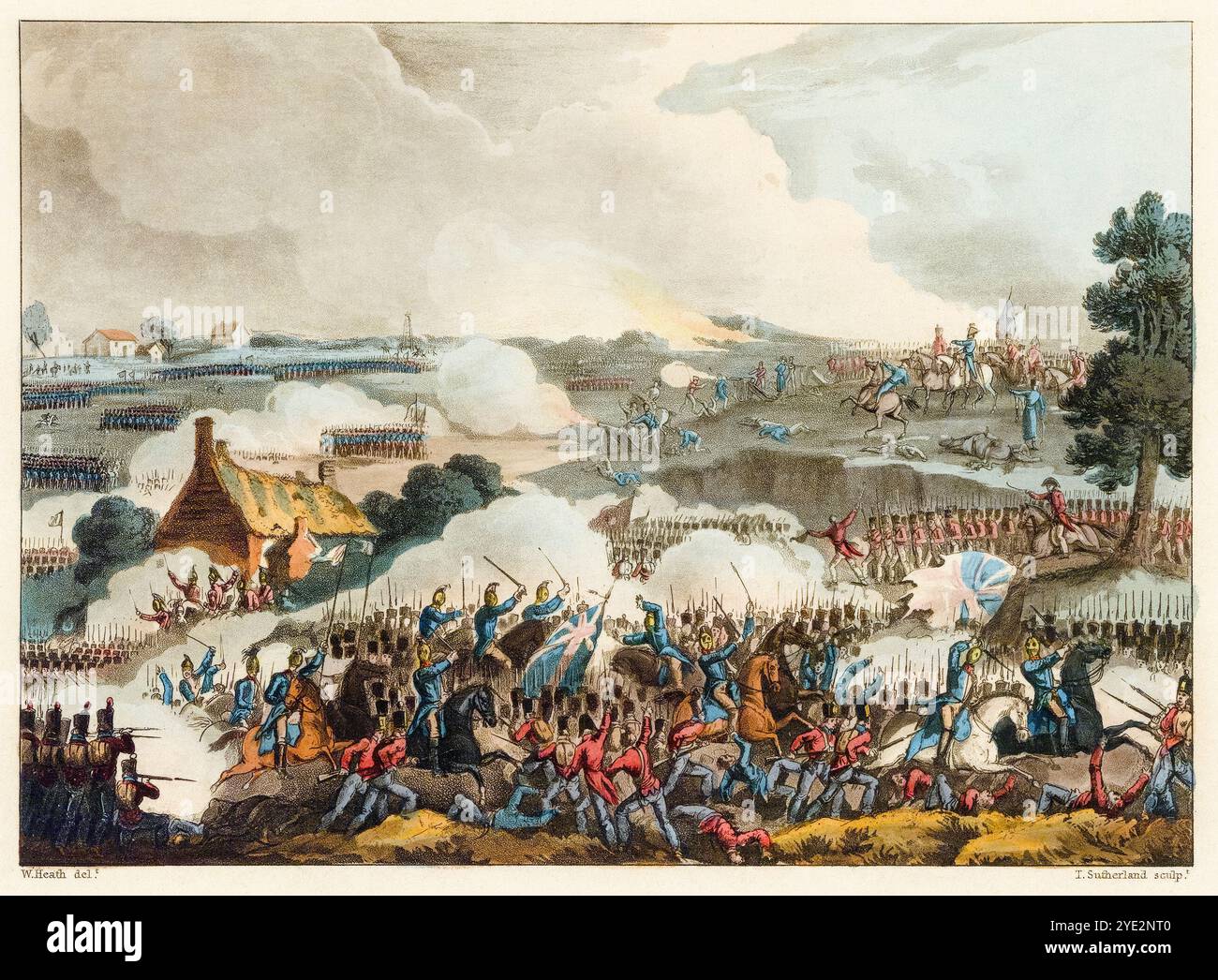 The Centre of the British Army in action at the Battle of Waterloo, June 18th 1815, aquatint print engraving by Thomas Sutherland after William Heath, 1815 Stock Photohttps://www.alamy.com/image-license-details/?v=1https://www.alamy.com/the-centre-of-the-british-army-in-action-at-the-battle-of-waterloo-june-18th-1815-aquatint-print-engraving-by-thomas-sutherland-after-william-heath-1815-image628239472.html
The Centre of the British Army in action at the Battle of Waterloo, June 18th 1815, aquatint print engraving by Thomas Sutherland after William Heath, 1815 Stock Photohttps://www.alamy.com/image-license-details/?v=1https://www.alamy.com/the-centre-of-the-british-army-in-action-at-the-battle-of-waterloo-june-18th-1815-aquatint-print-engraving-by-thomas-sutherland-after-william-heath-1815-image628239472.htmlRM2YE2NT0–The Centre of the British Army in action at the Battle of Waterloo, June 18th 1815, aquatint print engraving by Thomas Sutherland after William Heath, 1815
 British military uniforms, 1762 Stock Photohttps://www.alamy.com/image-license-details/?v=1https://www.alamy.com/british-military-uniforms-1762-image397855010.html
British military uniforms, 1762 Stock Photohttps://www.alamy.com/image-license-details/?v=1https://www.alamy.com/british-military-uniforms-1762-image397855010.htmlRM2E37T3E–British military uniforms, 1762
 Archirondel tower, an 18th century Martello Tower on a rocky outcrop in St Catherine's Bay. Stock Photohttps://www.alamy.com/image-license-details/?v=1https://www.alamy.com/stock-photo-archirondel-tower-an-18th-century-martello-tower-on-a-rocky-outcrop-43743413.html
Archirondel tower, an 18th century Martello Tower on a rocky outcrop in St Catherine's Bay. Stock Photohttps://www.alamy.com/image-license-details/?v=1https://www.alamy.com/stock-photo-archirondel-tower-an-18th-century-martello-tower-on-a-rocky-outcrop-43743413.htmlRMCF4K4N–Archirondel tower, an 18th century Martello Tower on a rocky outcrop in St Catherine's Bay.
 Nelson, Horatio, 29.9.1758 - 21.10.1805, British admiral, portrait, wood engraving, 19th century, , Stock Photohttps://www.alamy.com/image-license-details/?v=1https://www.alamy.com/stock-photo-nelson-horatio-2991758-21101805-british-admiral-portrait-wood-engraving-29121181.html
Nelson, Horatio, 29.9.1758 - 21.10.1805, British admiral, portrait, wood engraving, 19th century, , Stock Photohttps://www.alamy.com/image-license-details/?v=1https://www.alamy.com/stock-photo-nelson-horatio-2991758-21101805-british-admiral-portrait-wood-engraving-29121181.htmlRMBKAGA5–Nelson, Horatio, 29.9.1758 - 21.10.1805, British admiral, portrait, wood engraving, 19th century, ,
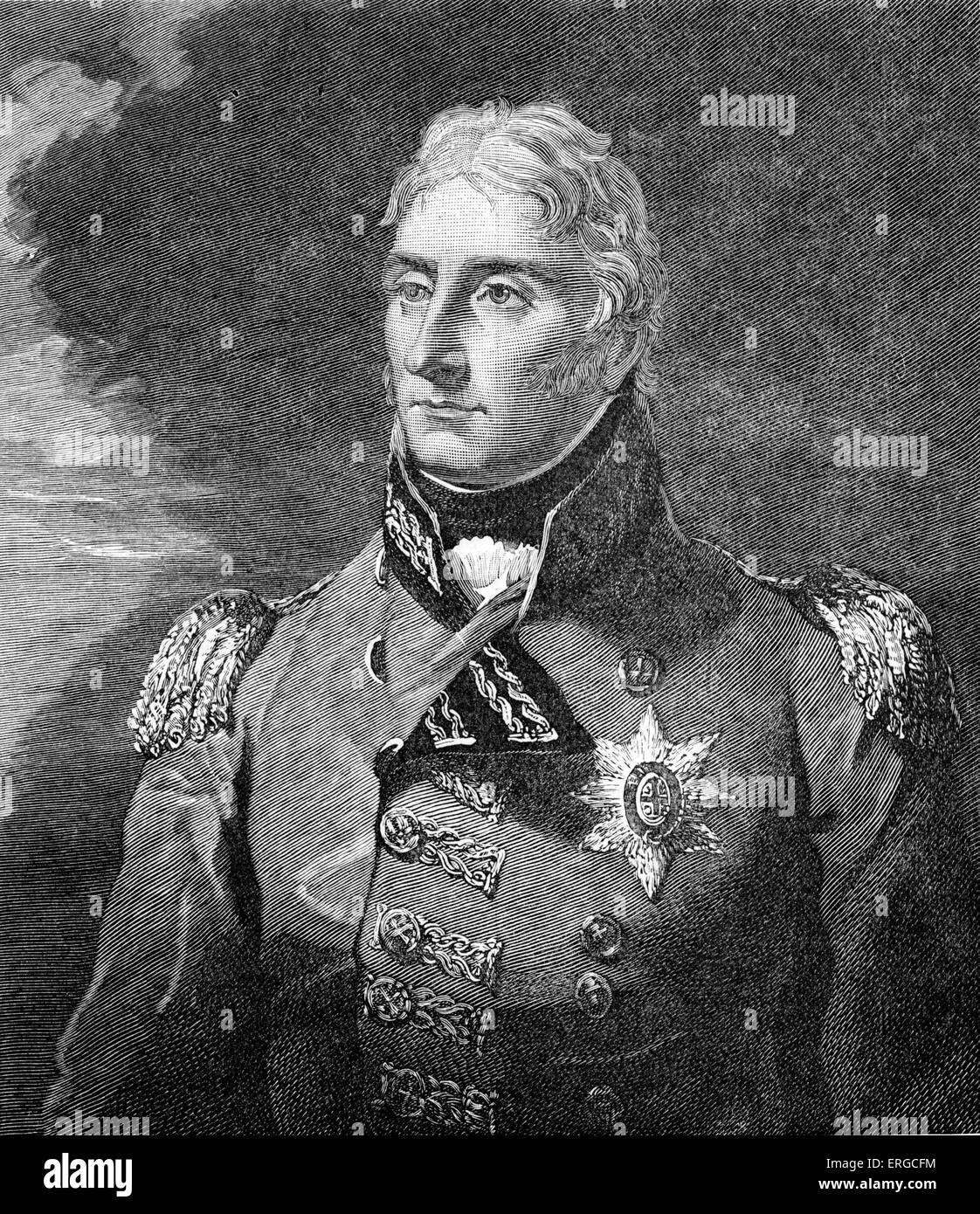 Sir John Moore - portrait. British lieutenant-general in the British Army, noted for his reforms to military training and for Stock Photohttps://www.alamy.com/image-license-details/?v=1https://www.alamy.com/stock-photo-sir-john-moore-portrait-british-lieutenant-general-in-the-british-83339640.html
Sir John Moore - portrait. British lieutenant-general in the British Army, noted for his reforms to military training and for Stock Photohttps://www.alamy.com/image-license-details/?v=1https://www.alamy.com/stock-photo-sir-john-moore-portrait-british-lieutenant-general-in-the-british-83339640.htmlRMERGCFM–Sir John Moore - portrait. British lieutenant-general in the British Army, noted for his reforms to military training and for
 Vintage engraving of John Andre (2 May 1750 – 2 October 1780) was a British Army officer hanged as a spy by the Continental Army during the American R Stock Photohttps://www.alamy.com/image-license-details/?v=1https://www.alamy.com/vintage-engraving-of-john-andre-2-may-1750-2-october-1780-was-a-british-army-officer-hanged-as-a-spy-by-the-continental-army-during-the-american-r-image260945286.html
Vintage engraving of John Andre (2 May 1750 – 2 October 1780) was a British Army officer hanged as a spy by the Continental Army during the American R Stock Photohttps://www.alamy.com/image-license-details/?v=1https://www.alamy.com/vintage-engraving-of-john-andre-2-may-1750-2-october-1780-was-a-british-army-officer-hanged-as-a-spy-by-the-continental-army-during-the-american-r-image260945286.htmlRMW4F2AE–Vintage engraving of John Andre (2 May 1750 – 2 October 1780) was a British Army officer hanged as a spy by the Continental Army during the American R
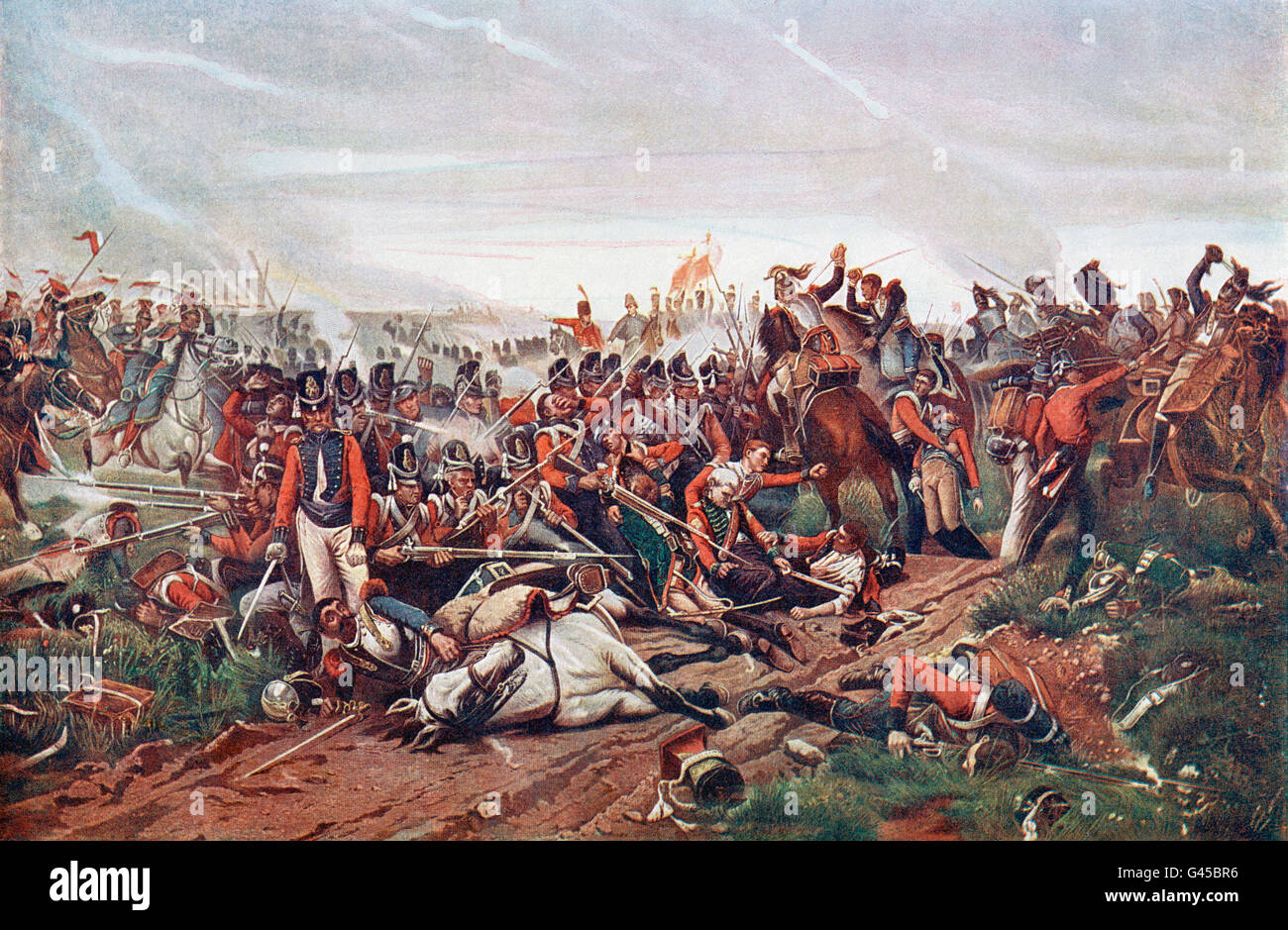 The Battle of Waterloo, Belgium, 18 June 1815. French Cuirassiers charging a British square. After the painting by Jazet. From The Century Edition of Cassell's History of England, published c. 1900 Stock Photohttps://www.alamy.com/image-license-details/?v=1https://www.alamy.com/stock-photo-the-battle-of-waterloo-belgium-18-june-1815-french-cuirassiers-charging-105839866.html
The Battle of Waterloo, Belgium, 18 June 1815. French Cuirassiers charging a British square. After the painting by Jazet. From The Century Edition of Cassell's History of England, published c. 1900 Stock Photohttps://www.alamy.com/image-license-details/?v=1https://www.alamy.com/stock-photo-the-battle-of-waterloo-belgium-18-june-1815-french-cuirassiers-charging-105839866.htmlRMG45BR6–The Battle of Waterloo, Belgium, 18 June 1815. French Cuirassiers charging a British square. After the painting by Jazet. From The Century Edition of Cassell's History of England, published c. 1900
 New York City fire of September 21-22, 1776, consumed 25% of the city's structures, was probably set by patriots after Stock Photohttps://www.alamy.com/image-license-details/?v=1https://www.alamy.com/stock-photo-new-york-city-fire-of-september-21-22-1776-consumed-25-of-the-citys-50045927.html
New York City fire of September 21-22, 1776, consumed 25% of the city's structures, was probably set by patriots after Stock Photohttps://www.alamy.com/image-license-details/?v=1https://www.alamy.com/stock-photo-new-york-city-fire-of-september-21-22-1776-consumed-25-of-the-citys-50045927.htmlRMCWBP2F–New York City fire of September 21-22, 1776, consumed 25% of the city's structures, was probably set by patriots after
 The Closet. Artist: Anonymous, British, 18th century. Dimensions: sheet: 9 1/16 x 14 11/16 in. (23 x 37.3 cm). Publisher: John Williams (active London, 1762-79). Date: January 28, 1778. Six scenes that comment on the American Revolution appear here in different compartments. The imagery suggestes that tyranny, military failures and atrocities have resulted from the influence of John Stuart, the Earl of Bute, Lord Mansfield and Lord Germain on George III. Museum: Metropolitan Museum of Art, New York, USA. Stock Photohttps://www.alamy.com/image-license-details/?v=1https://www.alamy.com/the-closet-artist-anonymous-british-18th-century-dimensions-sheet-9-116-x-14-1116-in-23-x-373-cm-publisher-john-williams-active-london-1762-79-date-january-28-1778-six-scenes-that-comment-on-the-american-revolution-appear-here-in-different-compartments-the-imagery-suggestes-that-tyranny-military-failures-and-atrocities-have-resulted-from-the-influence-of-john-stuart-the-earl-of-bute-lord-mansfield-and-lord-germain-on-george-iii-museum-metropolitan-museum-of-art-new-york-usa-image213146952.html
The Closet. Artist: Anonymous, British, 18th century. Dimensions: sheet: 9 1/16 x 14 11/16 in. (23 x 37.3 cm). Publisher: John Williams (active London, 1762-79). Date: January 28, 1778. Six scenes that comment on the American Revolution appear here in different compartments. The imagery suggestes that tyranny, military failures and atrocities have resulted from the influence of John Stuart, the Earl of Bute, Lord Mansfield and Lord Germain on George III. Museum: Metropolitan Museum of Art, New York, USA. Stock Photohttps://www.alamy.com/image-license-details/?v=1https://www.alamy.com/the-closet-artist-anonymous-british-18th-century-dimensions-sheet-9-116-x-14-1116-in-23-x-373-cm-publisher-john-williams-active-london-1762-79-date-january-28-1778-six-scenes-that-comment-on-the-american-revolution-appear-here-in-different-compartments-the-imagery-suggestes-that-tyranny-military-failures-and-atrocities-have-resulted-from-the-influence-of-john-stuart-the-earl-of-bute-lord-mansfield-and-lord-germain-on-george-iii-museum-metropolitan-museum-of-art-new-york-usa-image213146952.htmlRMPANK34–The Closet. Artist: Anonymous, British, 18th century. Dimensions: sheet: 9 1/16 x 14 11/16 in. (23 x 37.3 cm). Publisher: John Williams (active London, 1762-79). Date: January 28, 1778. Six scenes that comment on the American Revolution appear here in different compartments. The imagery suggestes that tyranny, military failures and atrocities have resulted from the influence of John Stuart, the Earl of Bute, Lord Mansfield and Lord Germain on George III. Museum: Metropolitan Museum of Art, New York, USA.
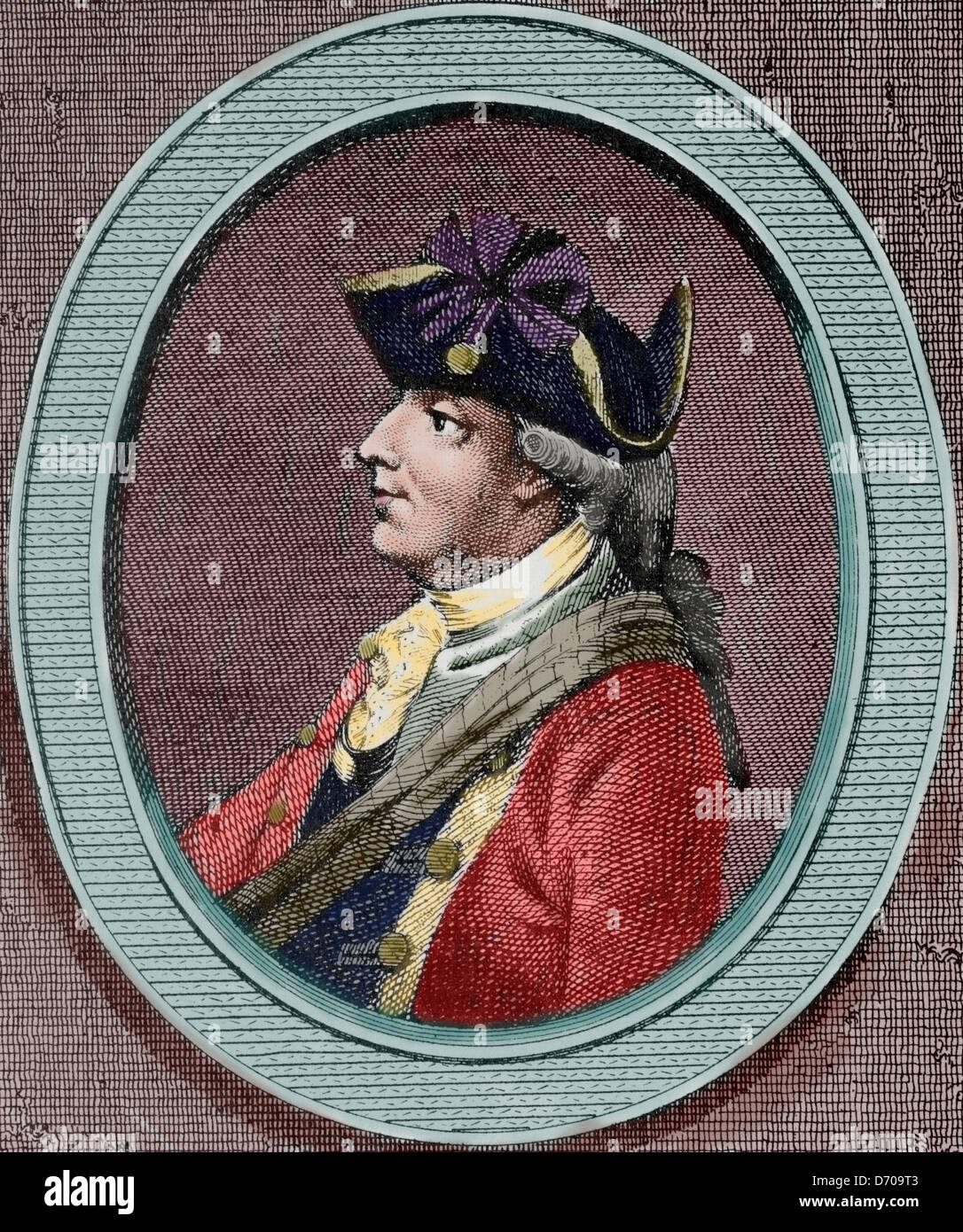 Henry Clinton (1730-1795). British military and politician. Engraving in American Revolution. Colored. Stock Photohttps://www.alamy.com/image-license-details/?v=1https://www.alamy.com/stock-photo-henry-clinton-1730-1795-british-military-and-politician-engraving-55941427.html
Henry Clinton (1730-1795). British military and politician. Engraving in American Revolution. Colored. Stock Photohttps://www.alamy.com/image-license-details/?v=1https://www.alamy.com/stock-photo-henry-clinton-1730-1795-british-military-and-politician-engraving-55941427.htmlRMD709T3–Henry Clinton (1730-1795). British military and politician. Engraving in American Revolution. Colored.
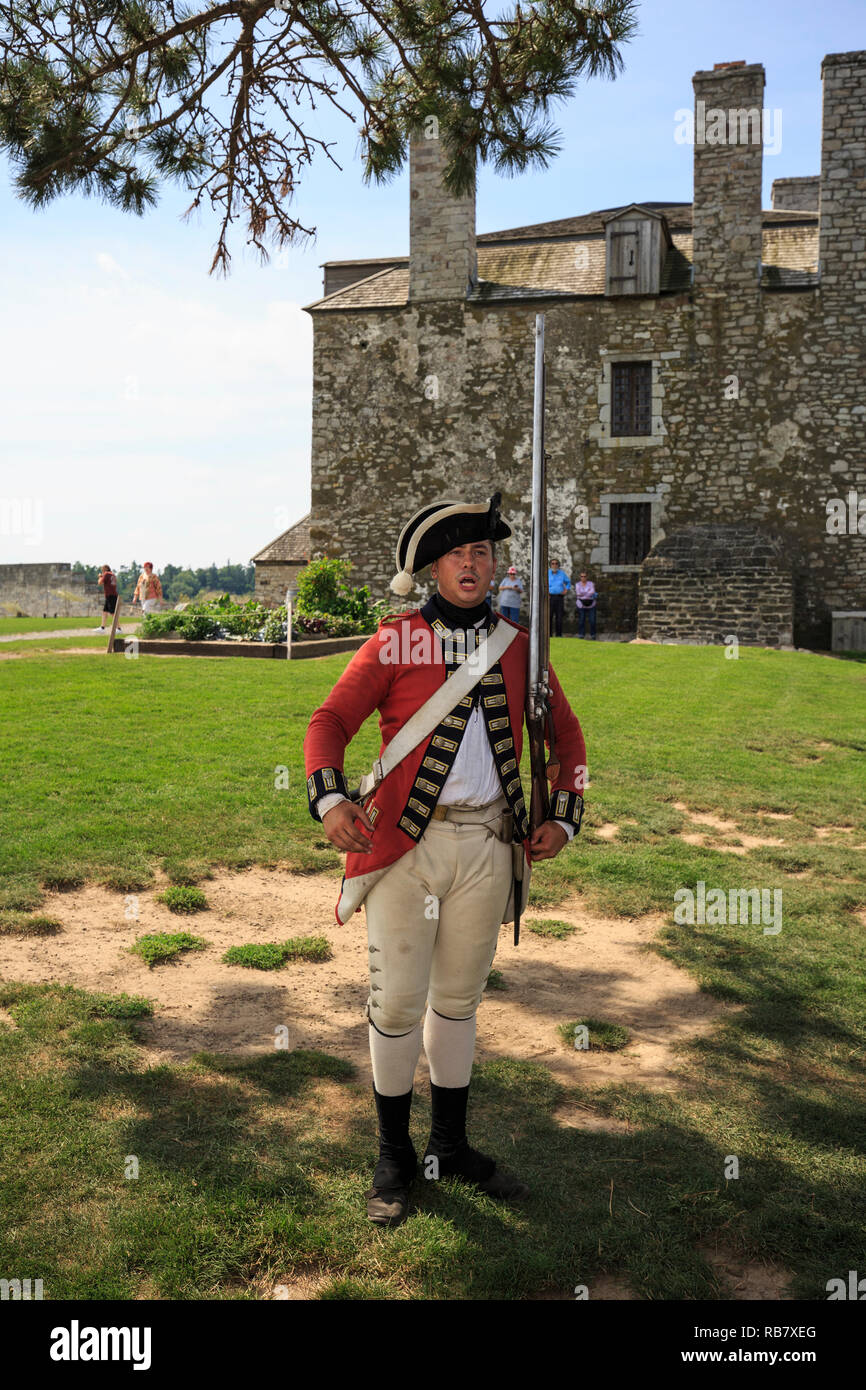 18'th century British soldier reenactor demonstrating the loading and firing steps for a musket at Fort Niagara State Park in New York Stock Photohttps://www.alamy.com/image-license-details/?v=1https://www.alamy.com/18th-century-british-soldier-reenactor-demonstrating-the-loading-and-firing-steps-for-a-musket-at-fort-niagara-state-park-in-new-york-image230670456.html
18'th century British soldier reenactor demonstrating the loading and firing steps for a musket at Fort Niagara State Park in New York Stock Photohttps://www.alamy.com/image-license-details/?v=1https://www.alamy.com/18th-century-british-soldier-reenactor-demonstrating-the-loading-and-firing-steps-for-a-musket-at-fort-niagara-state-park-in-new-york-image230670456.htmlRMRB7XEG–18'th century British soldier reenactor demonstrating the loading and firing steps for a musket at Fort Niagara State Park in New York
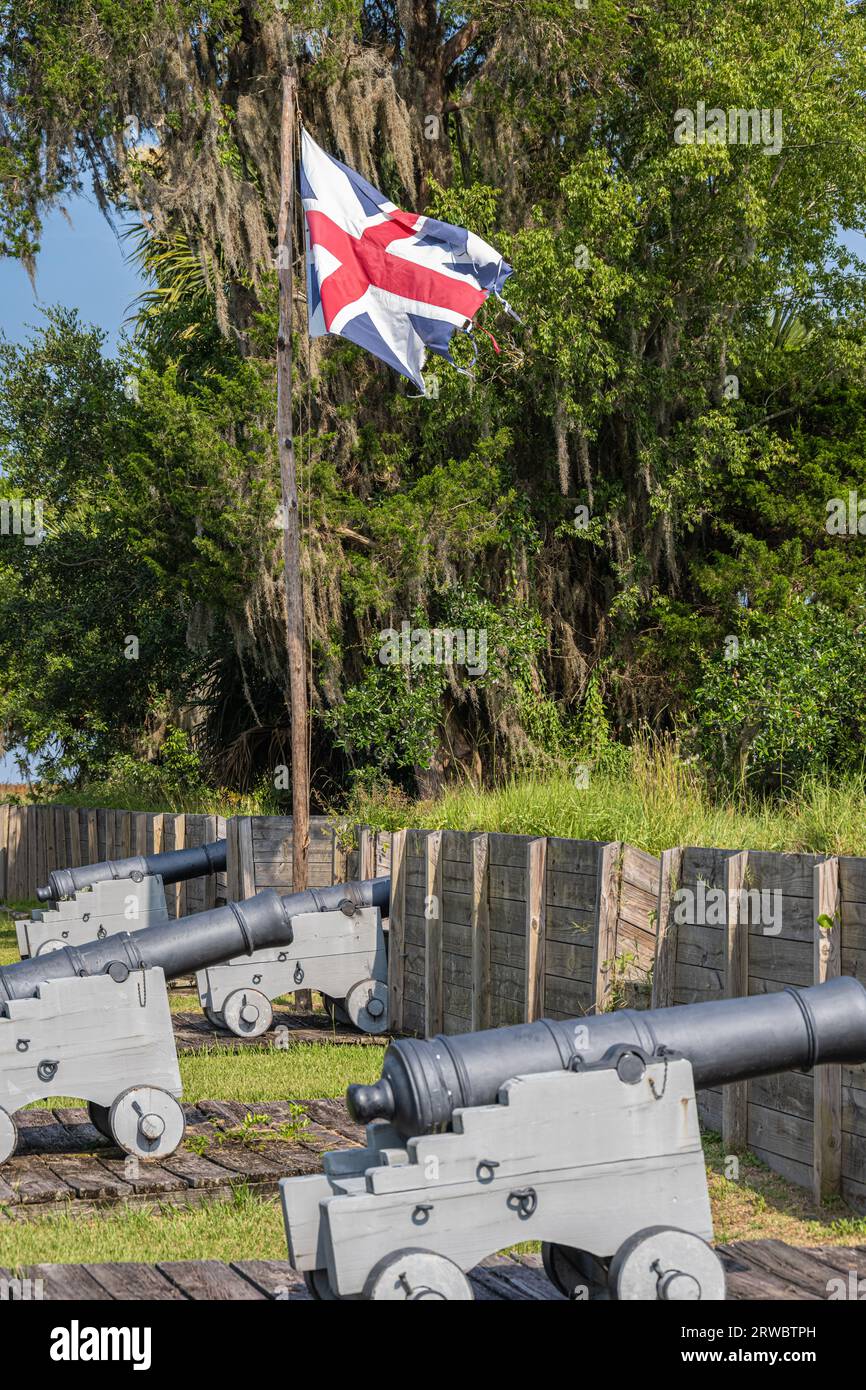 Tattered British flag waving above cannons at the reconstructed 18th century Fort King George on the Altamaha River in Darien, Georgia. (USA) Stock Photohttps://www.alamy.com/image-license-details/?v=1https://www.alamy.com/tattered-british-flag-waving-above-cannons-at-the-reconstructed-18th-century-fort-king-george-on-the-altamaha-river-in-darien-georgia-usa-image566359097.html
Tattered British flag waving above cannons at the reconstructed 18th century Fort King George on the Altamaha River in Darien, Georgia. (USA) Stock Photohttps://www.alamy.com/image-license-details/?v=1https://www.alamy.com/tattered-british-flag-waving-above-cannons-at-the-reconstructed-18th-century-fort-king-george-on-the-altamaha-river-in-darien-georgia-usa-image566359097.htmlRM2RWBTPH–Tattered British flag waving above cannons at the reconstructed 18th century Fort King George on the Altamaha River in Darien, Georgia. (USA)